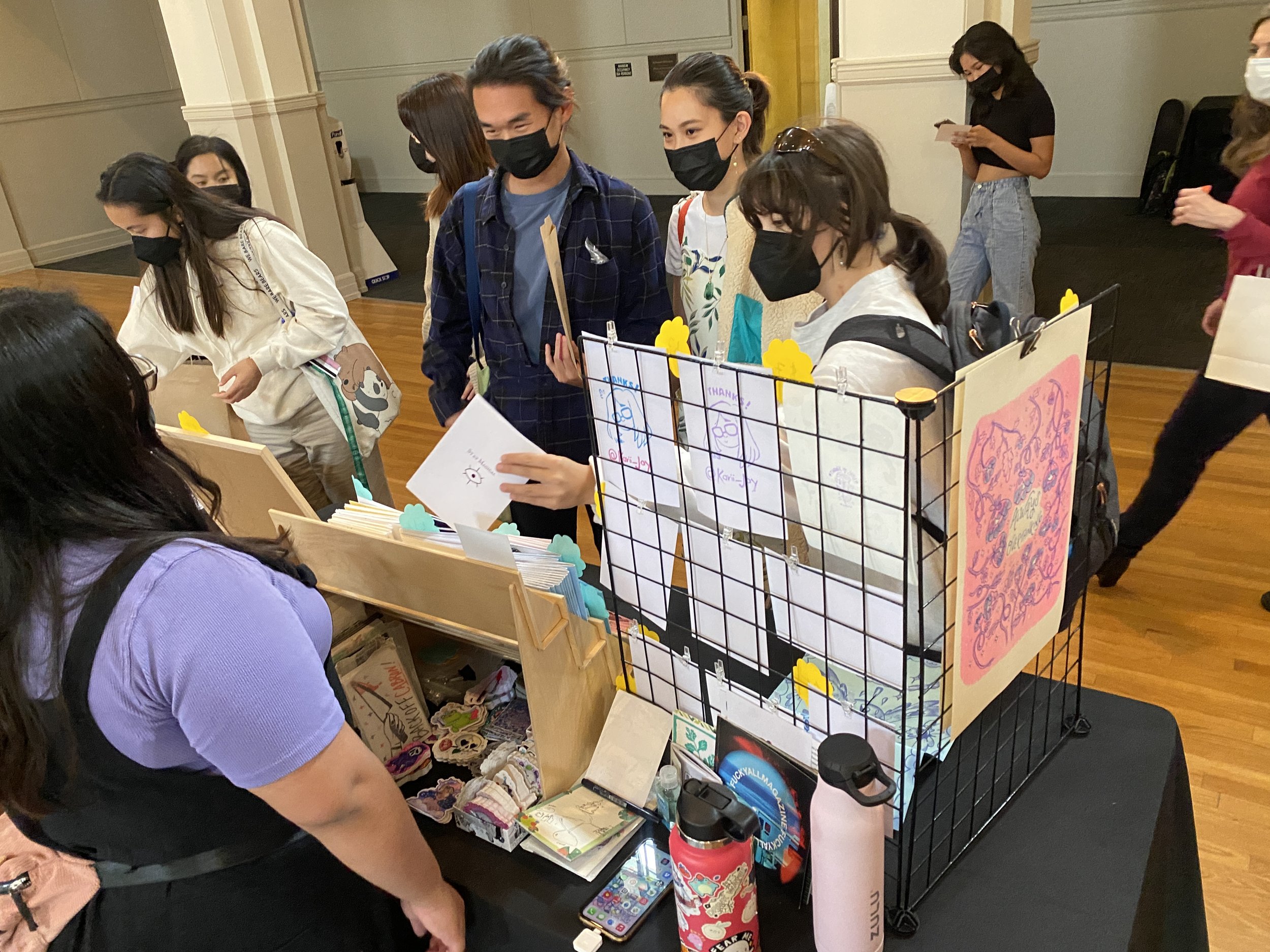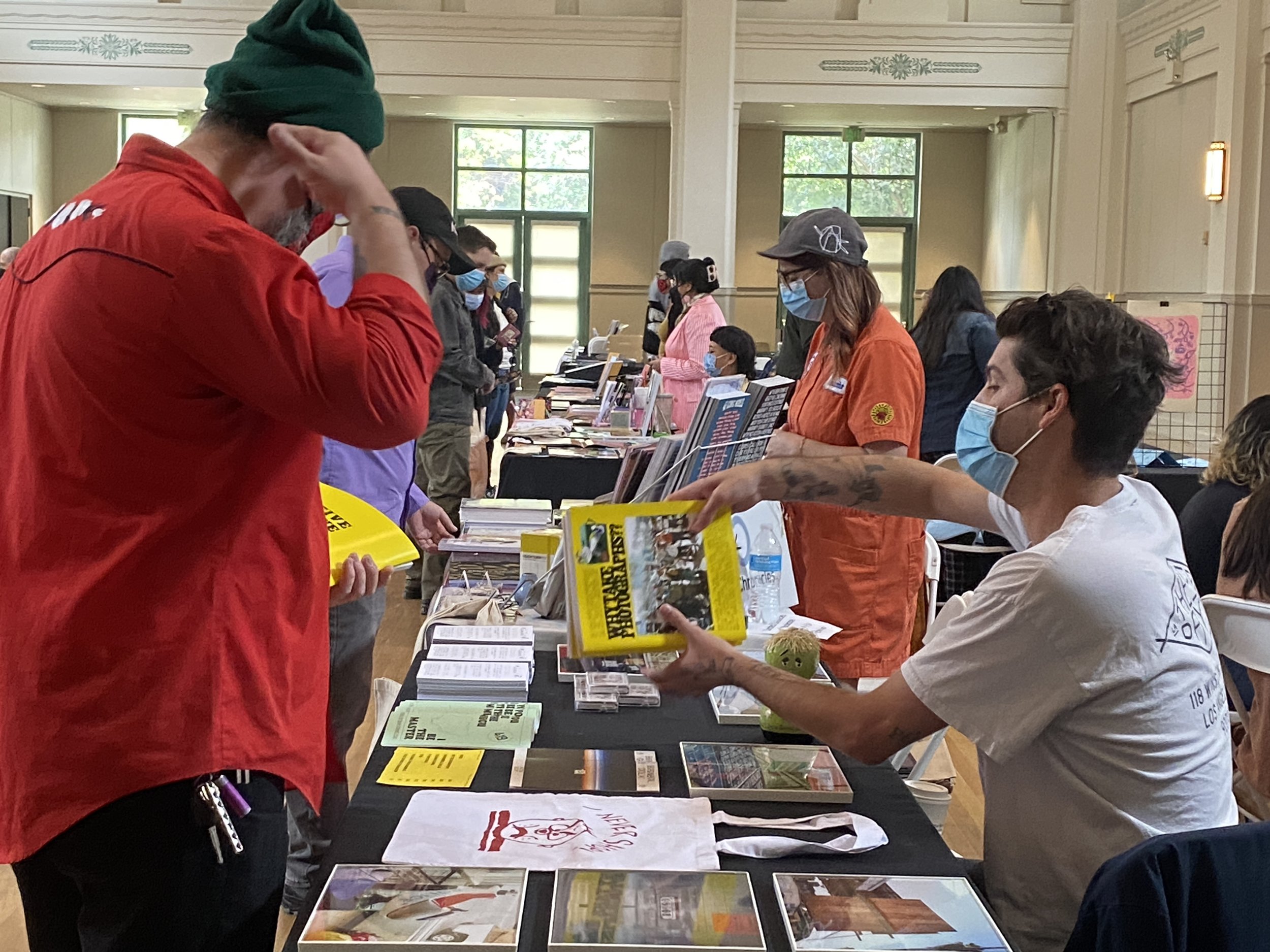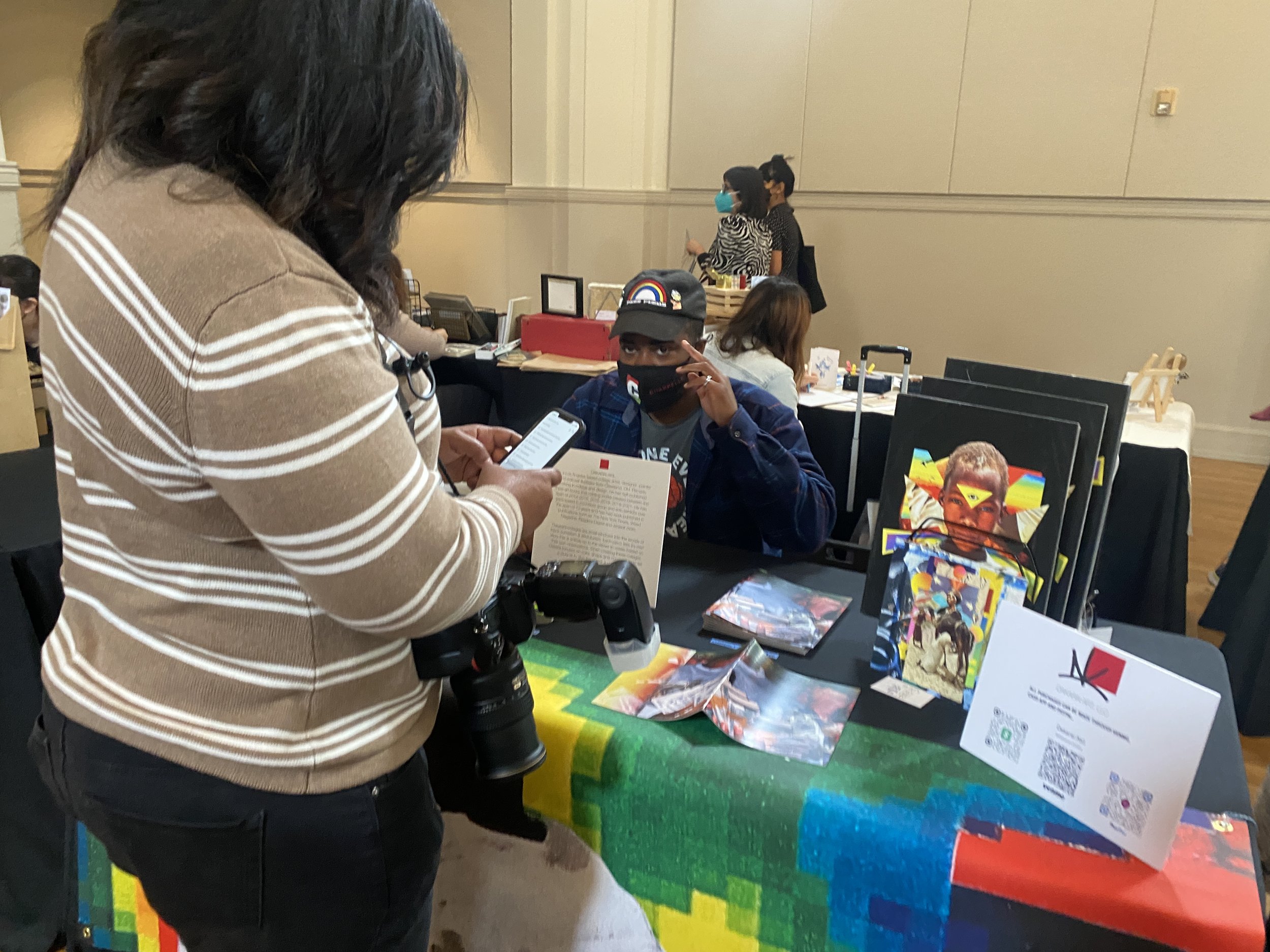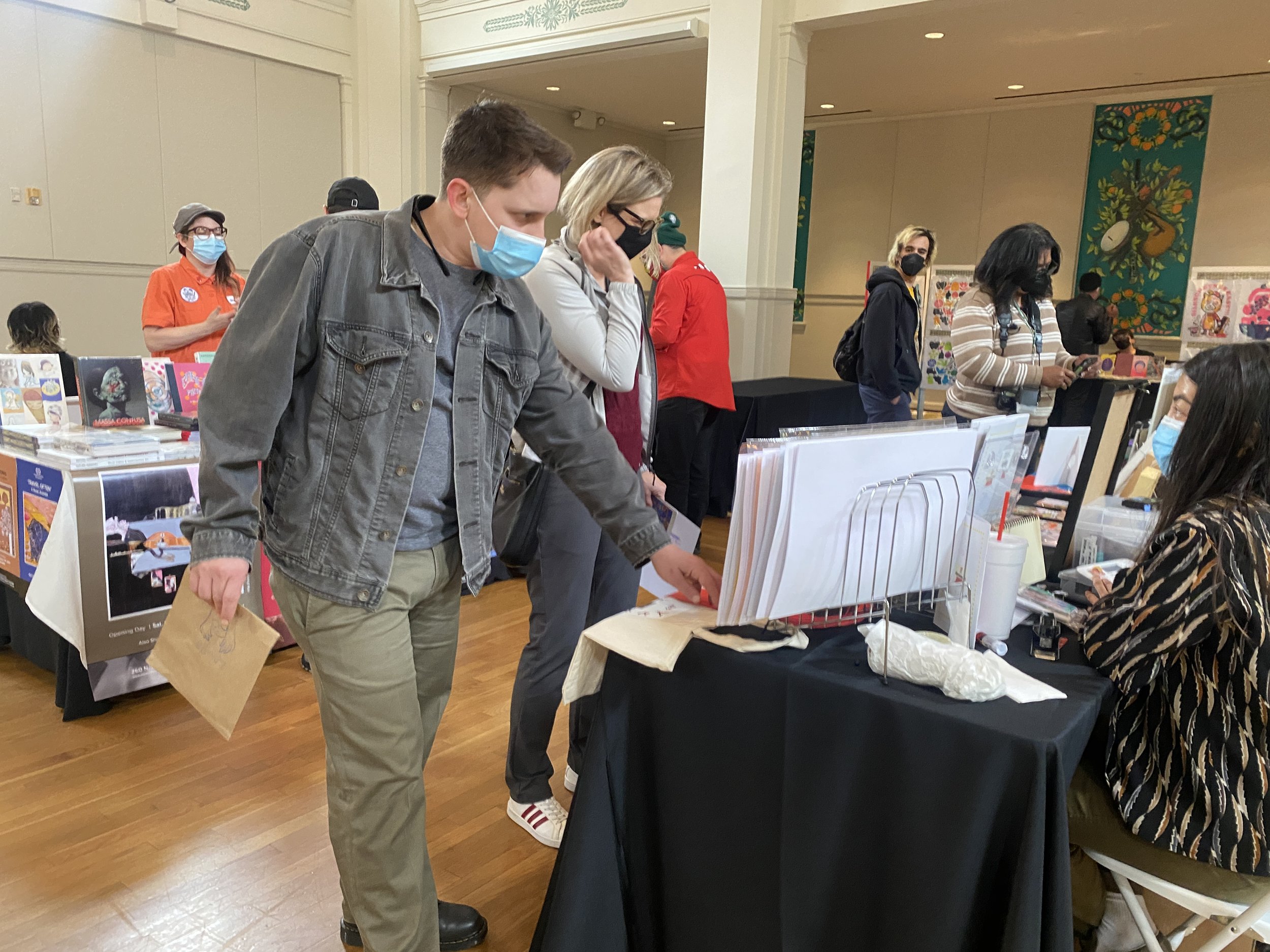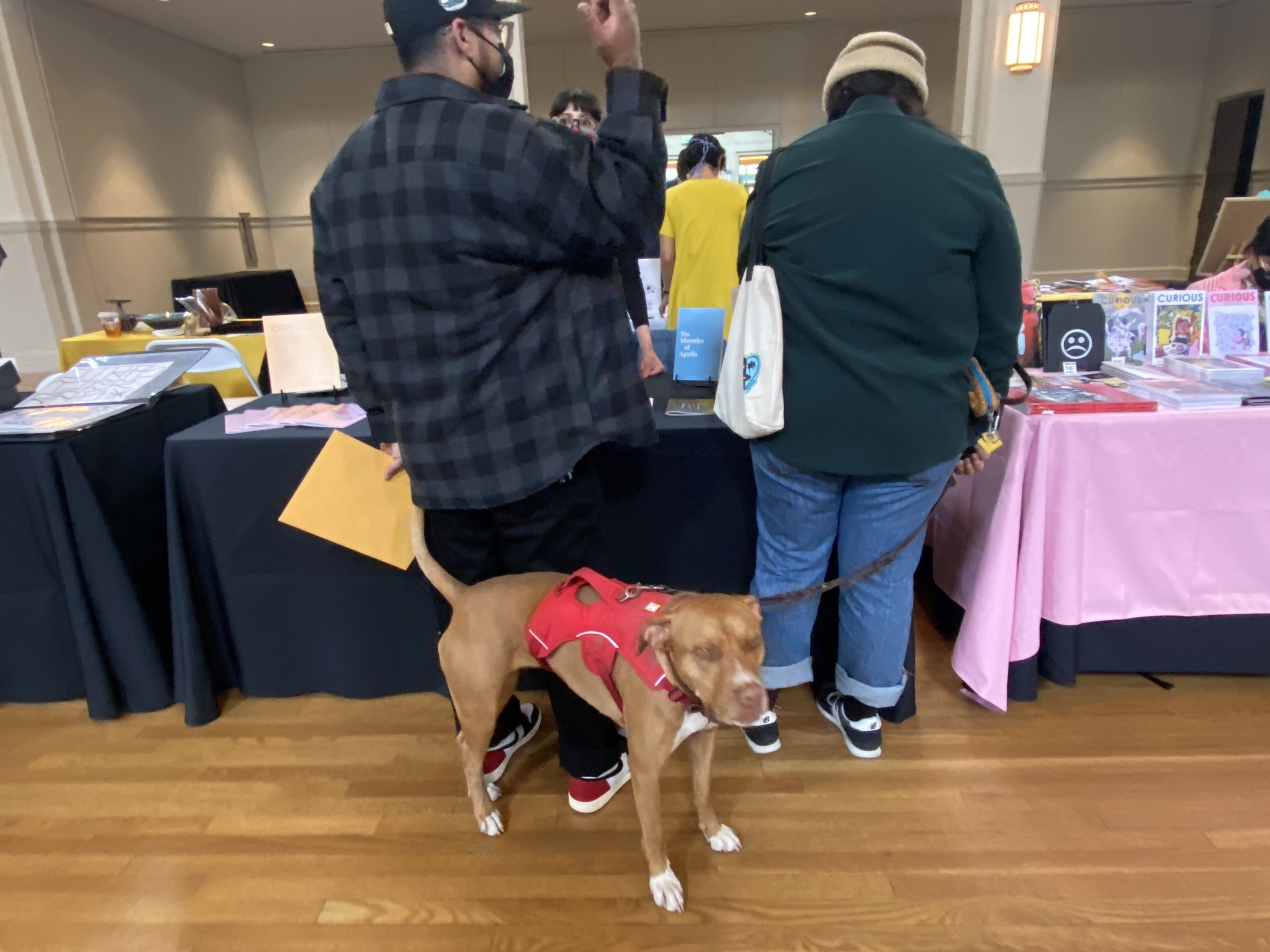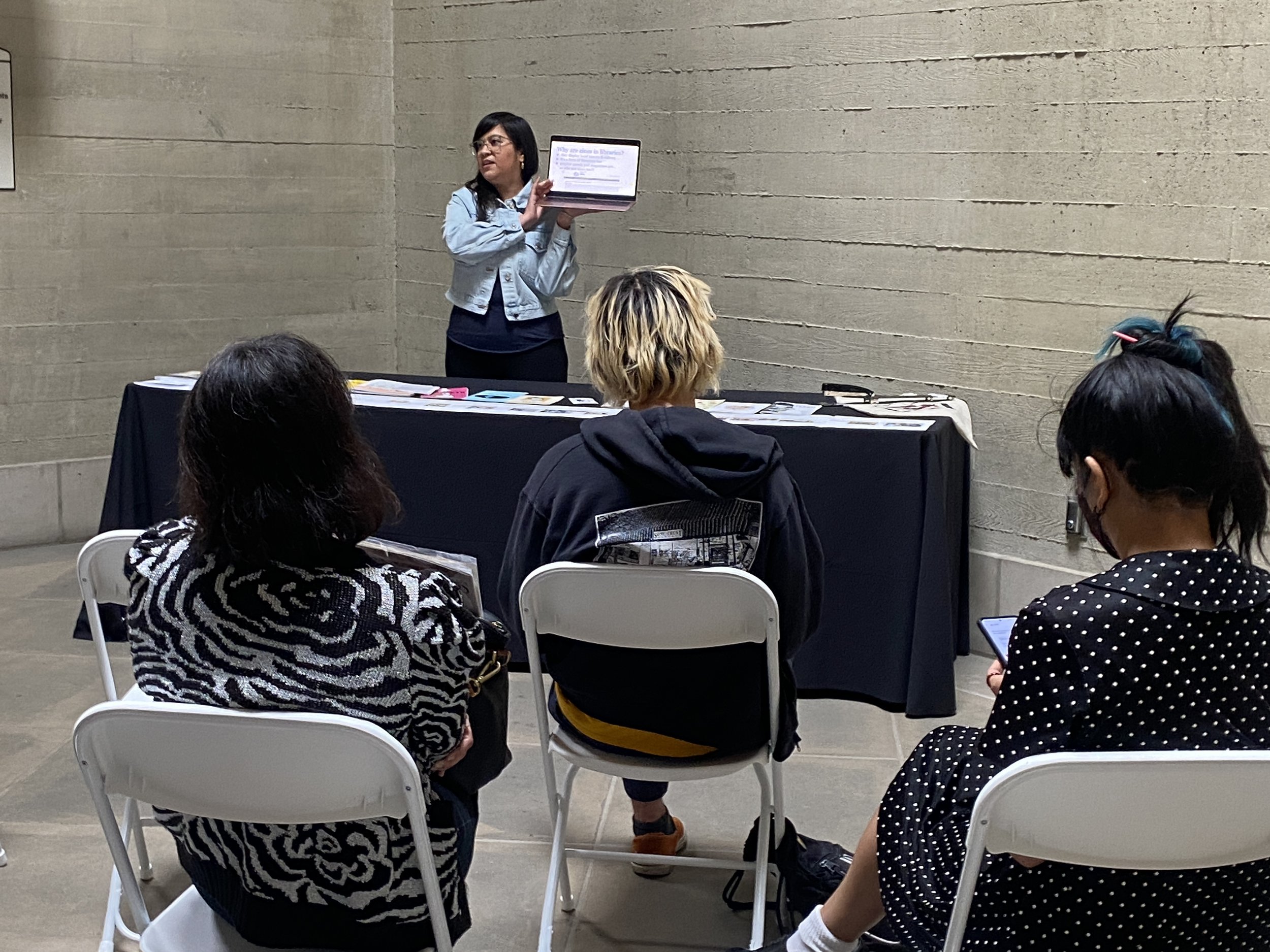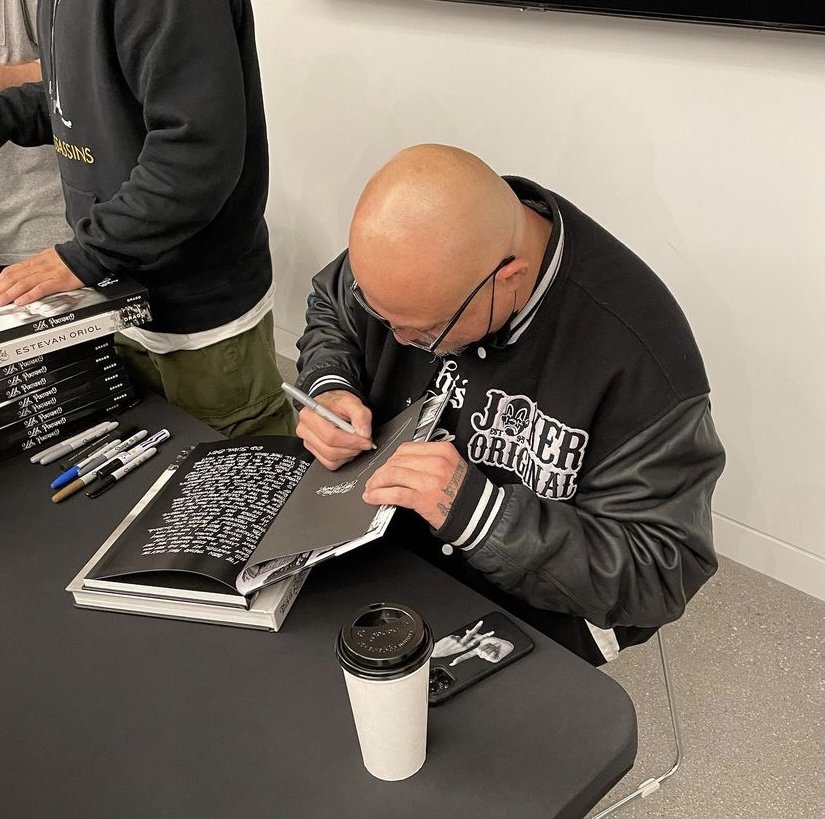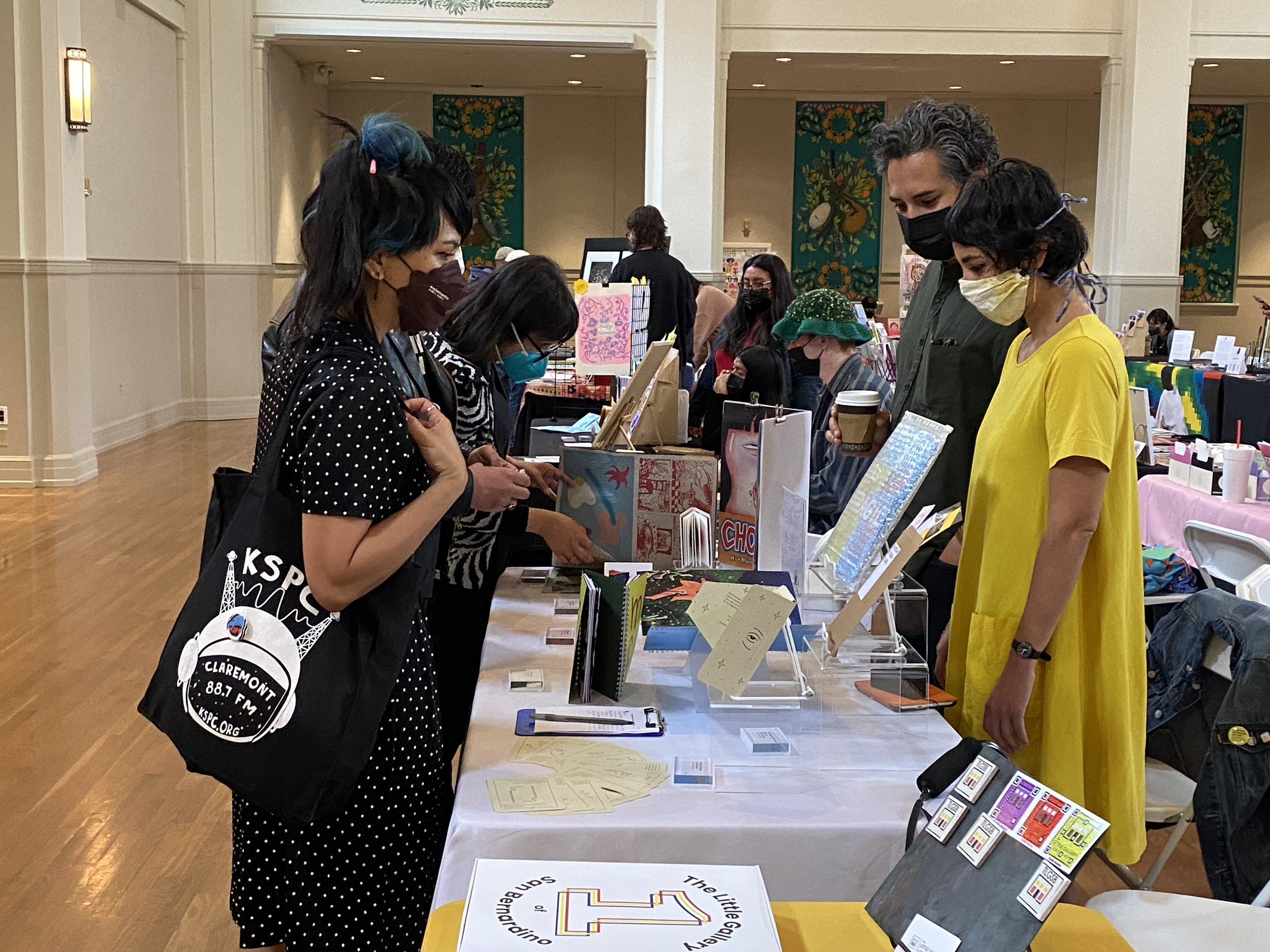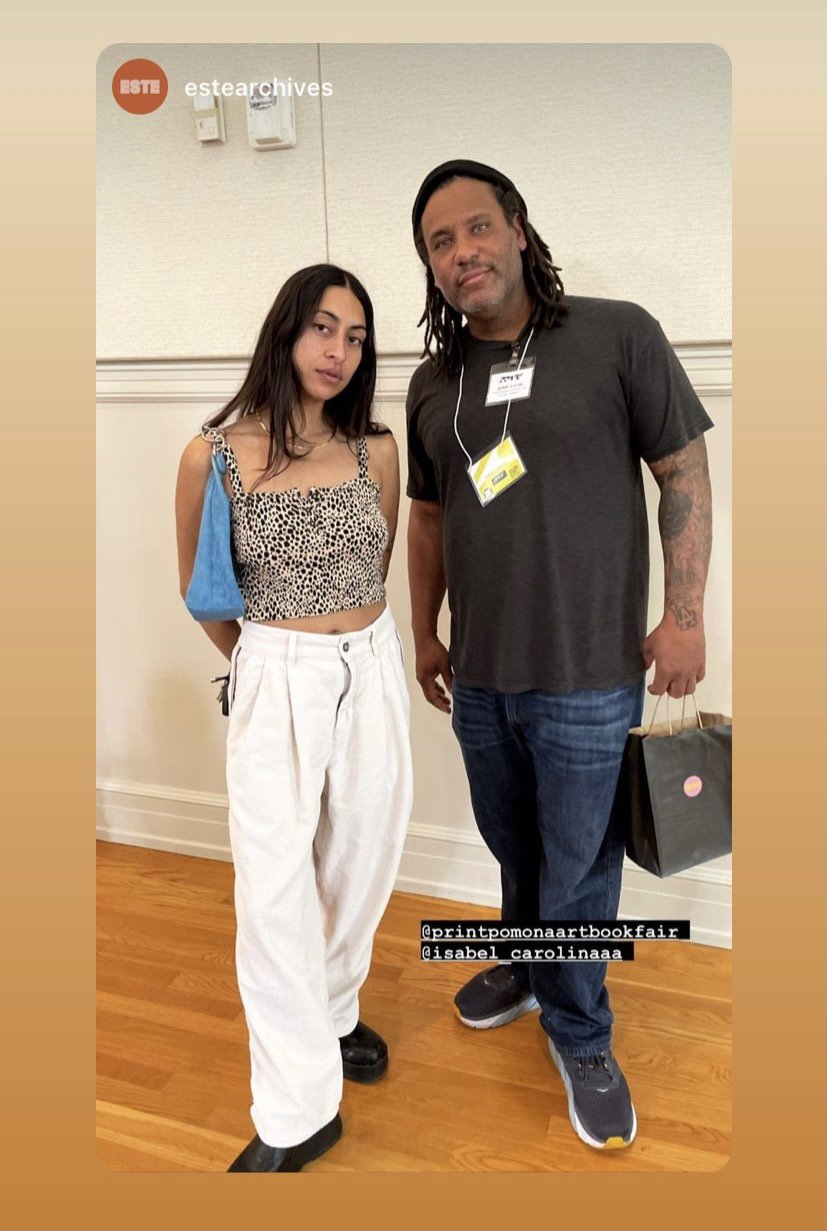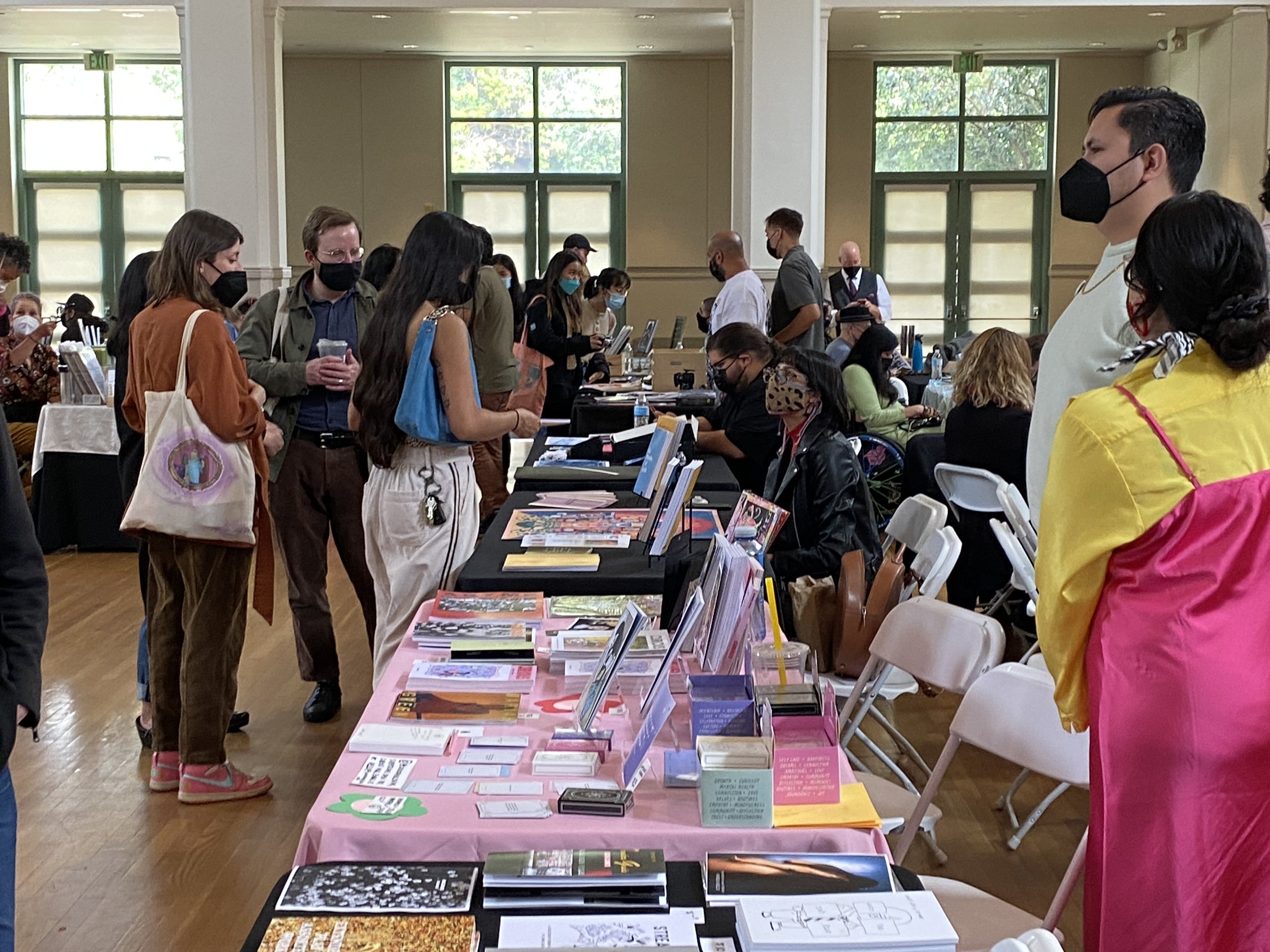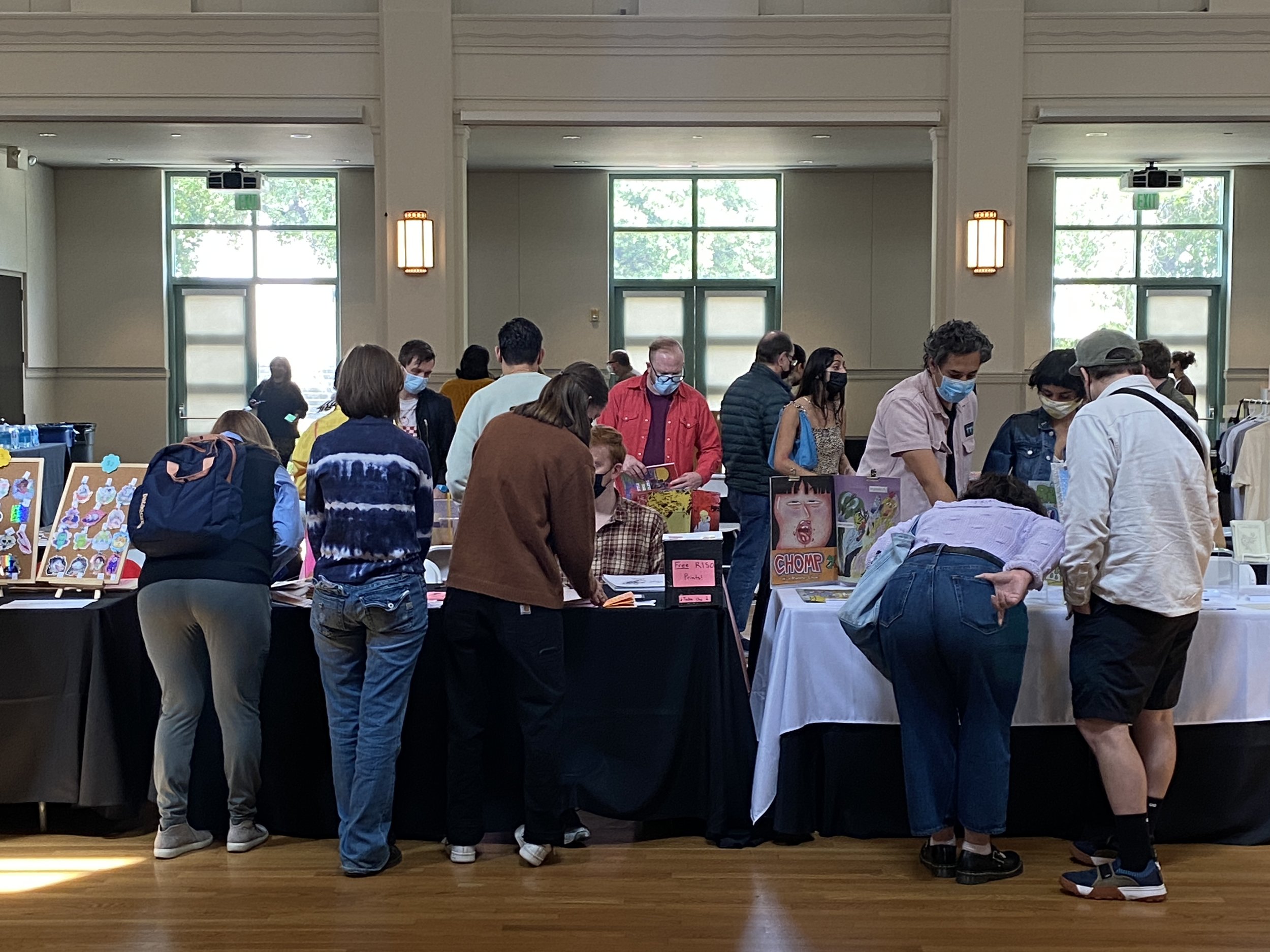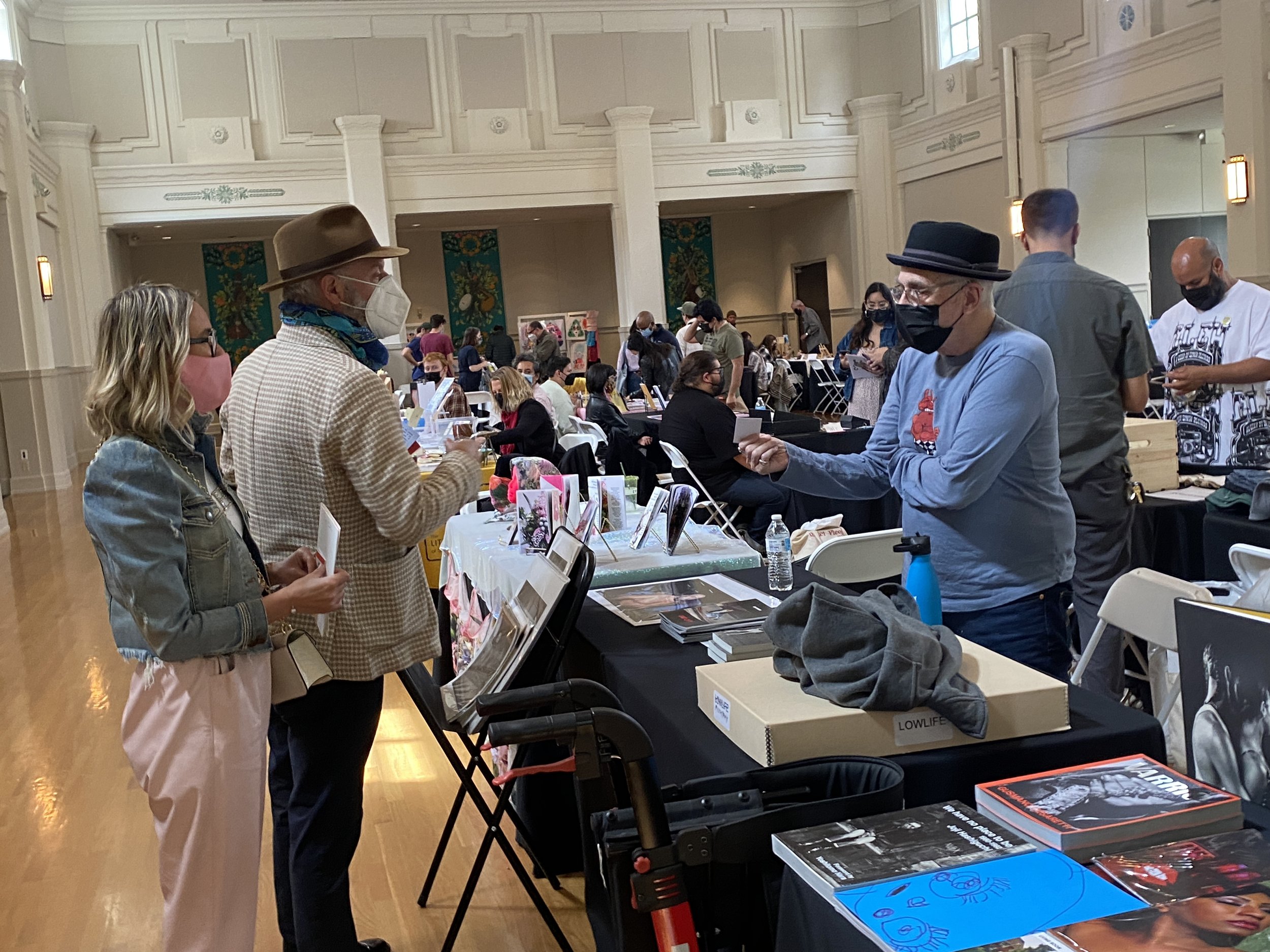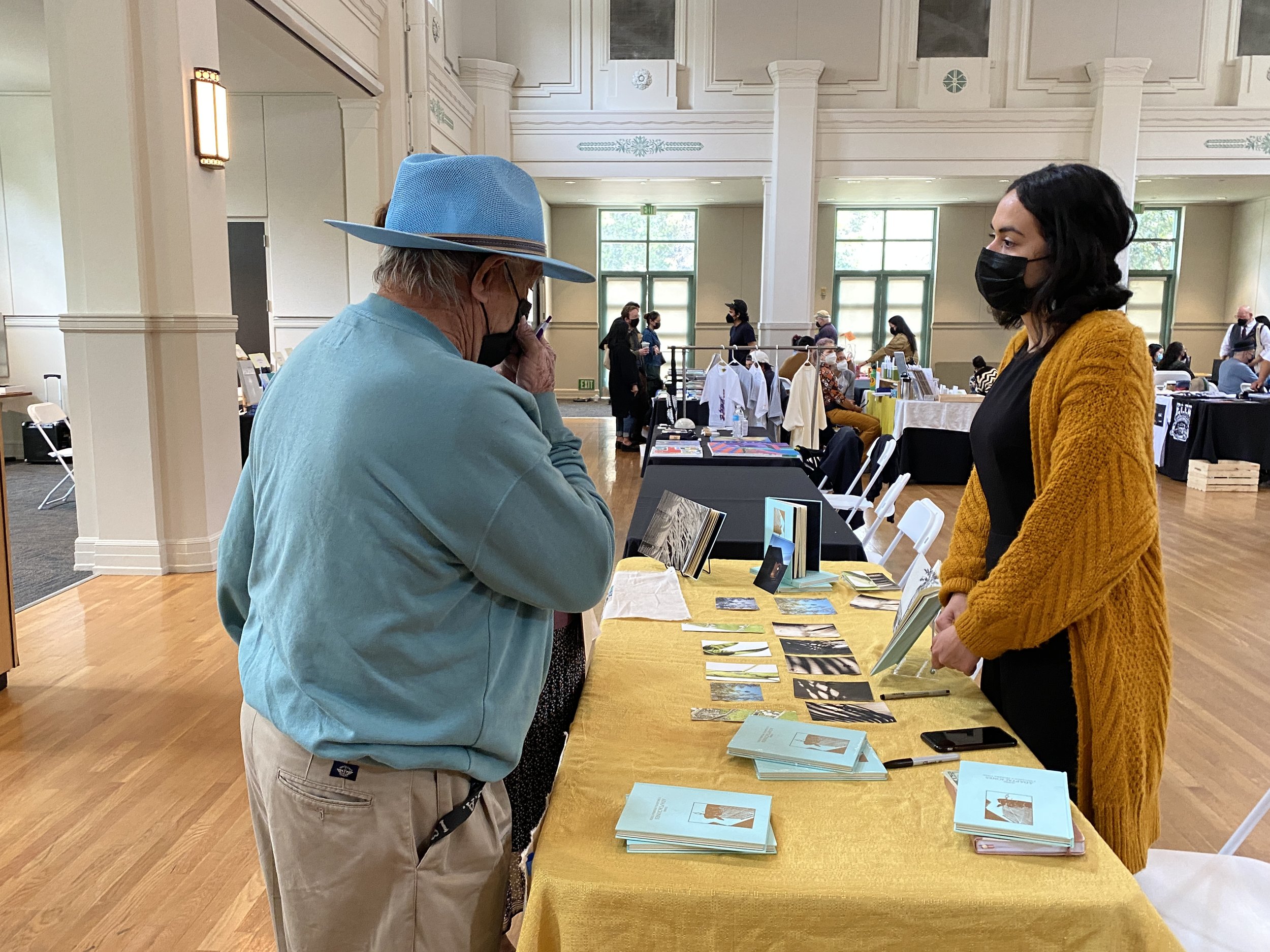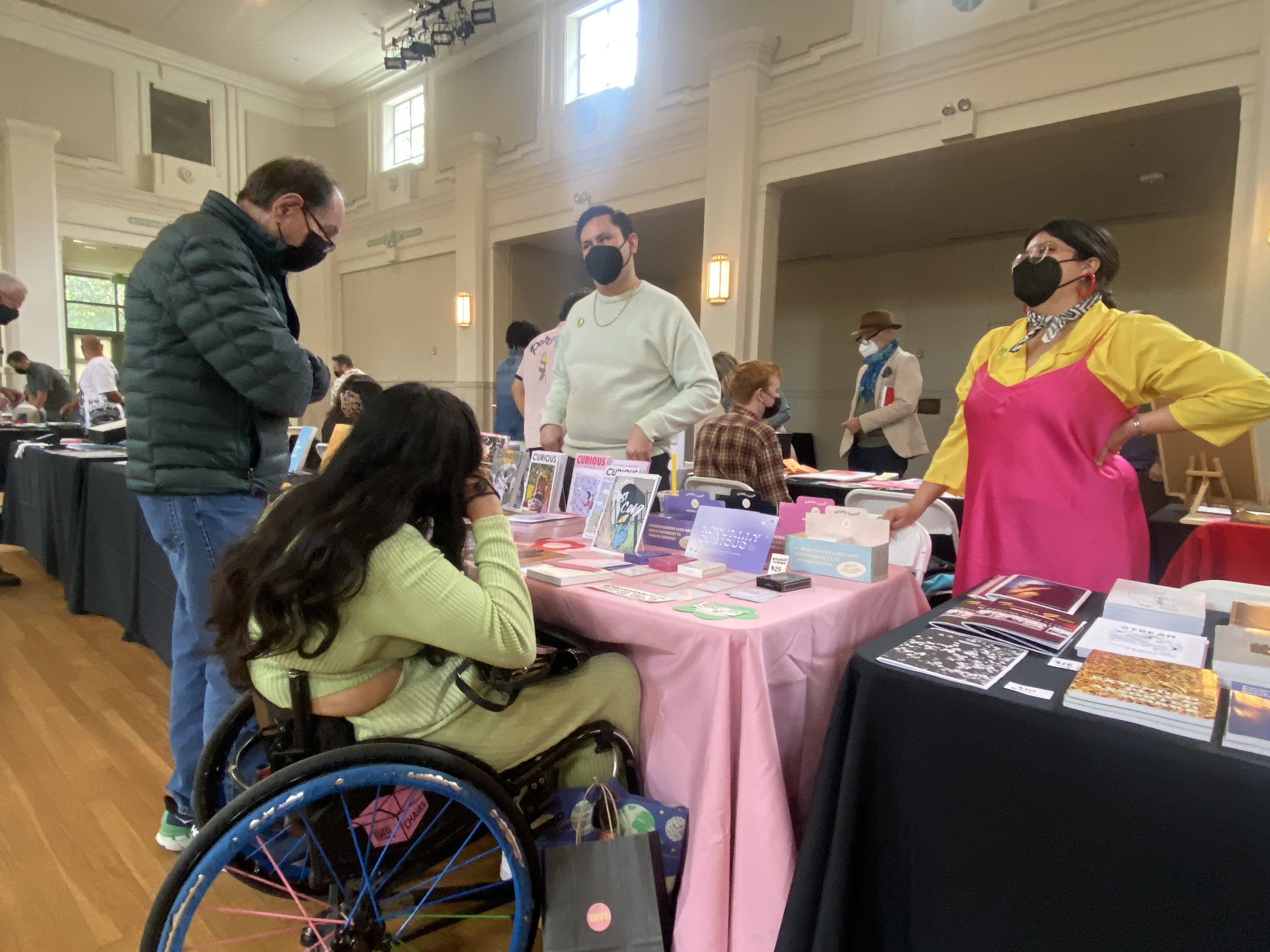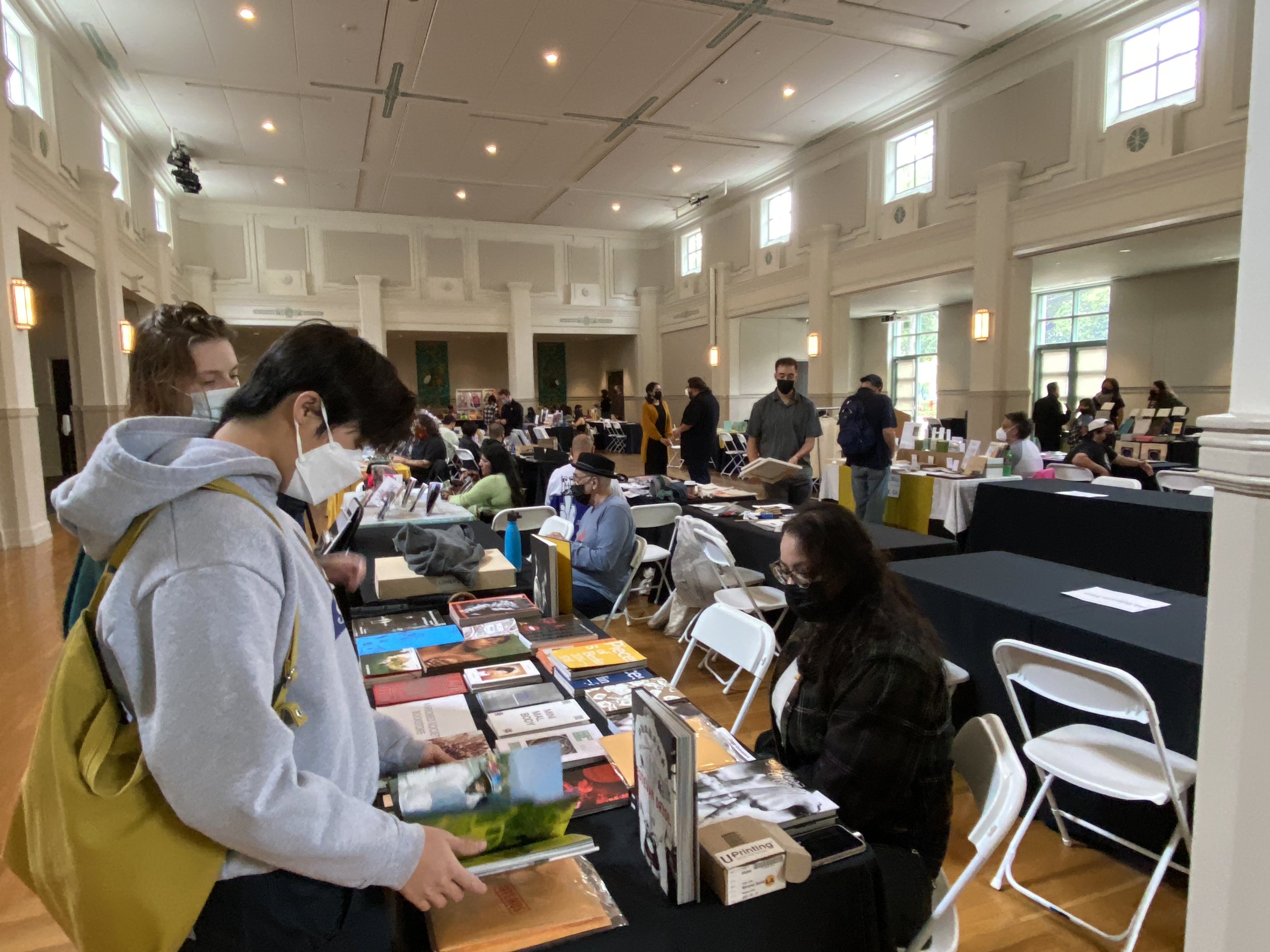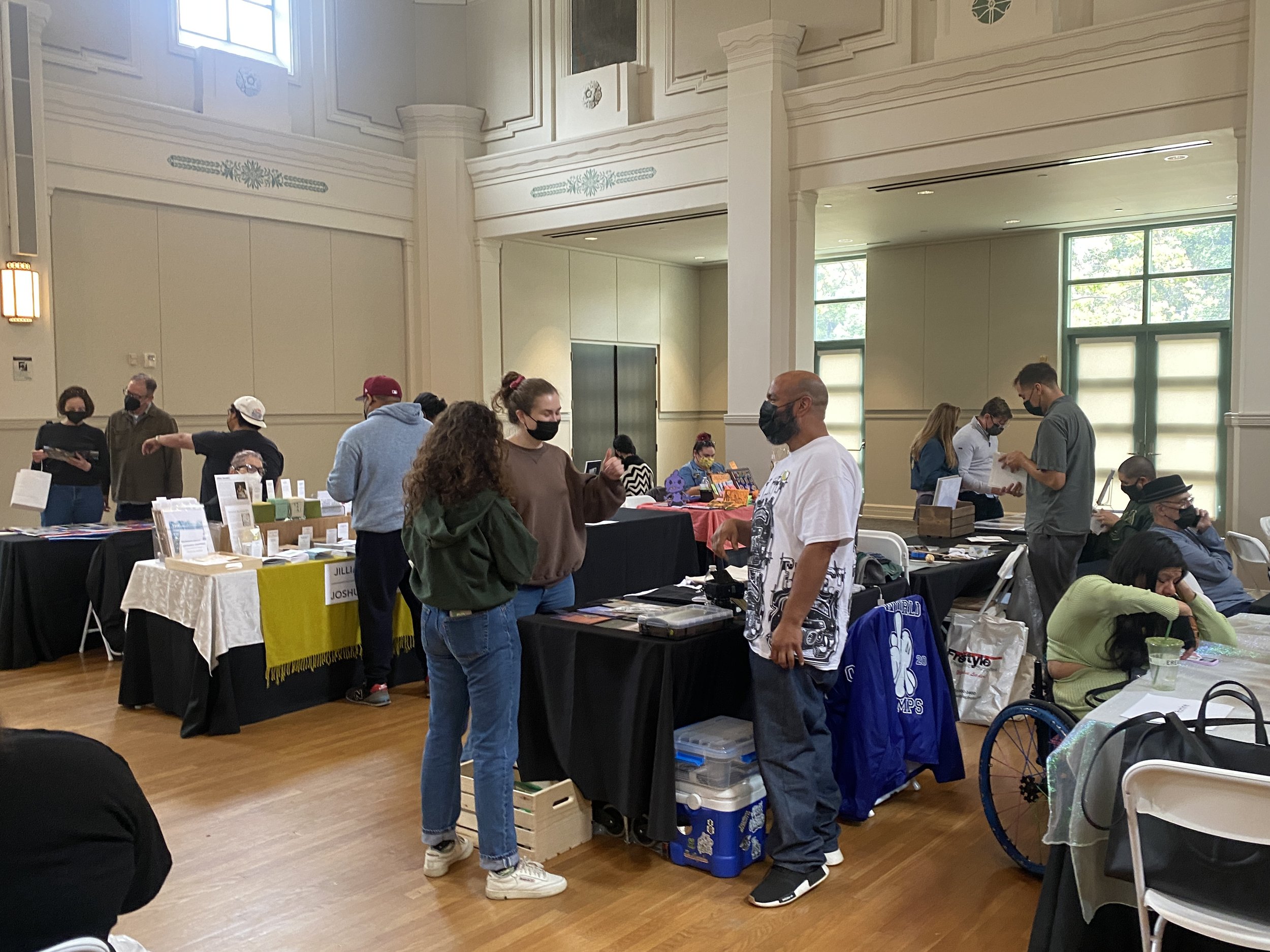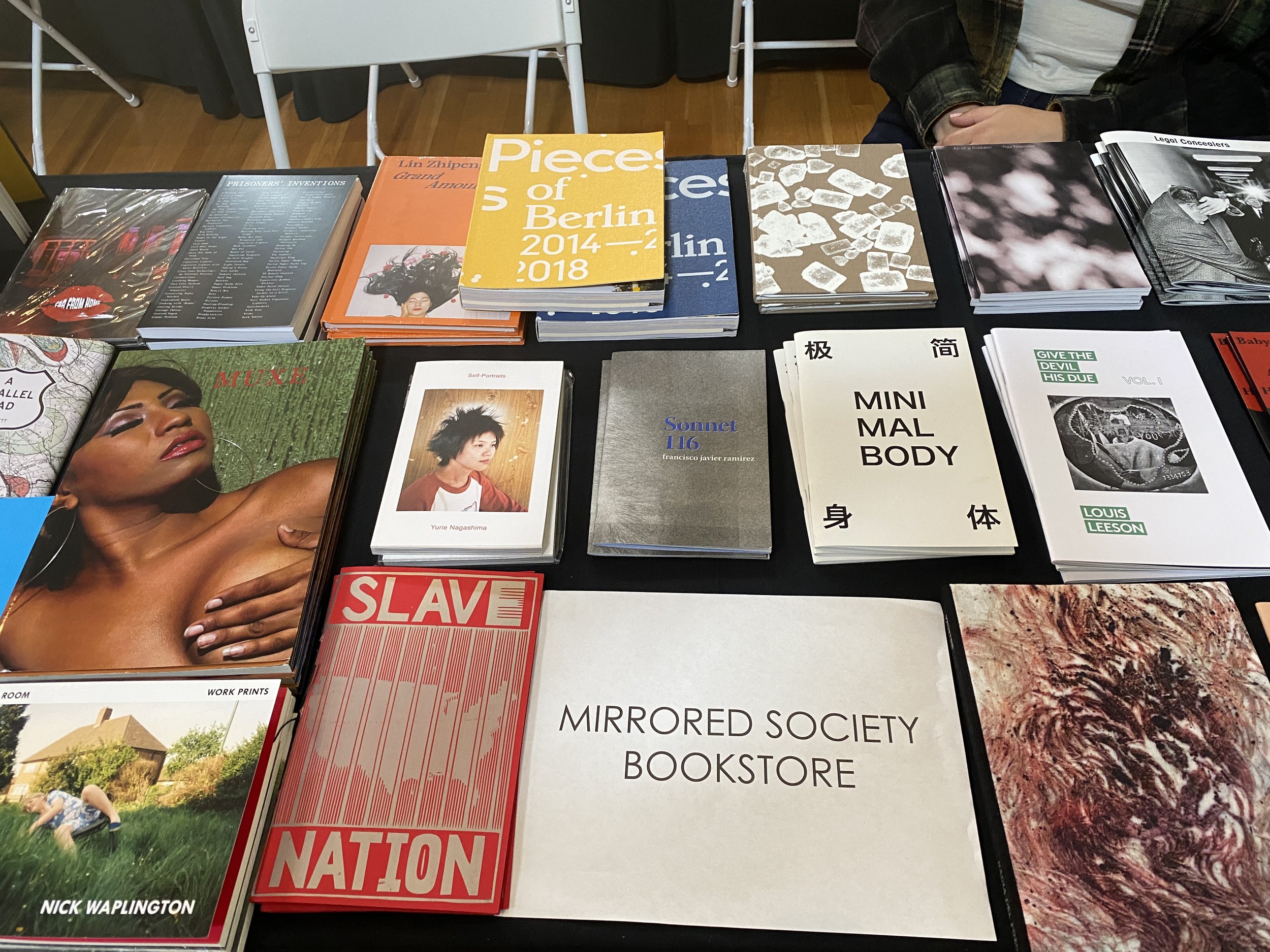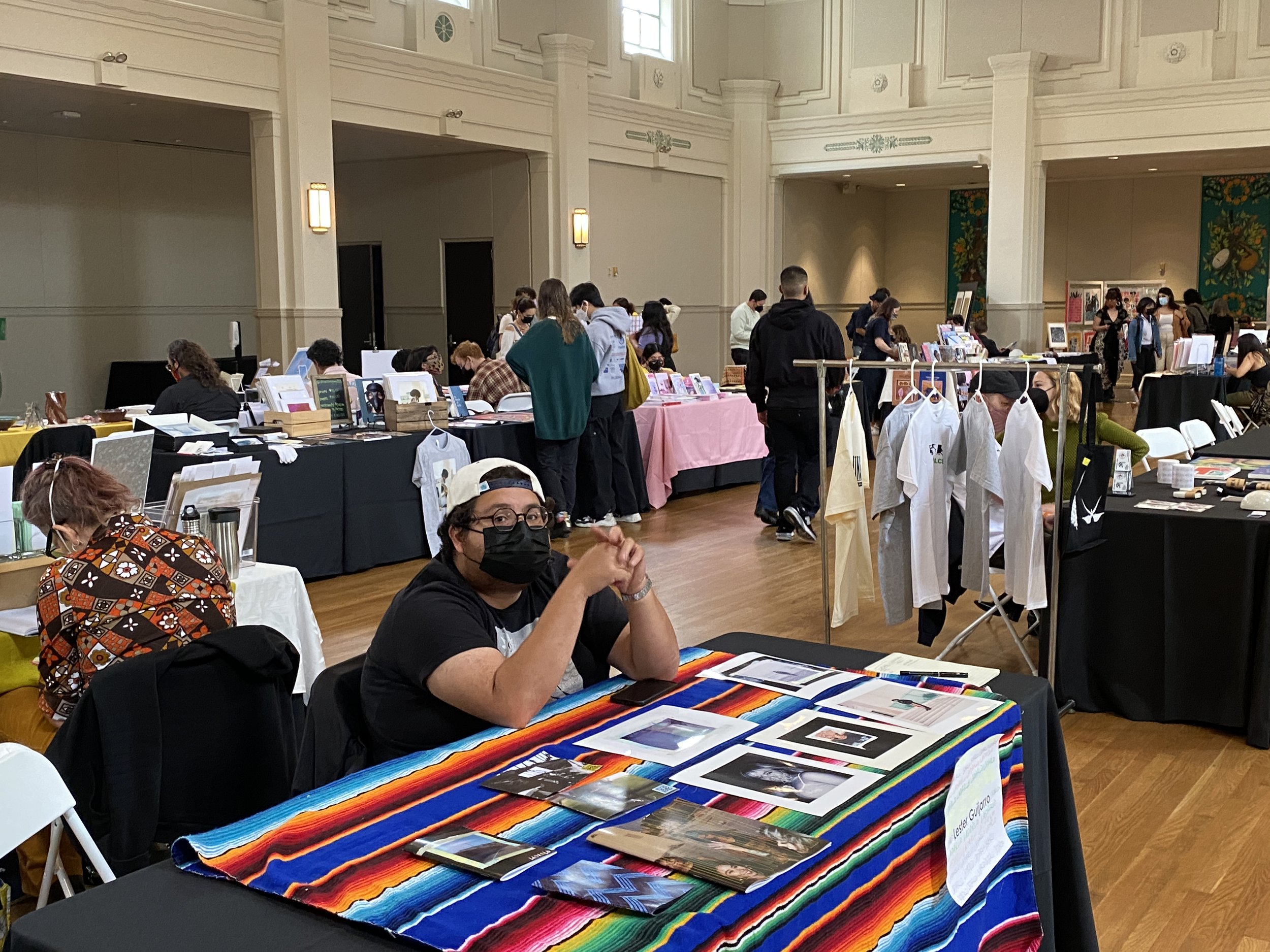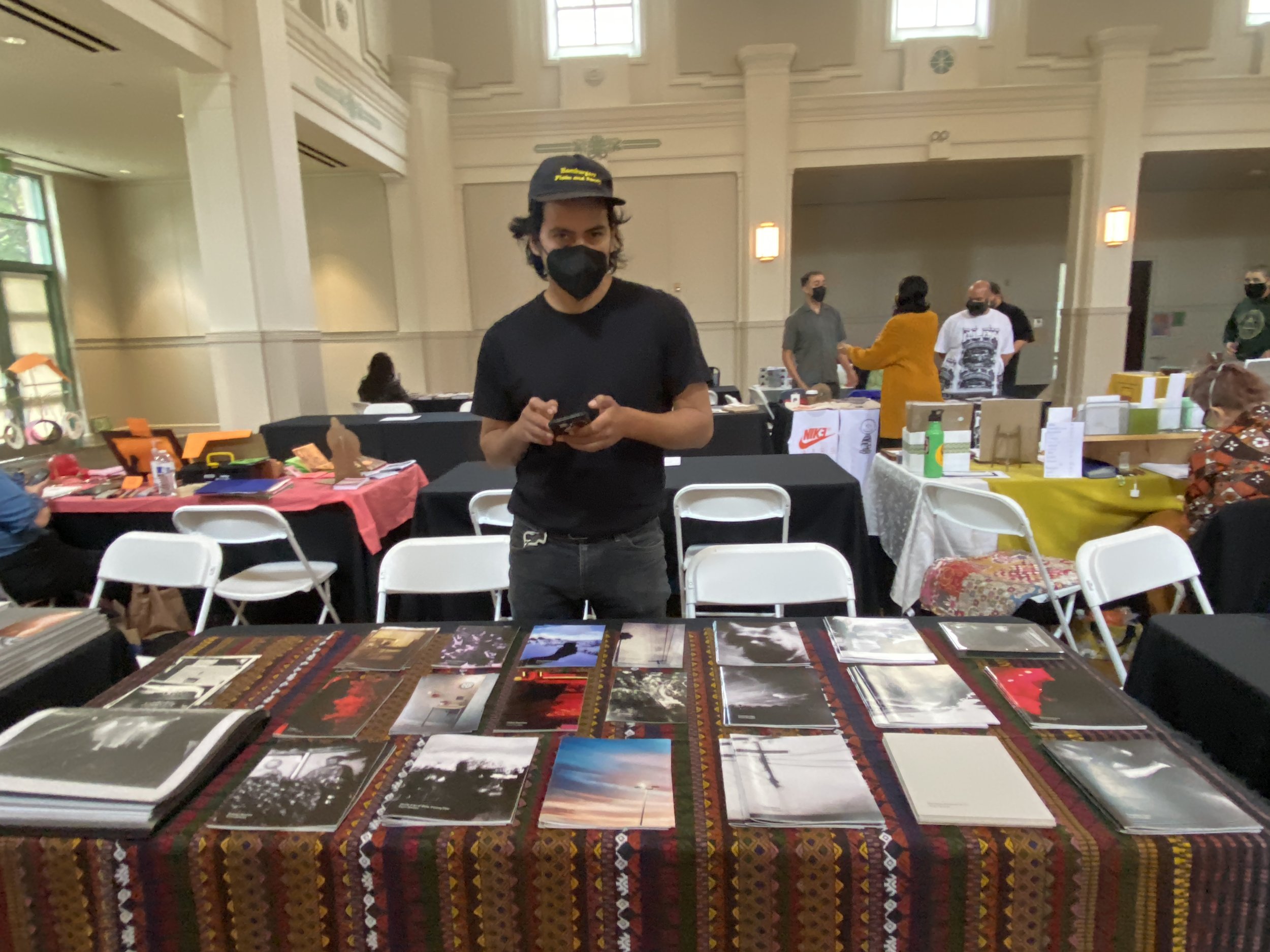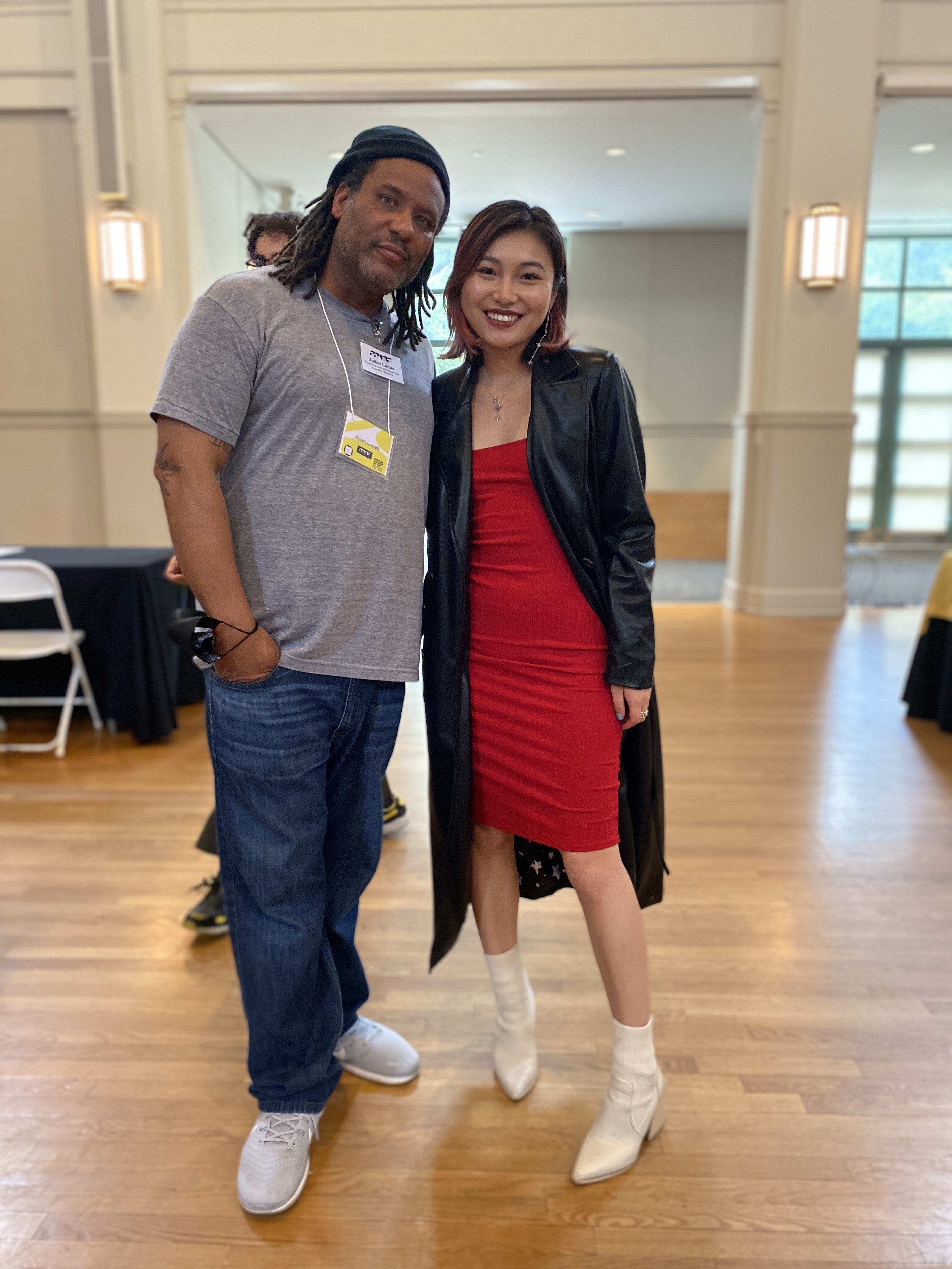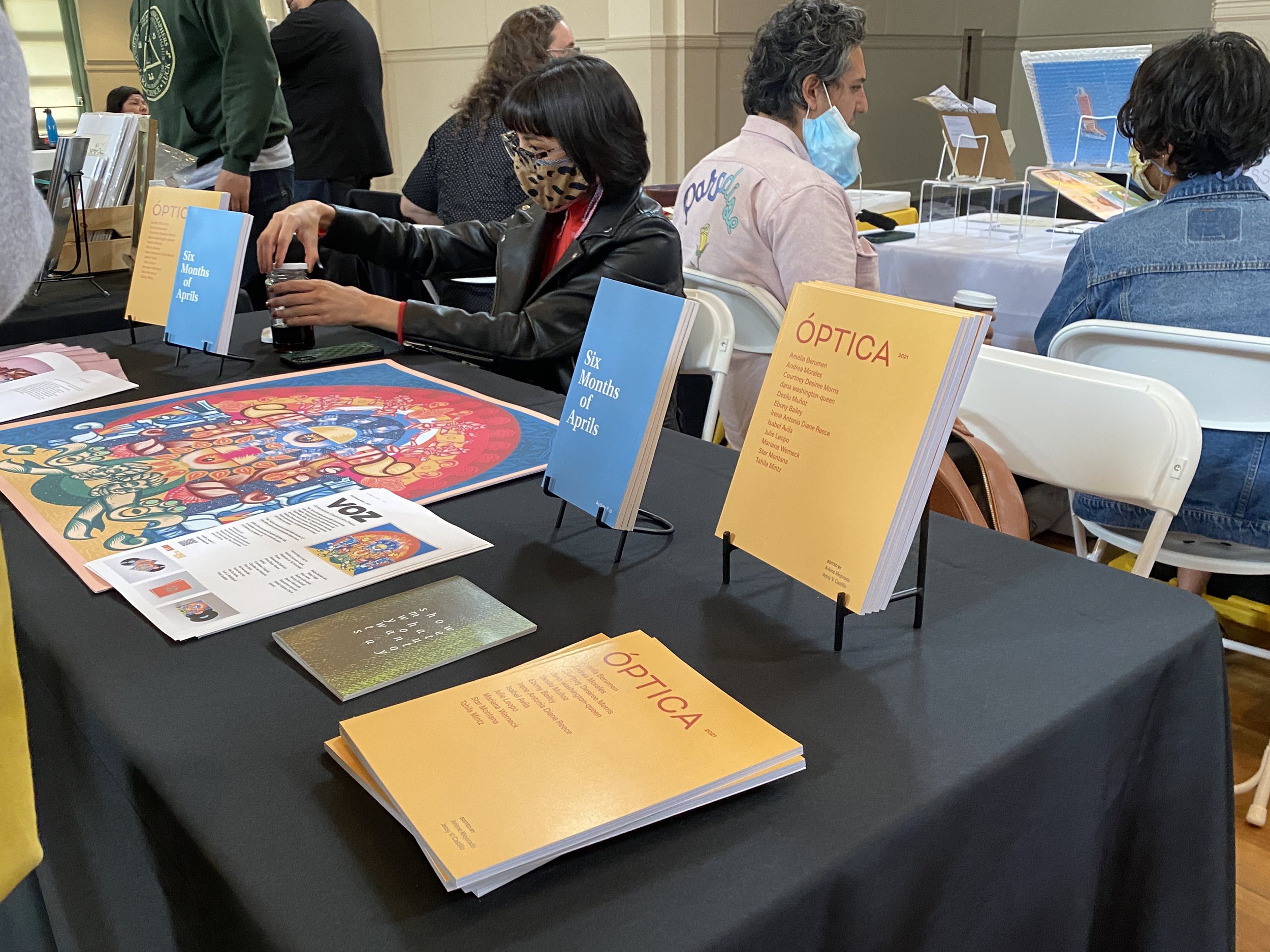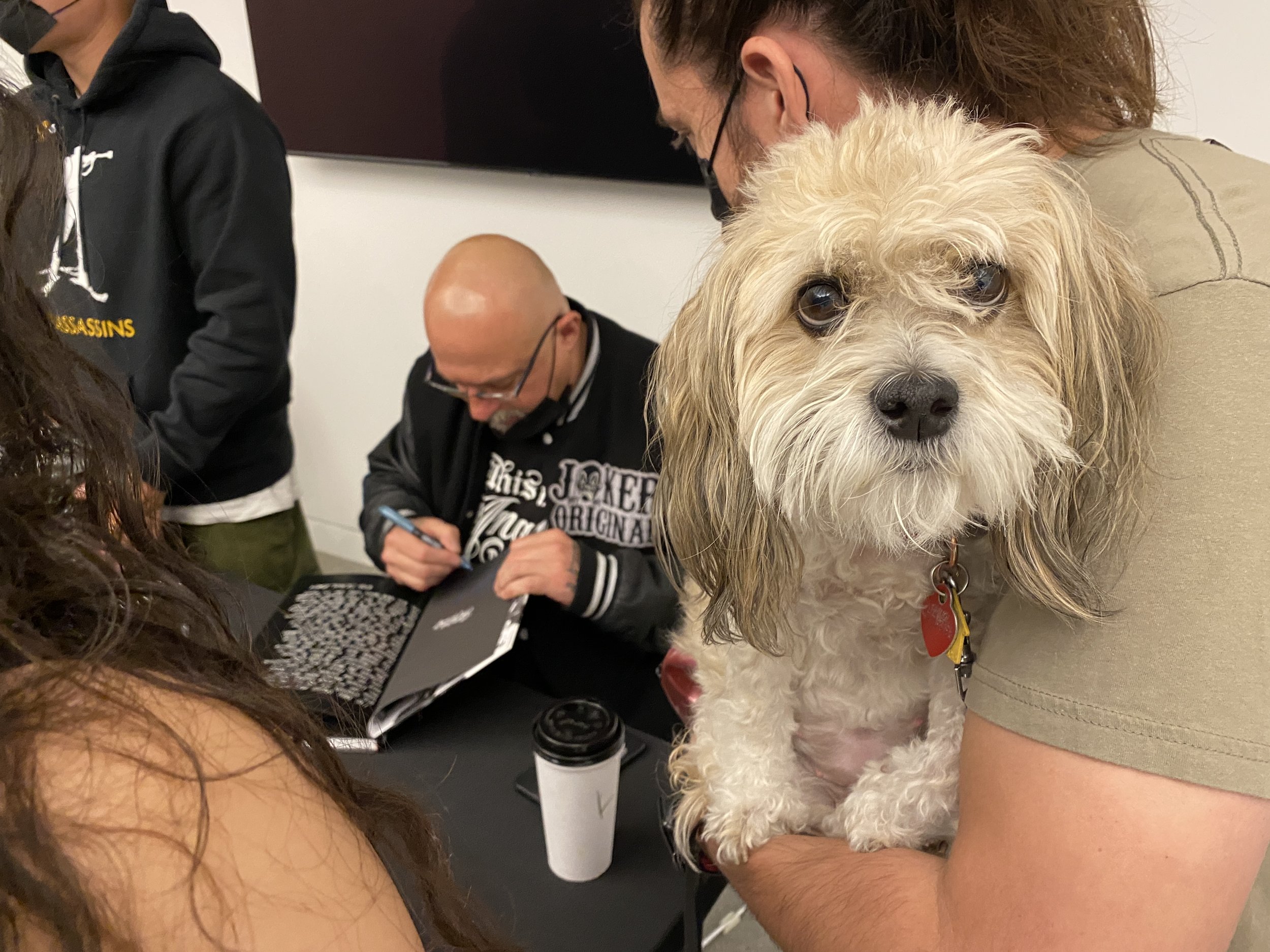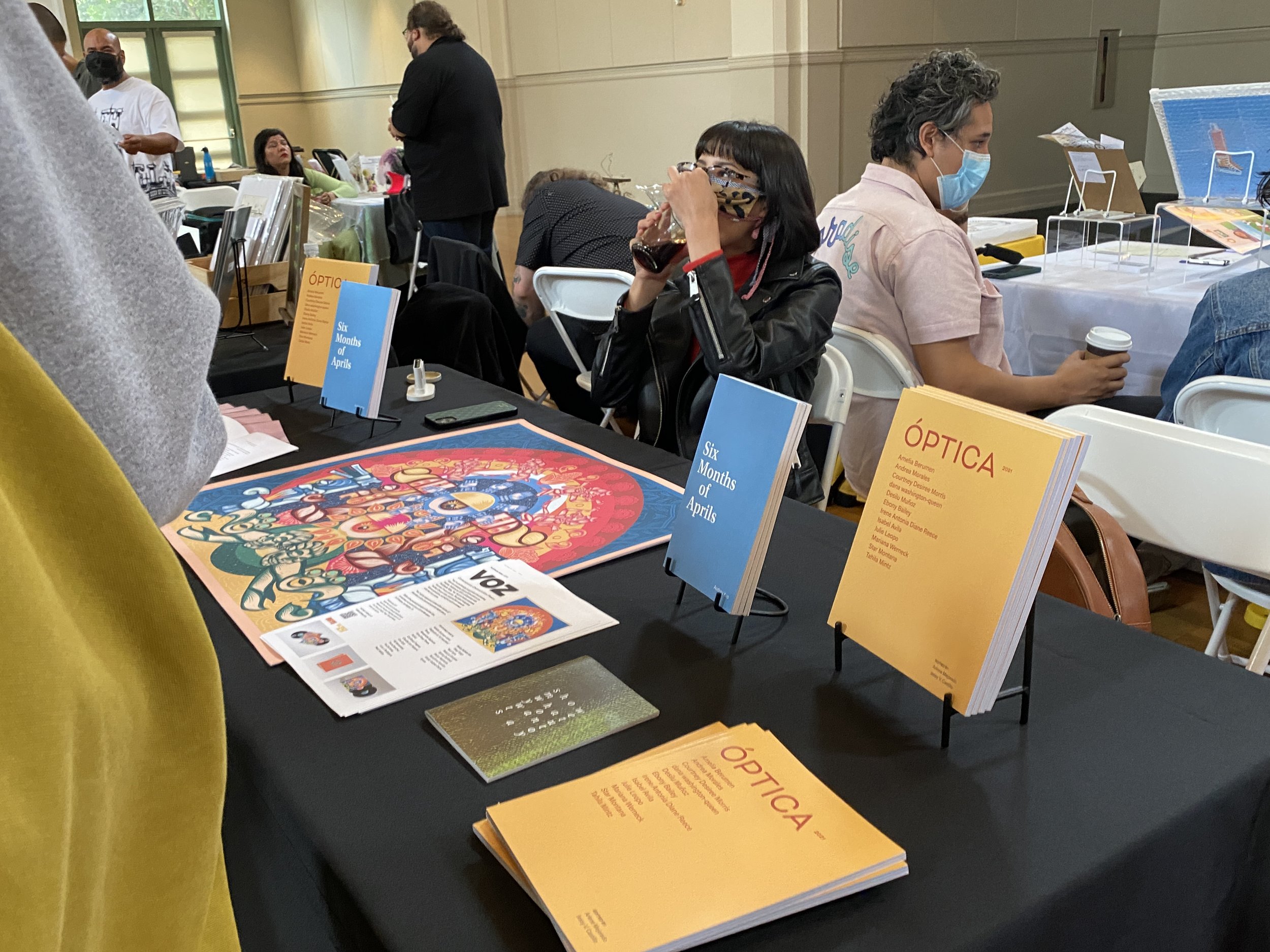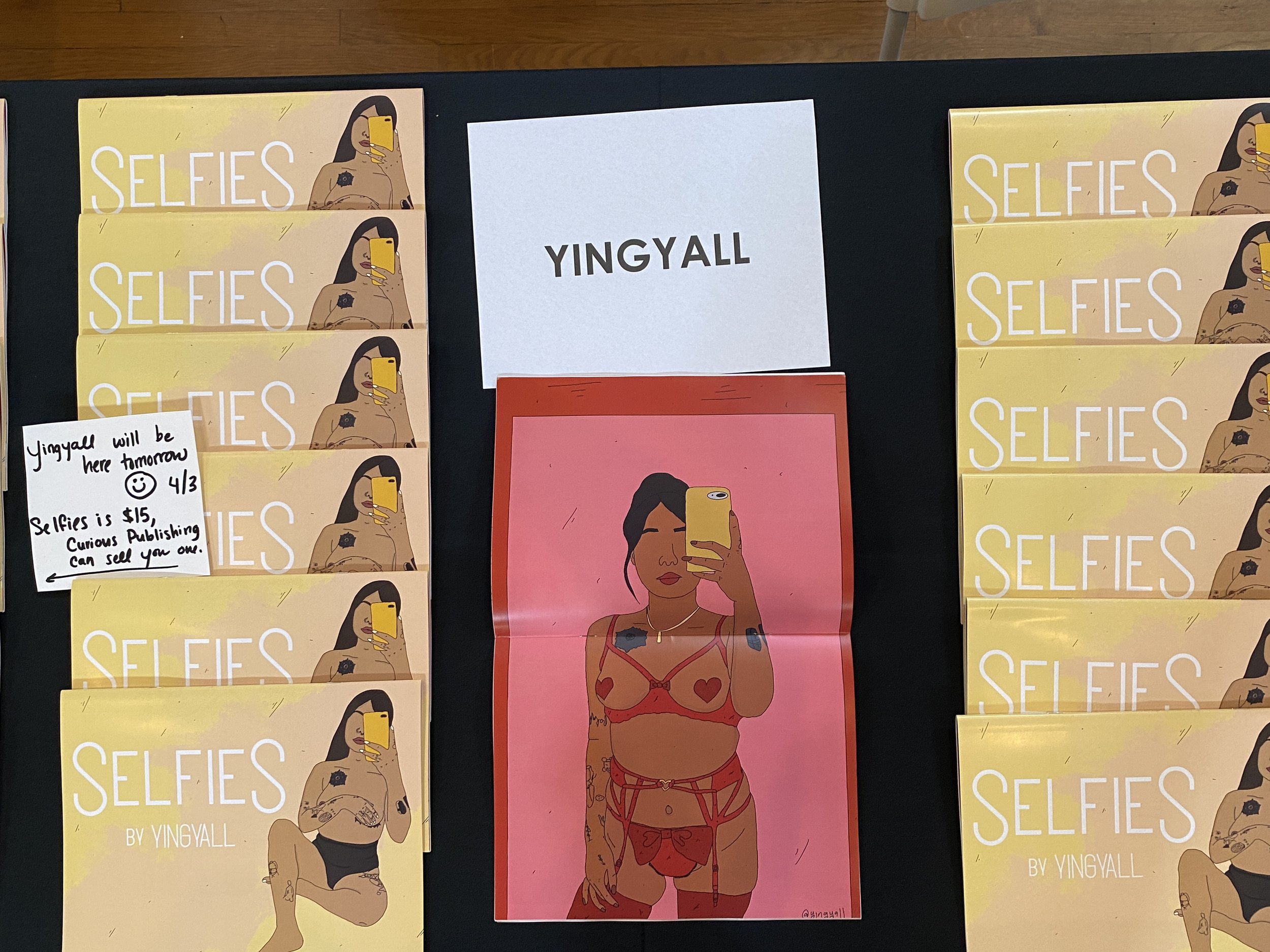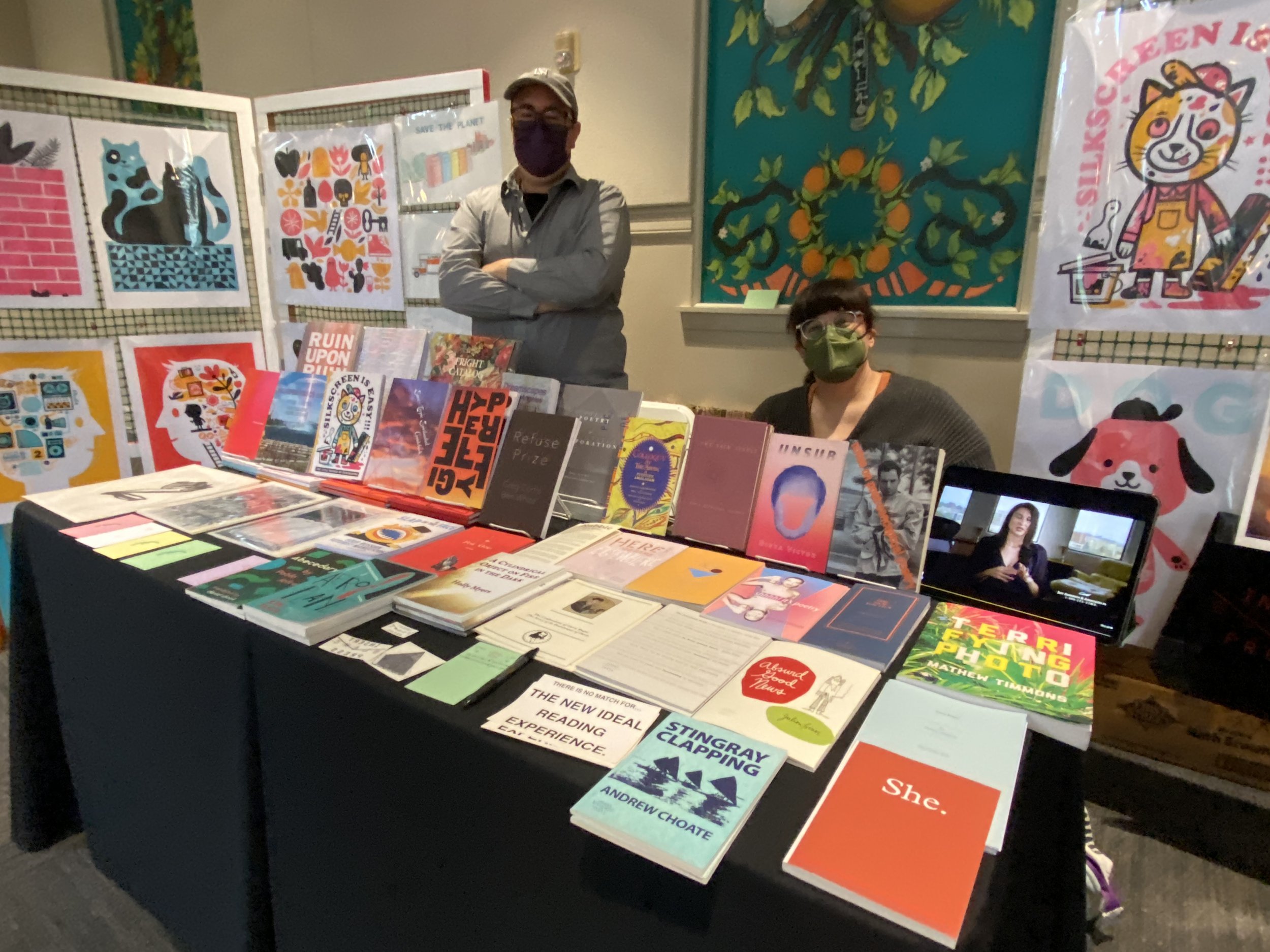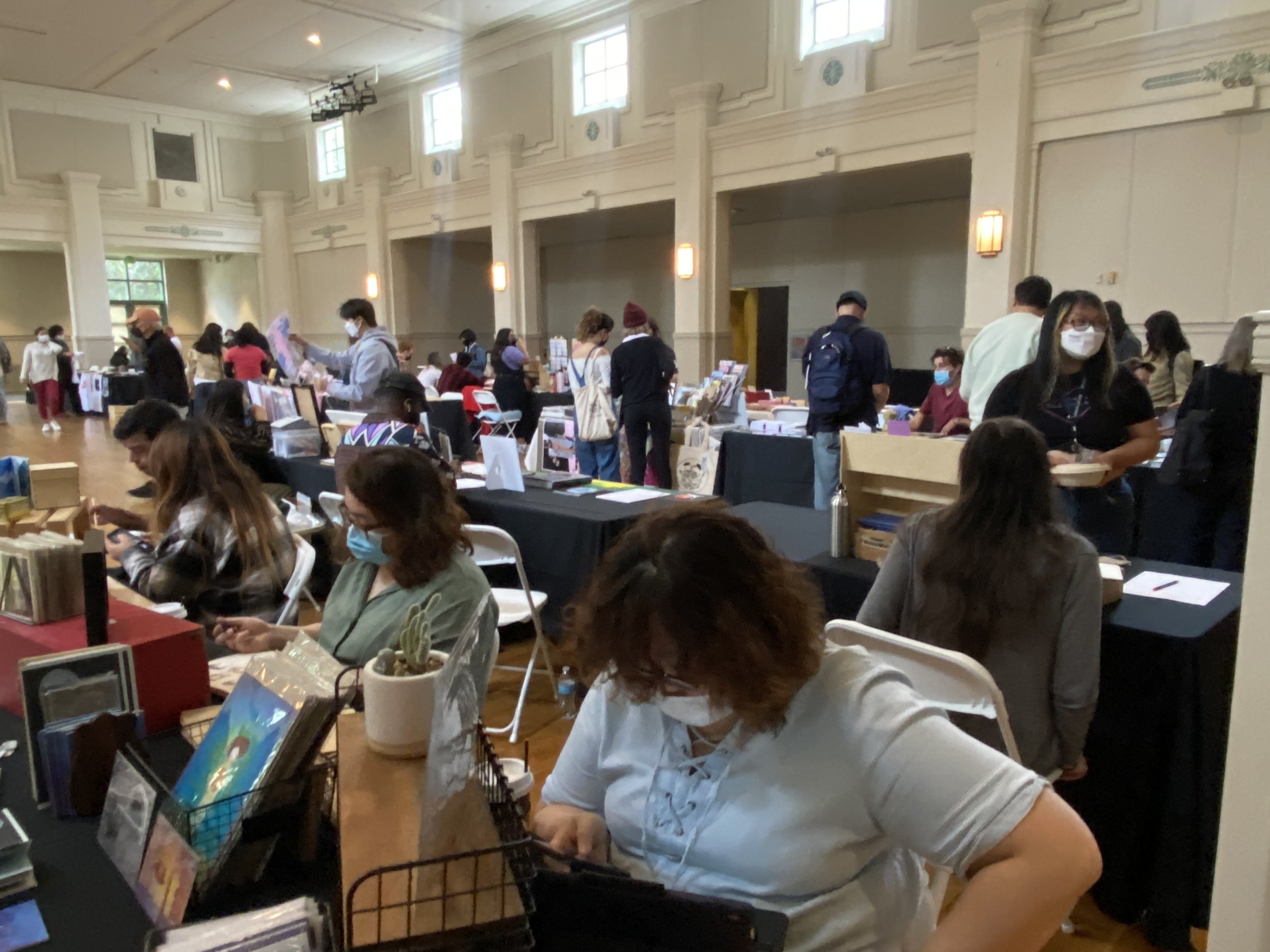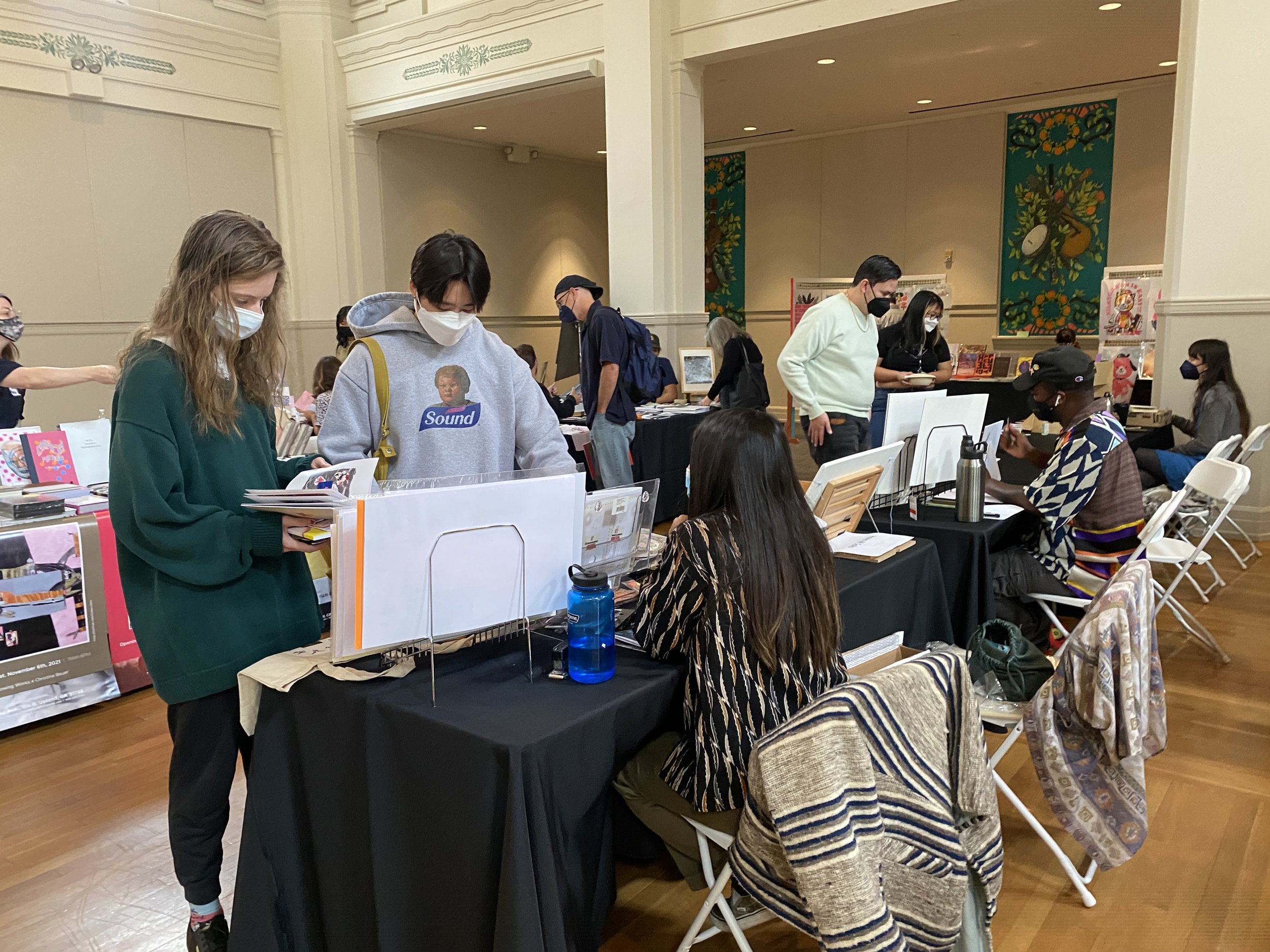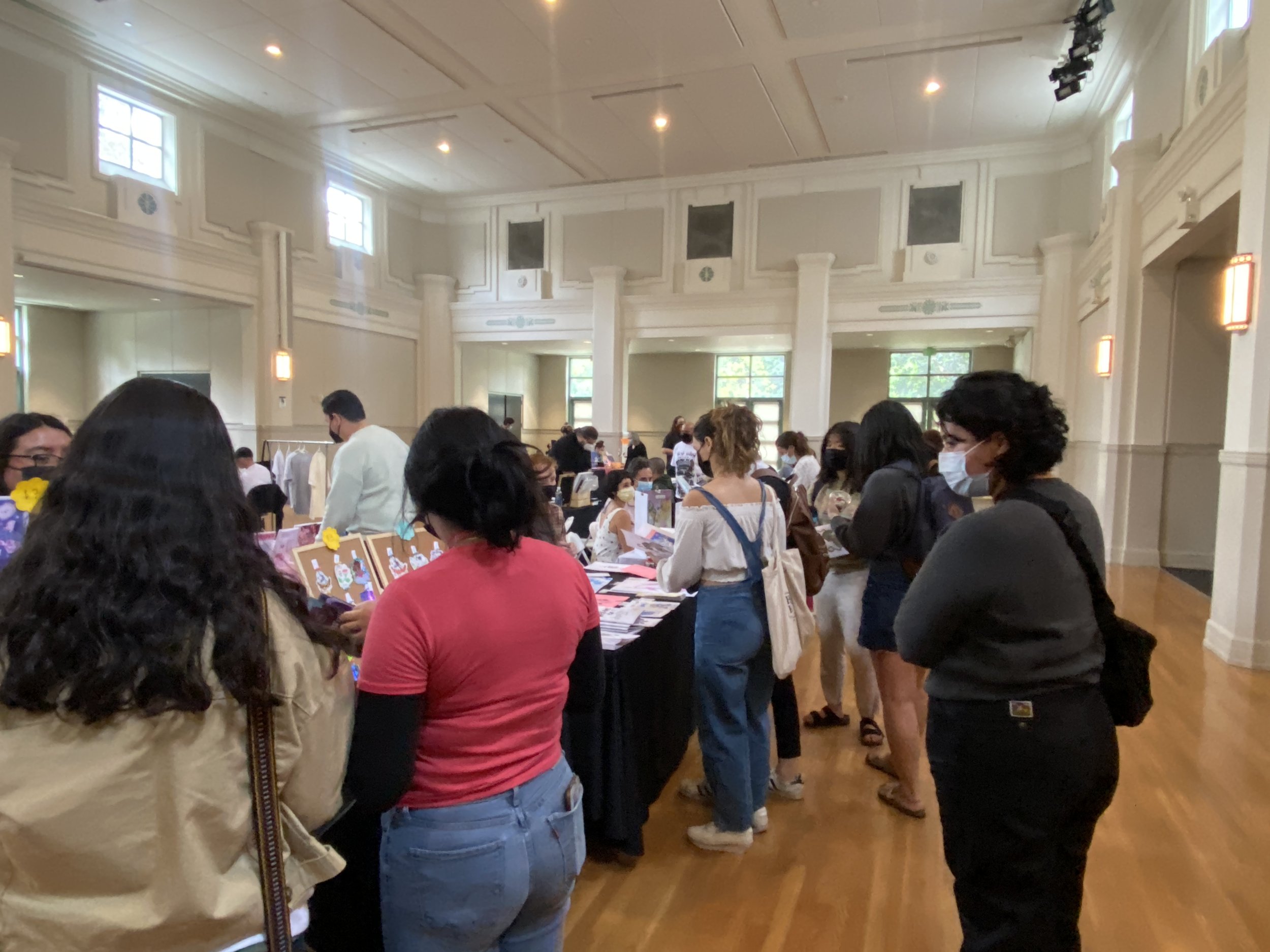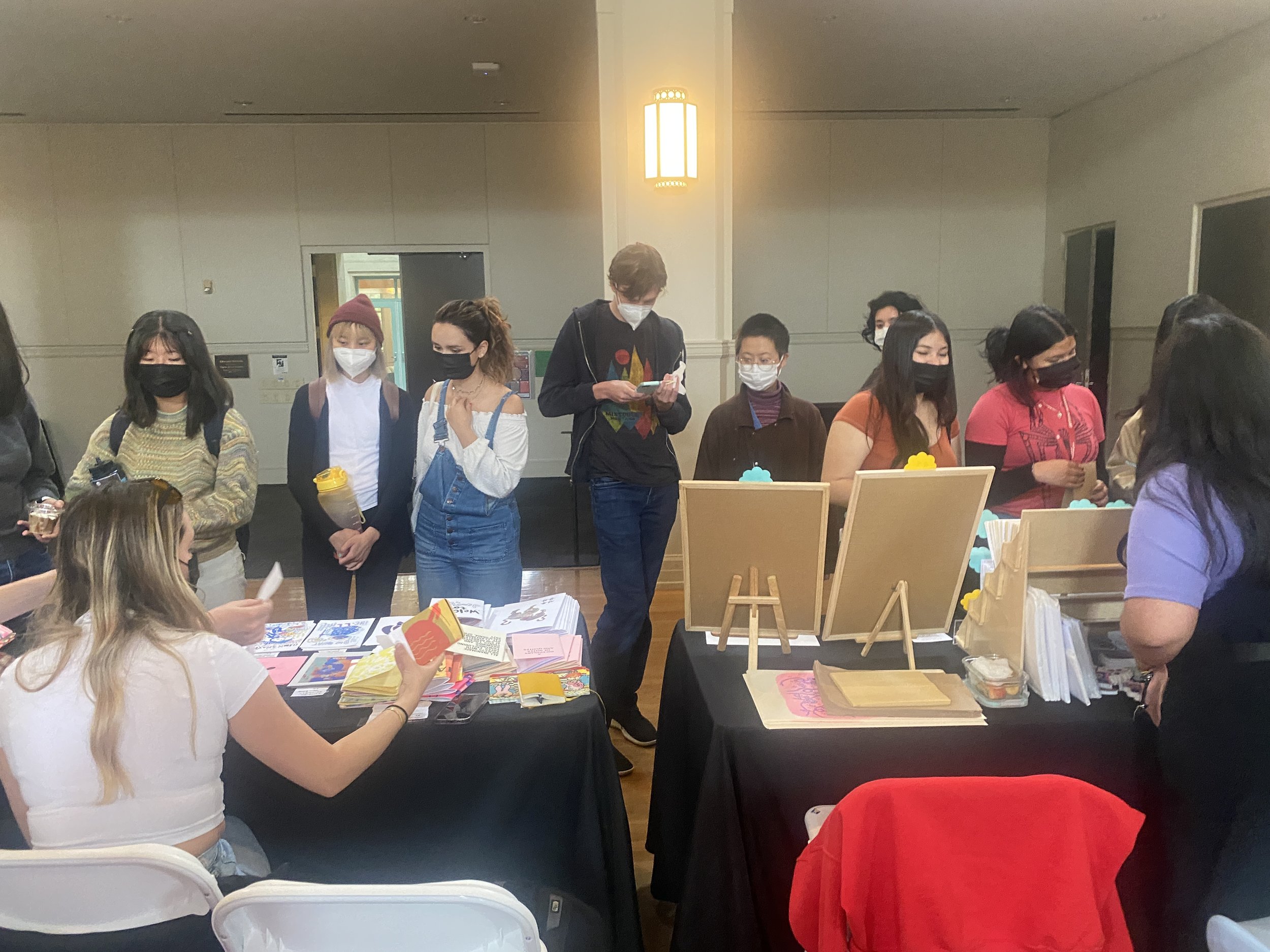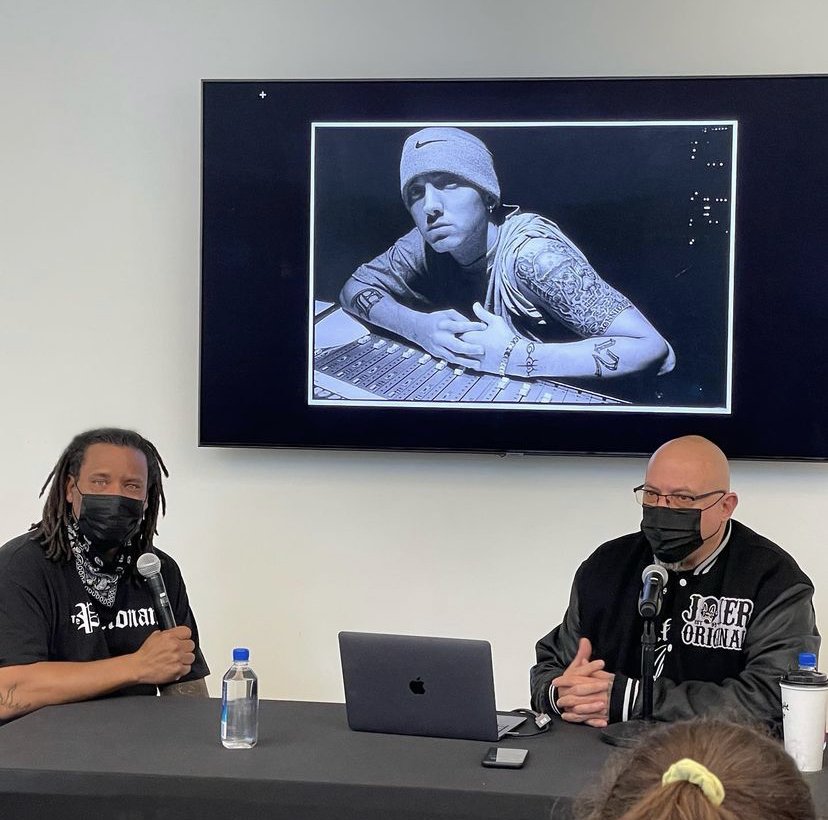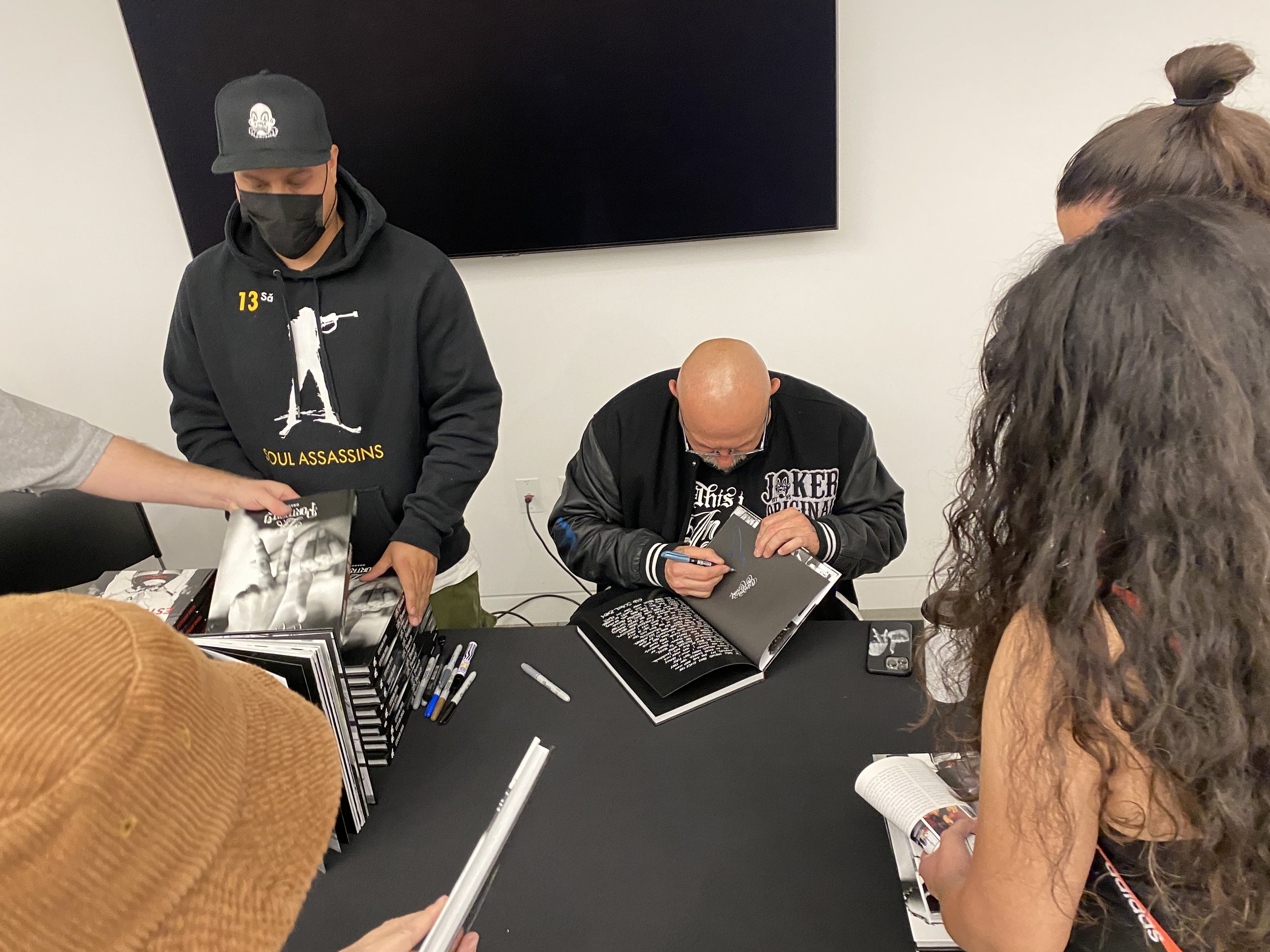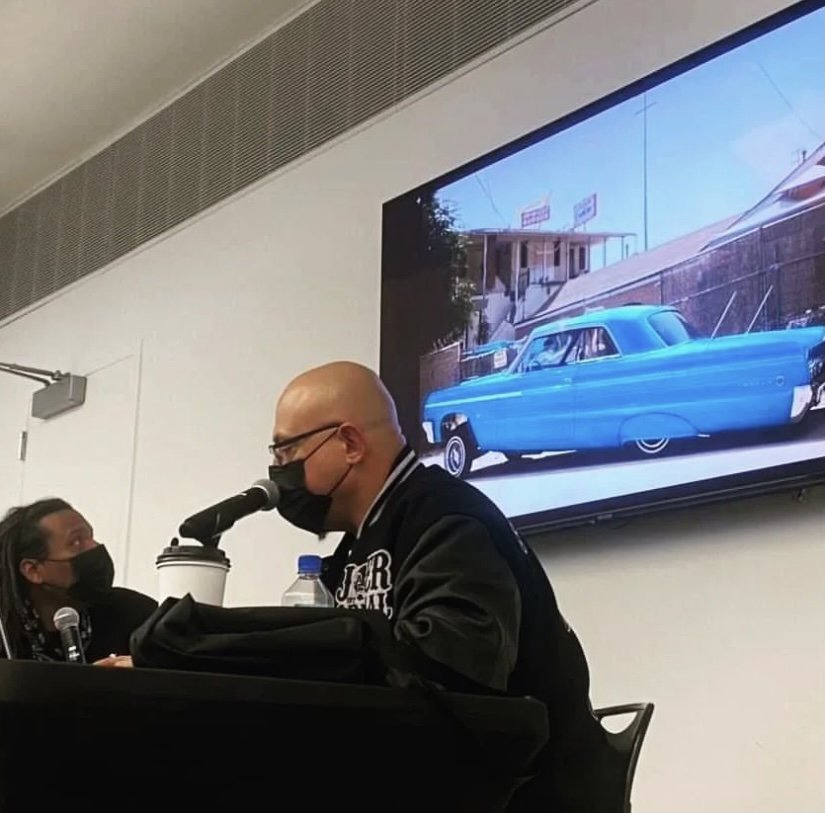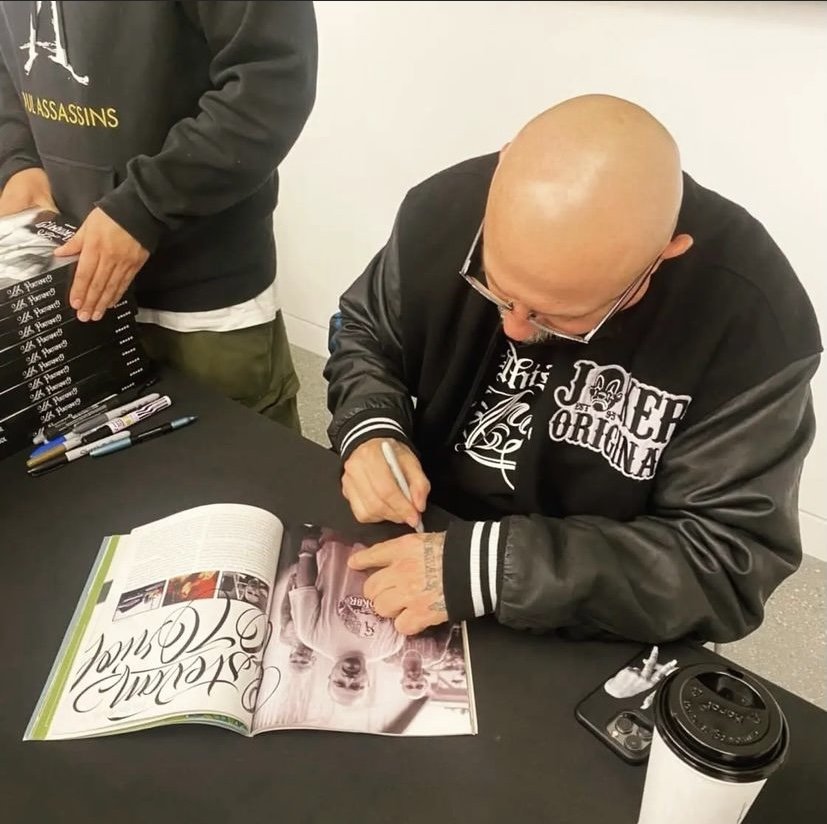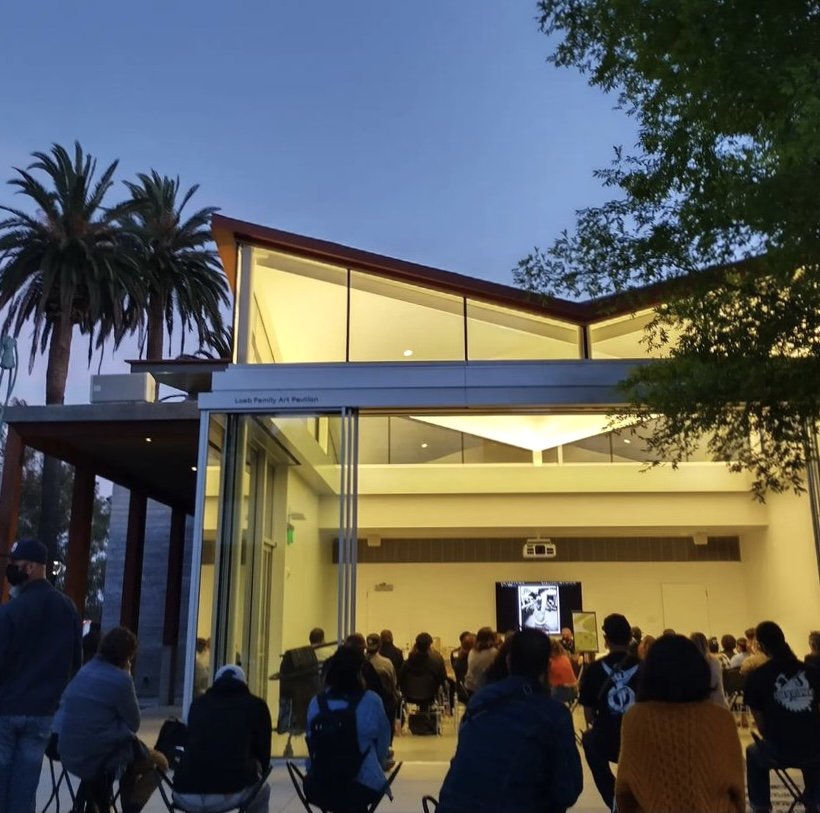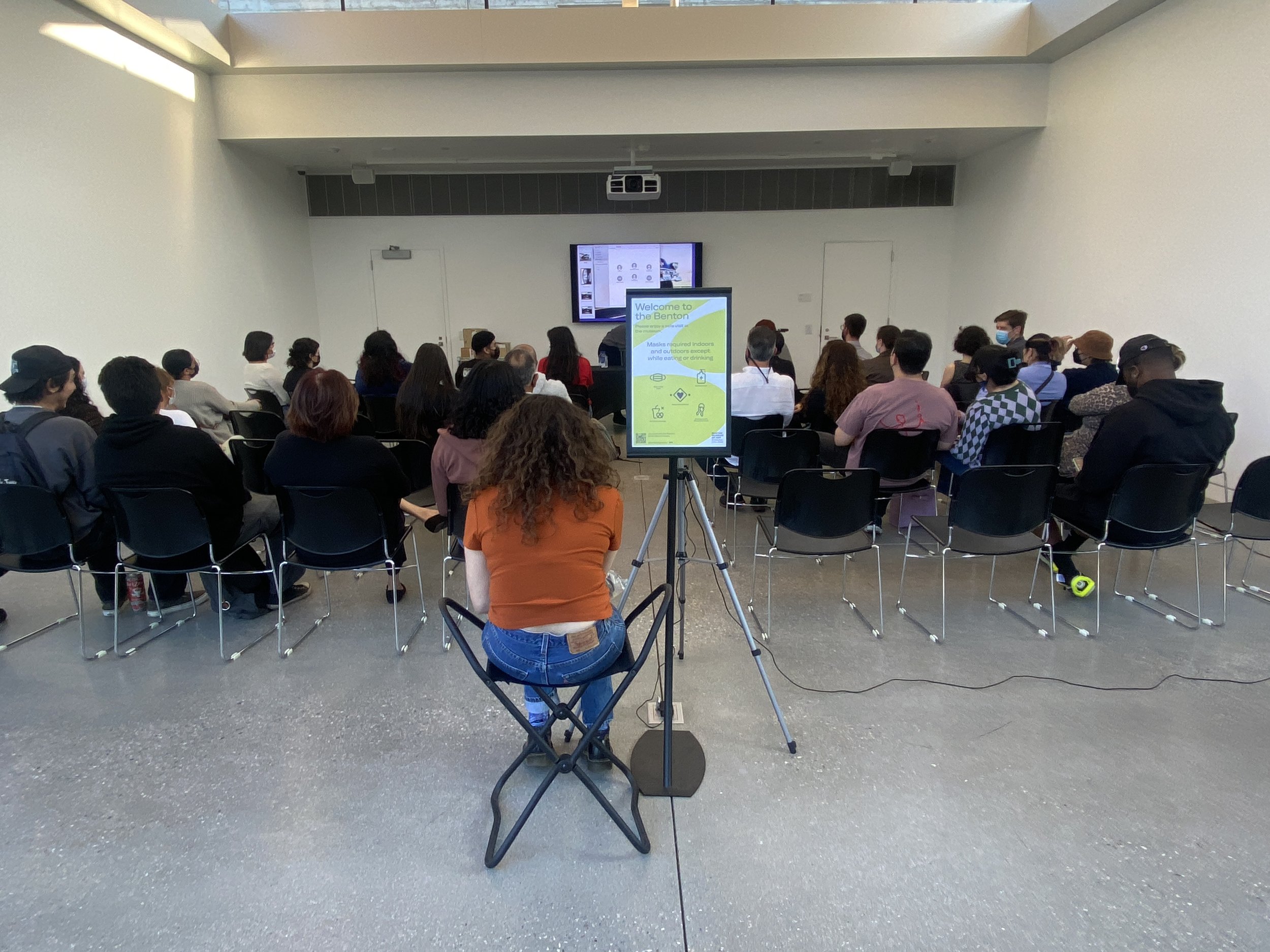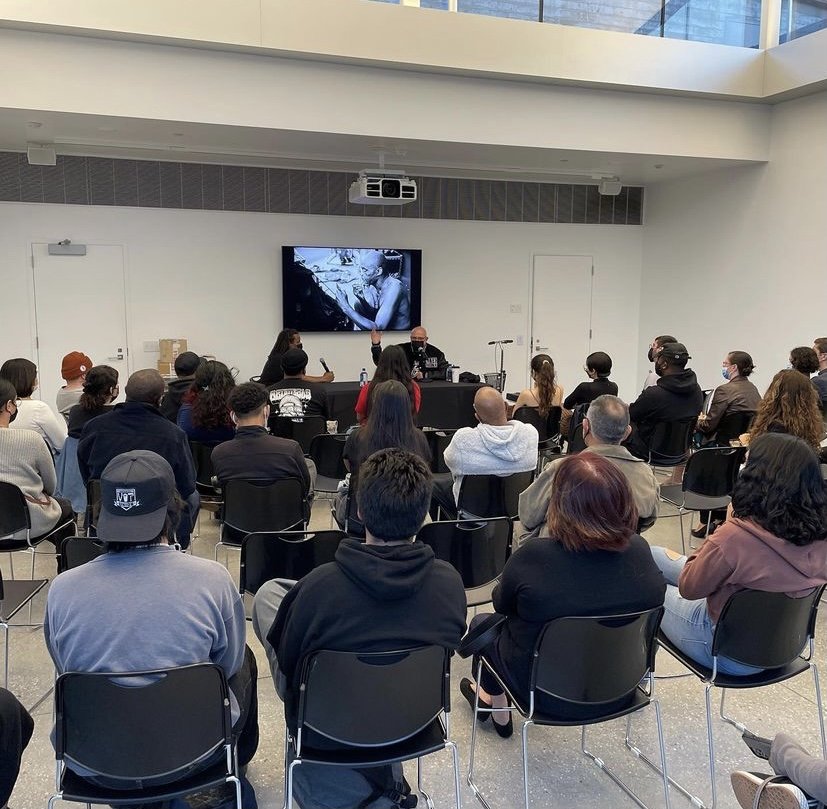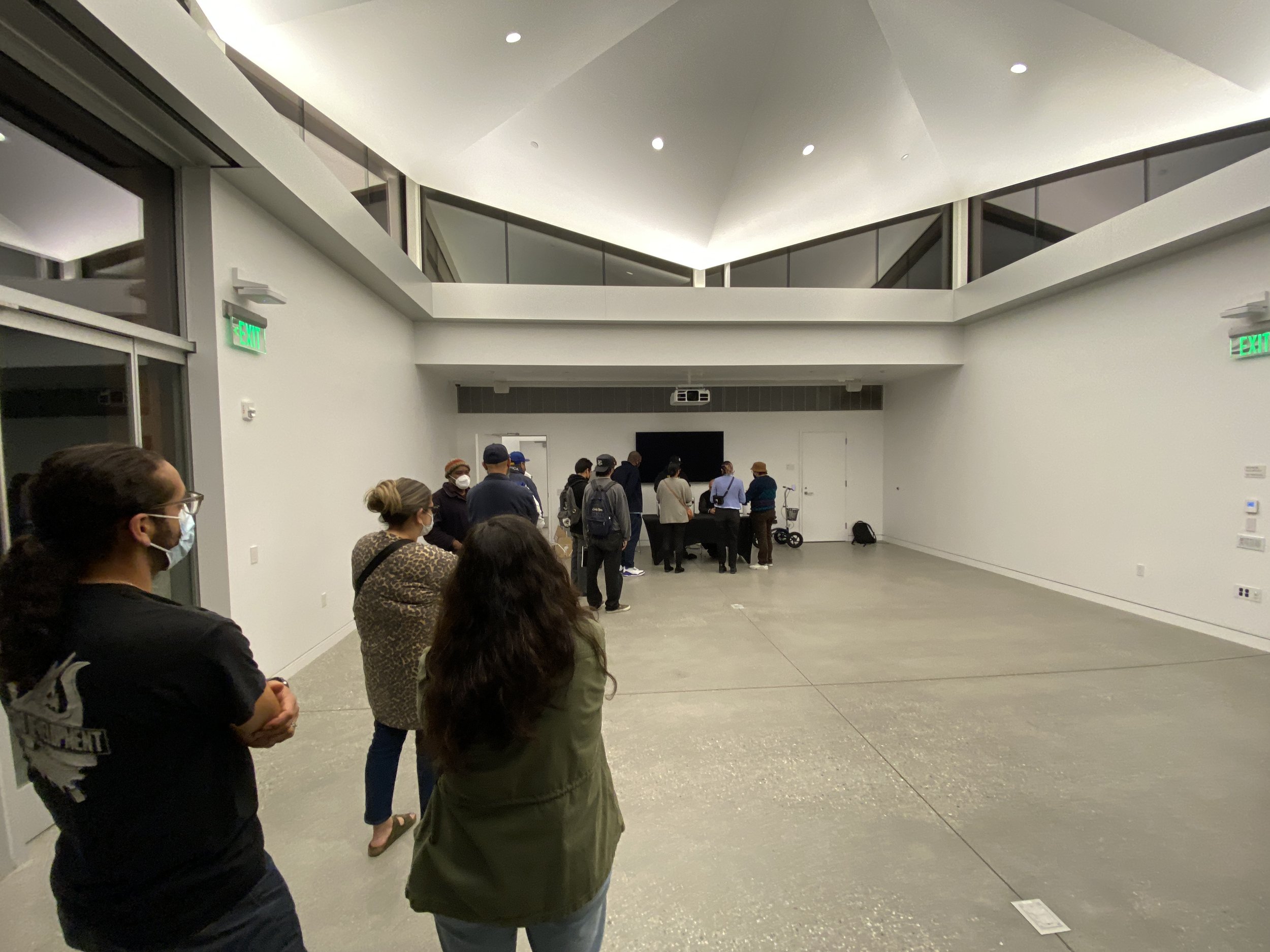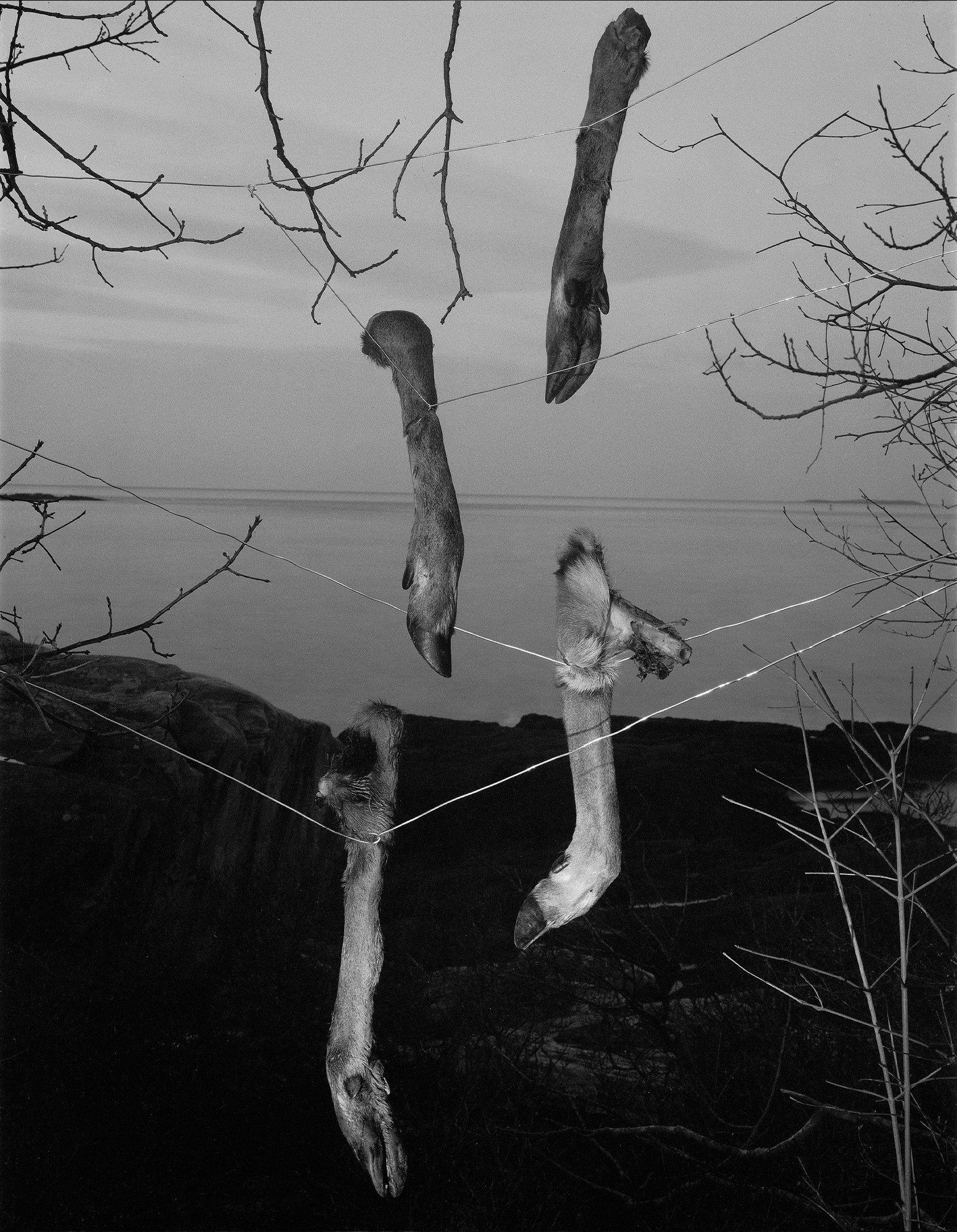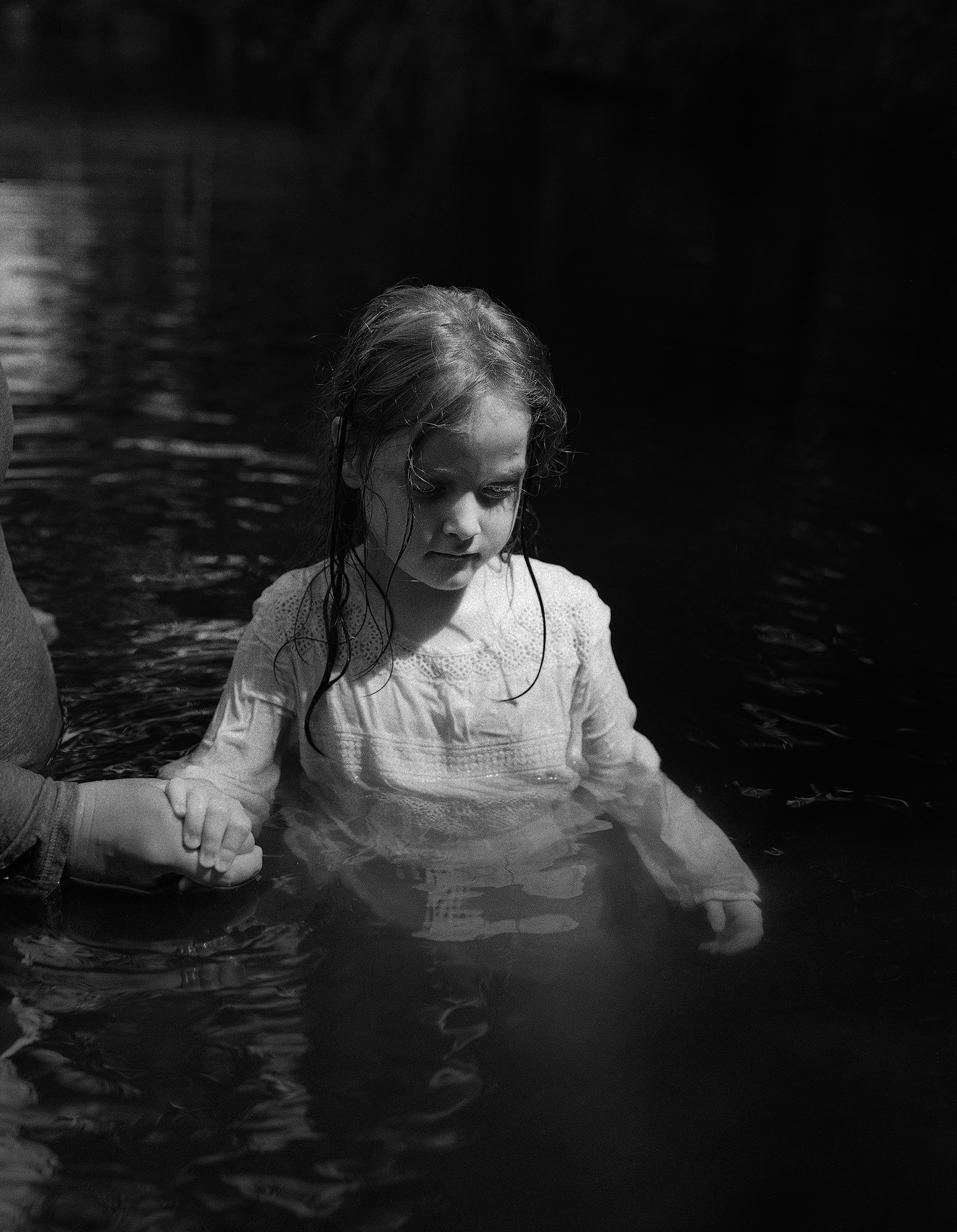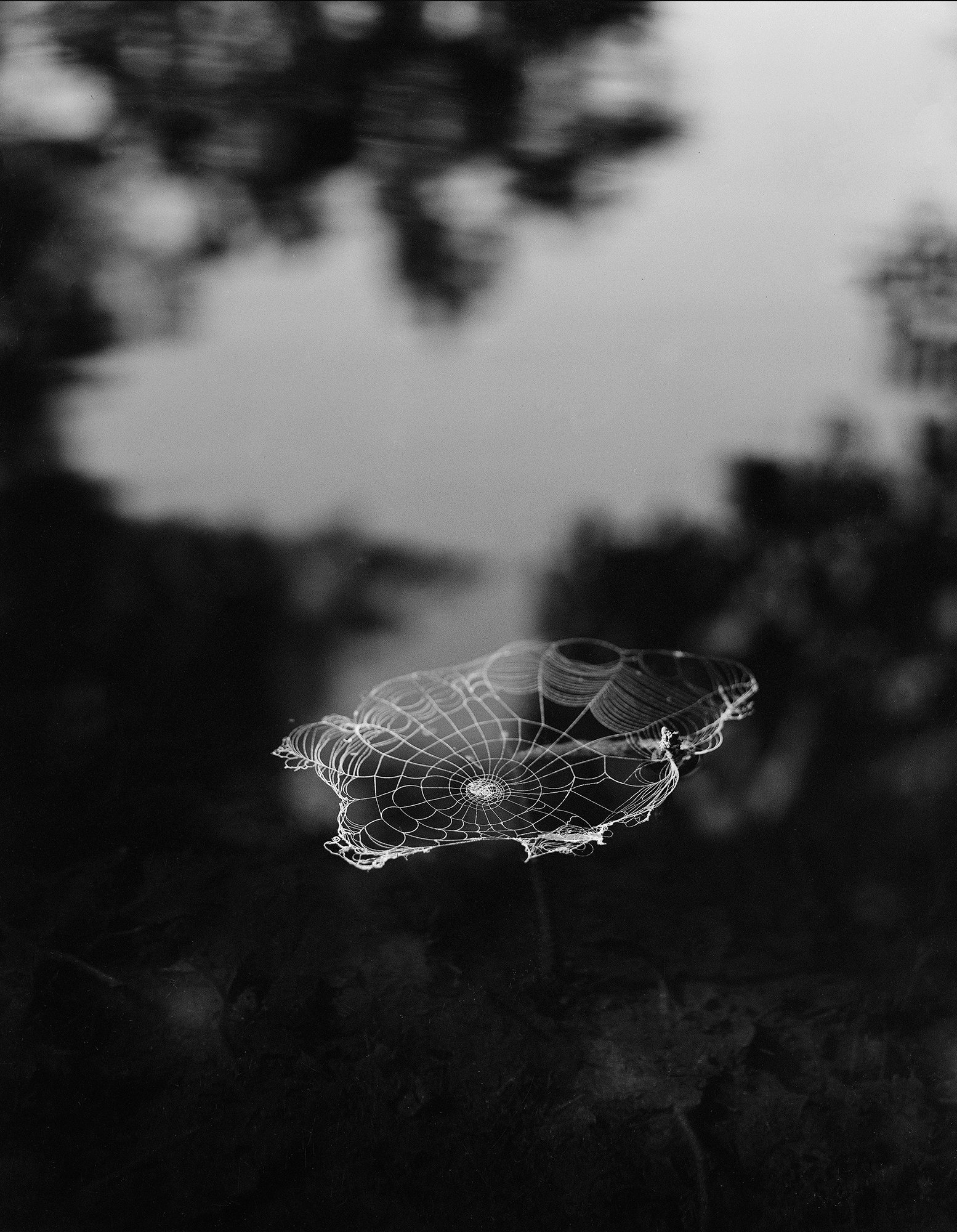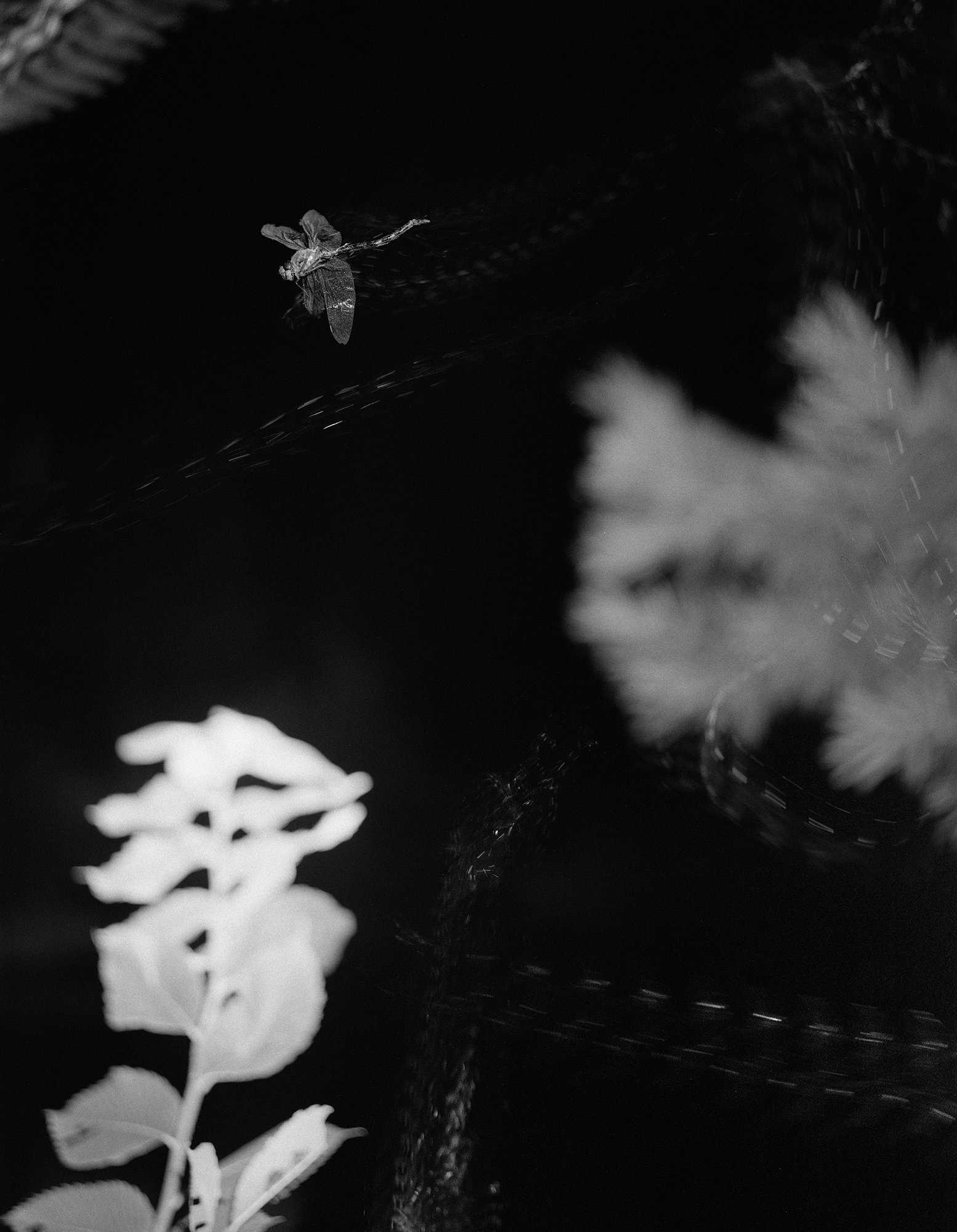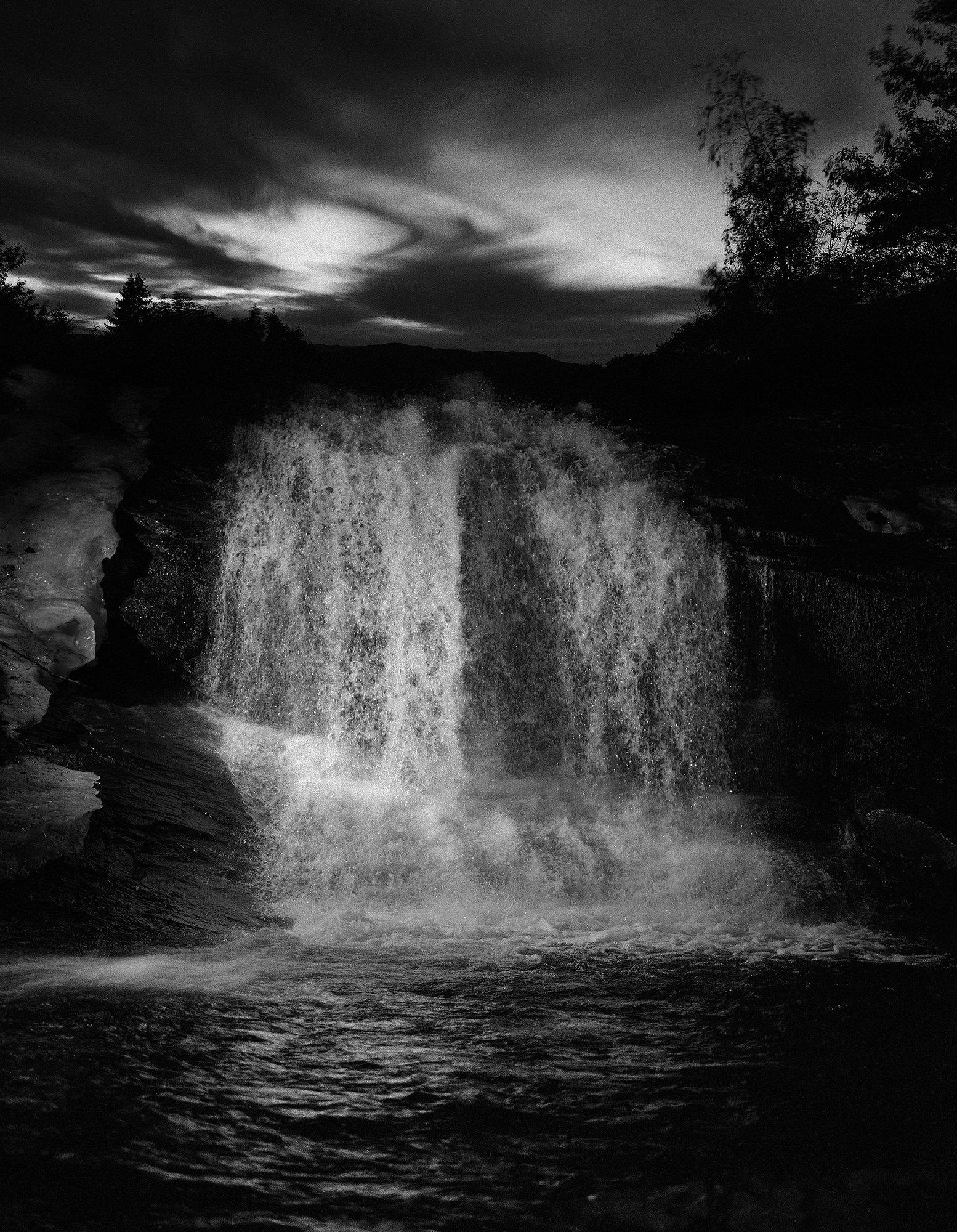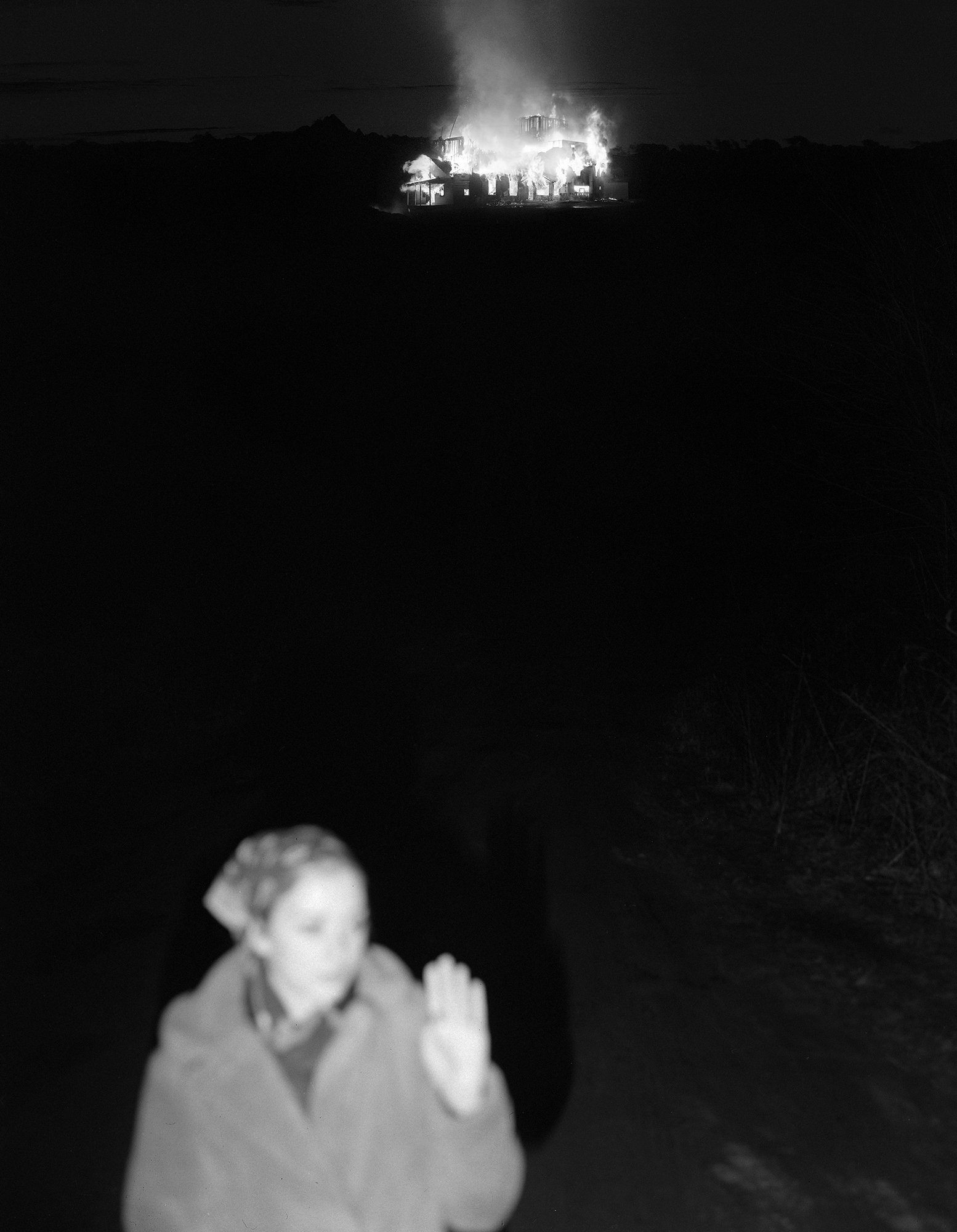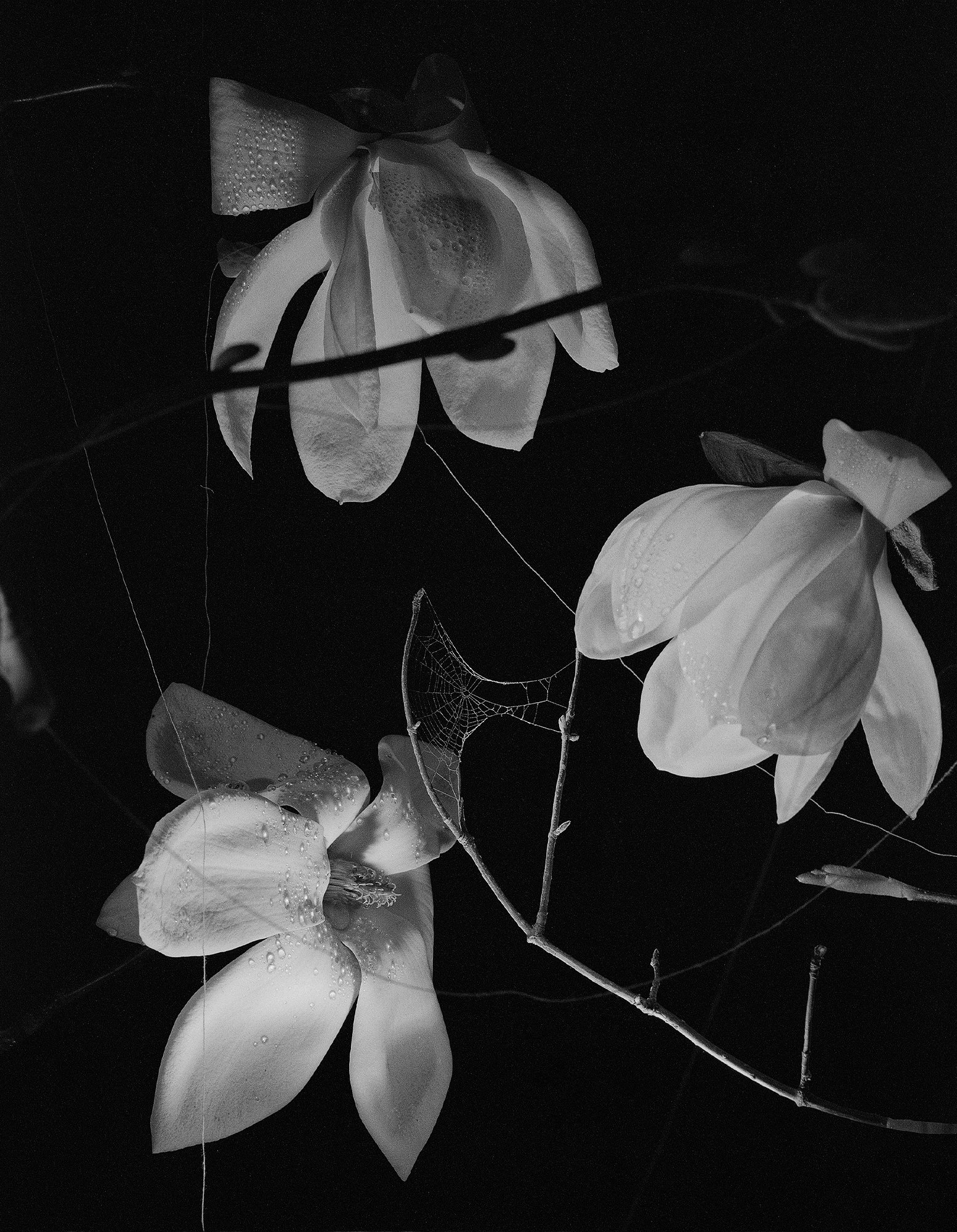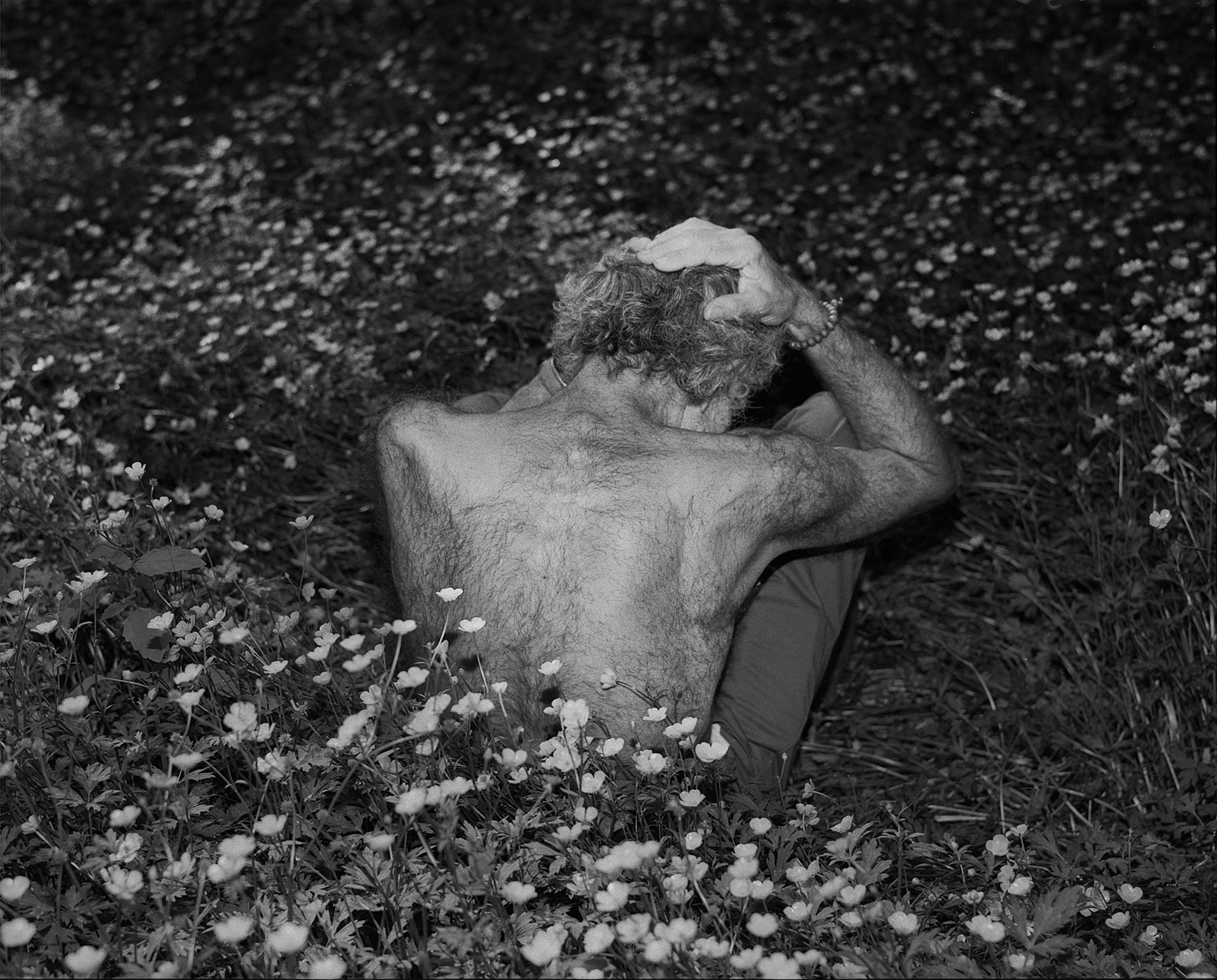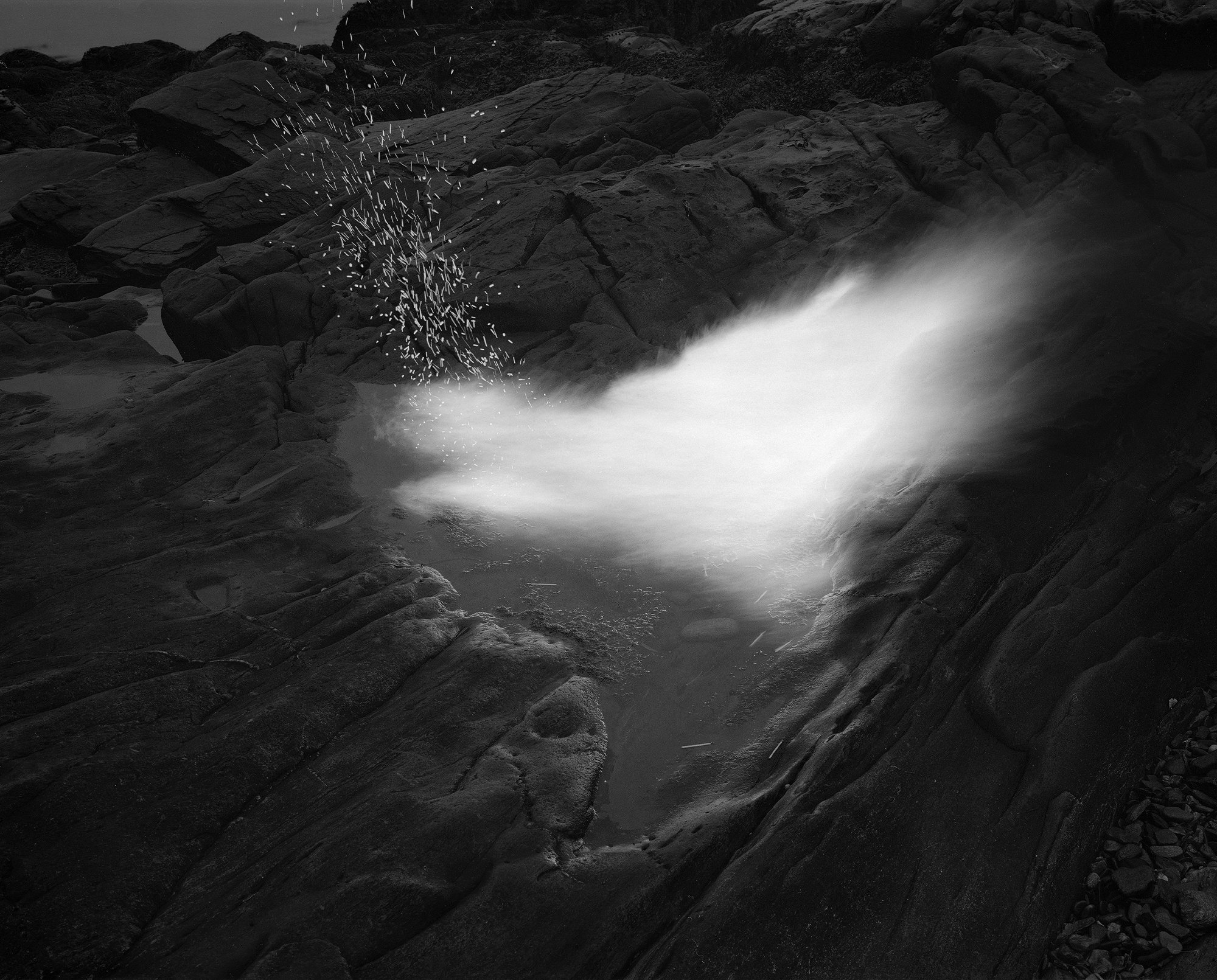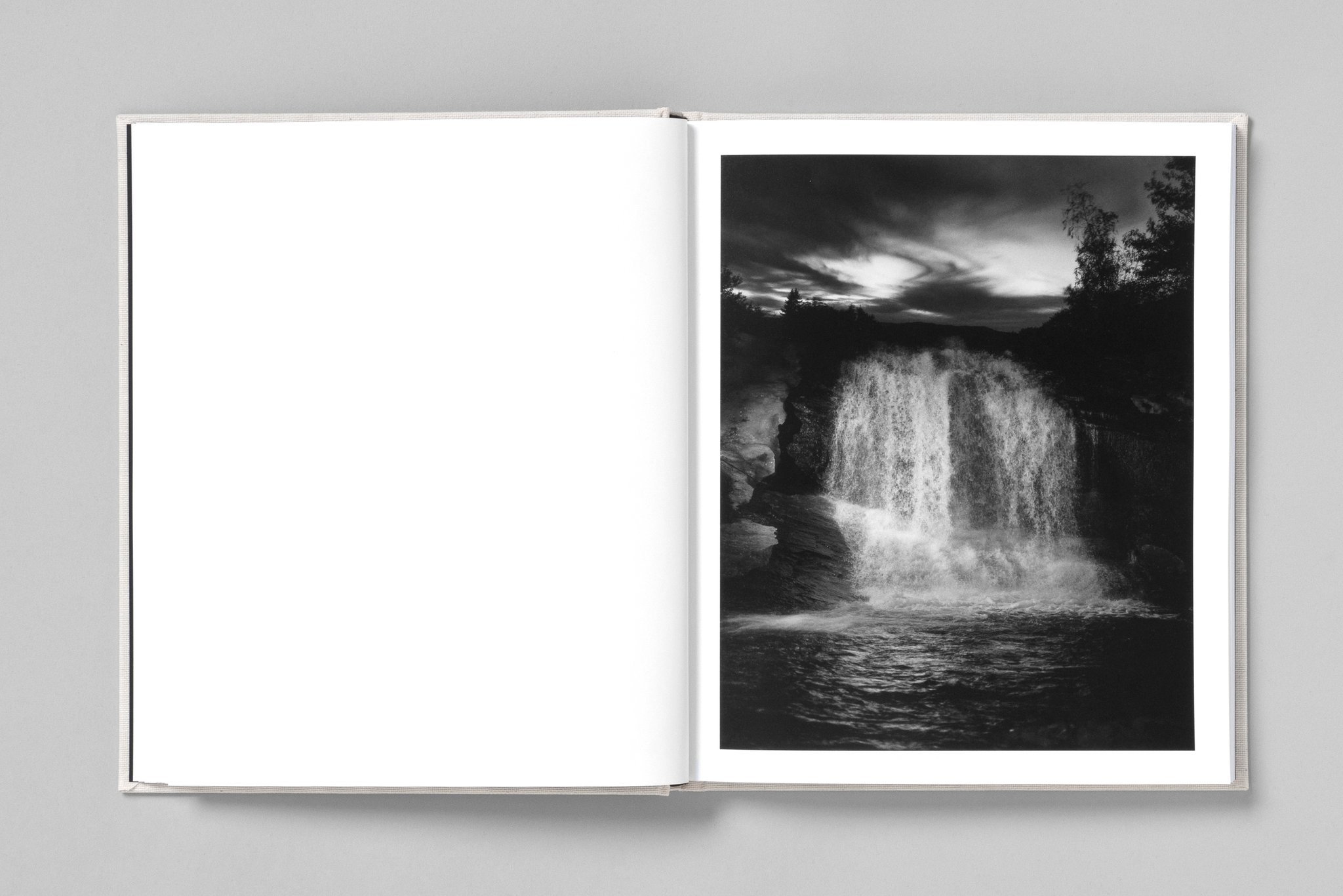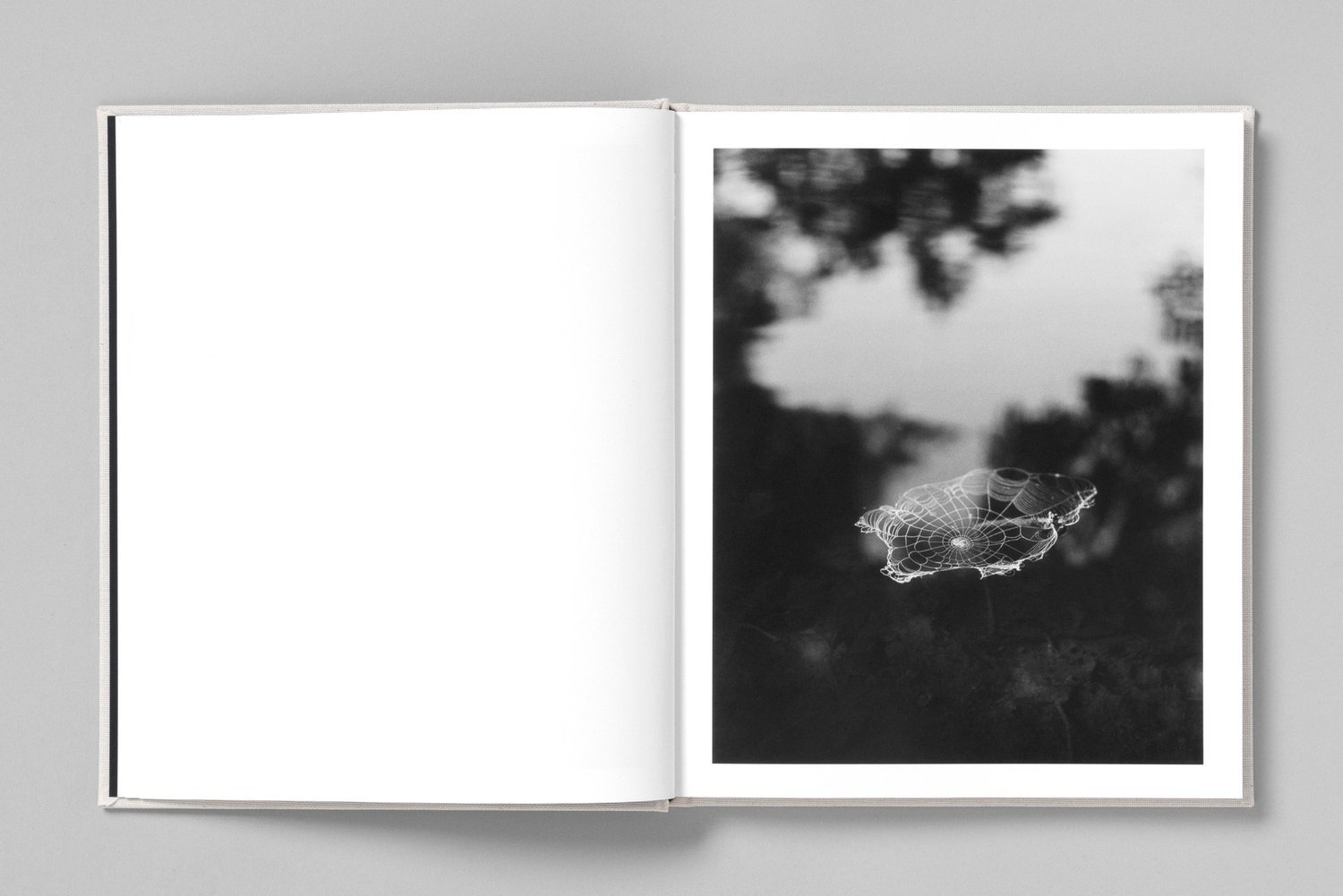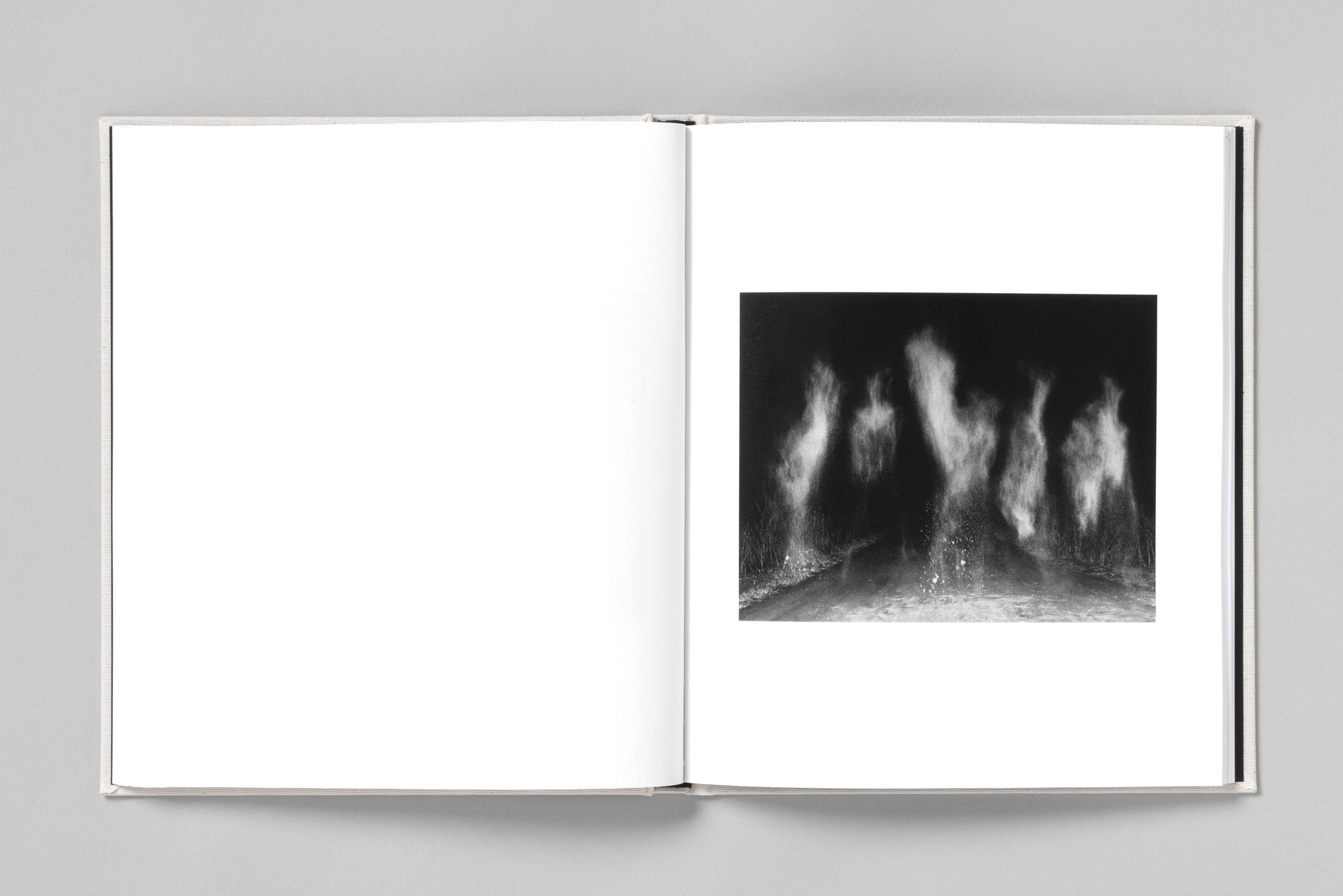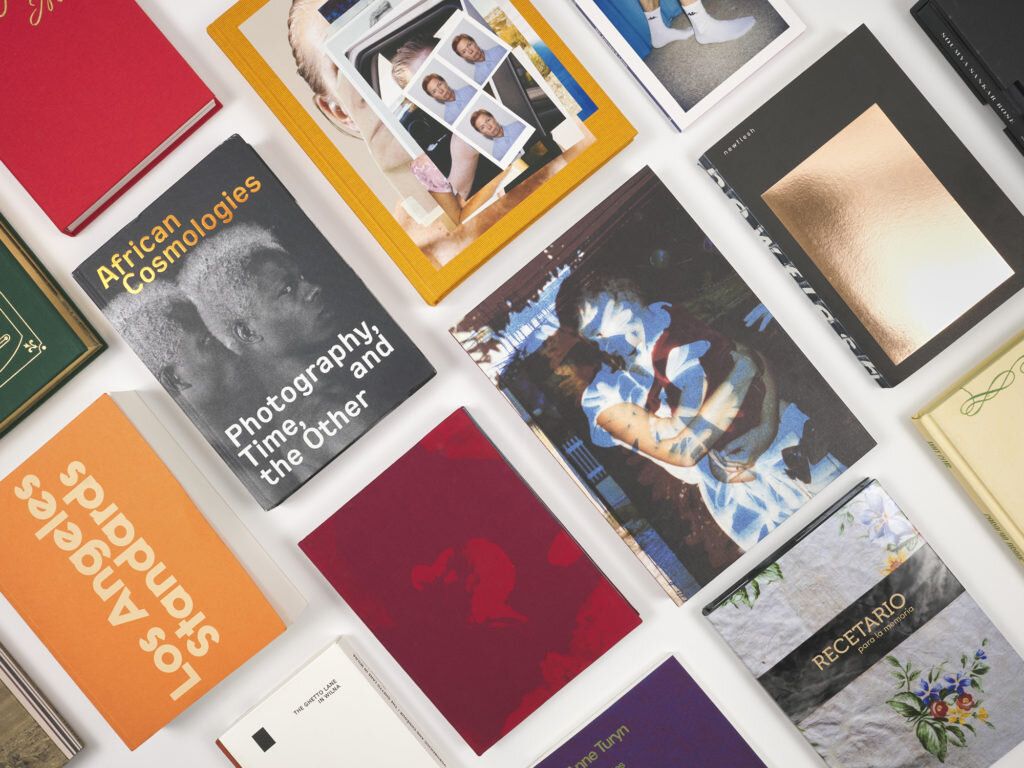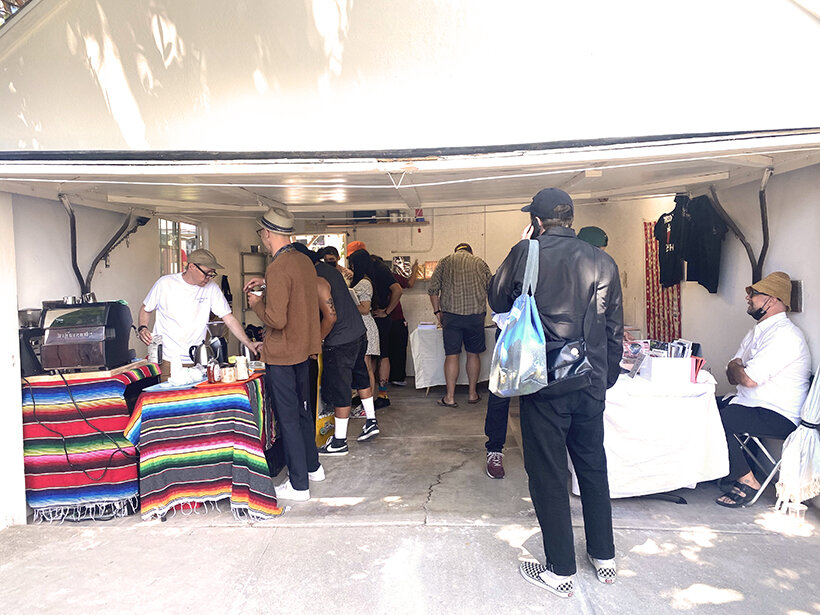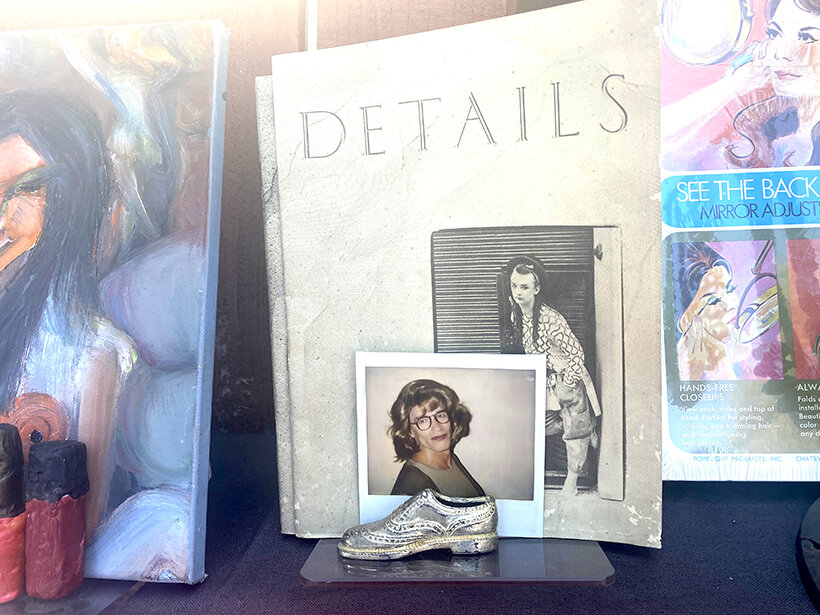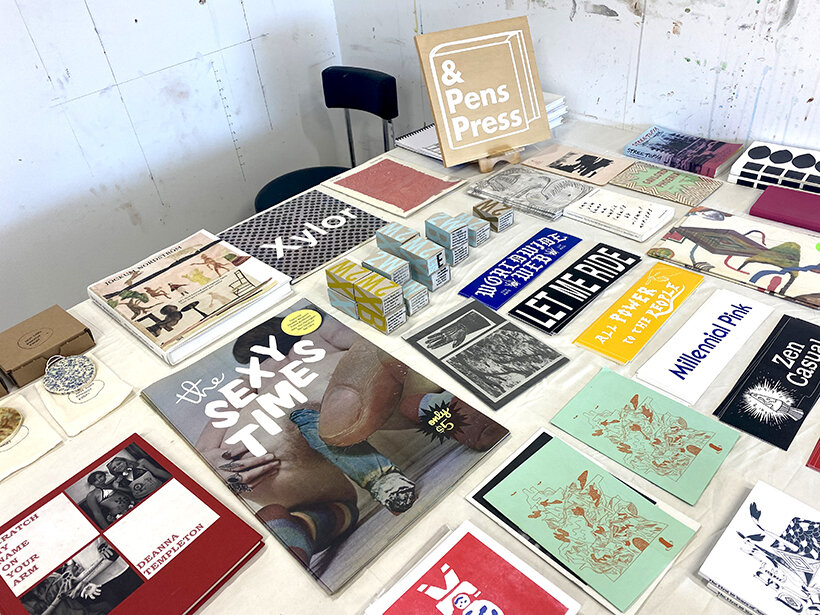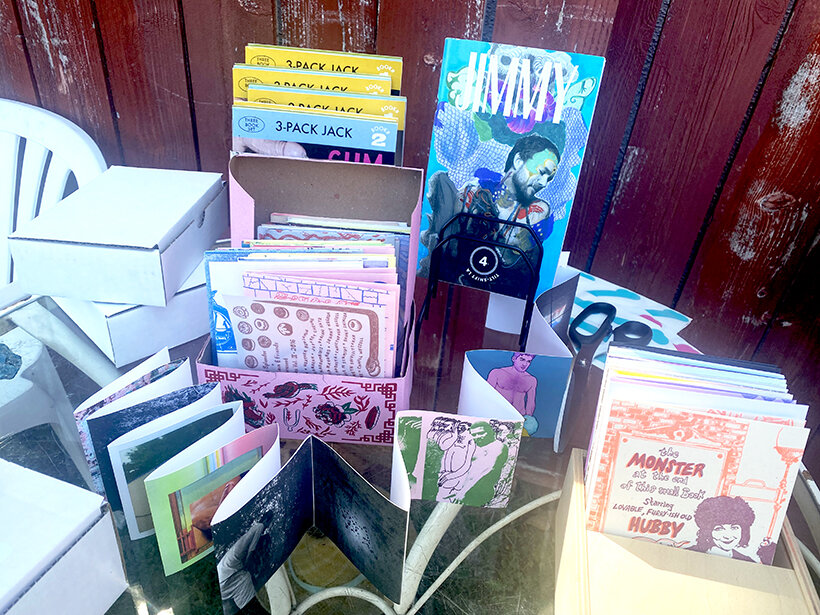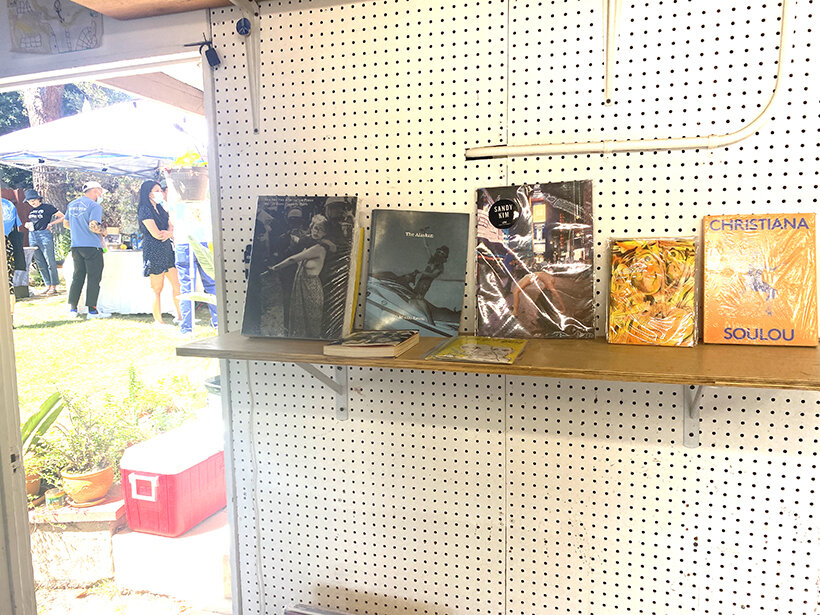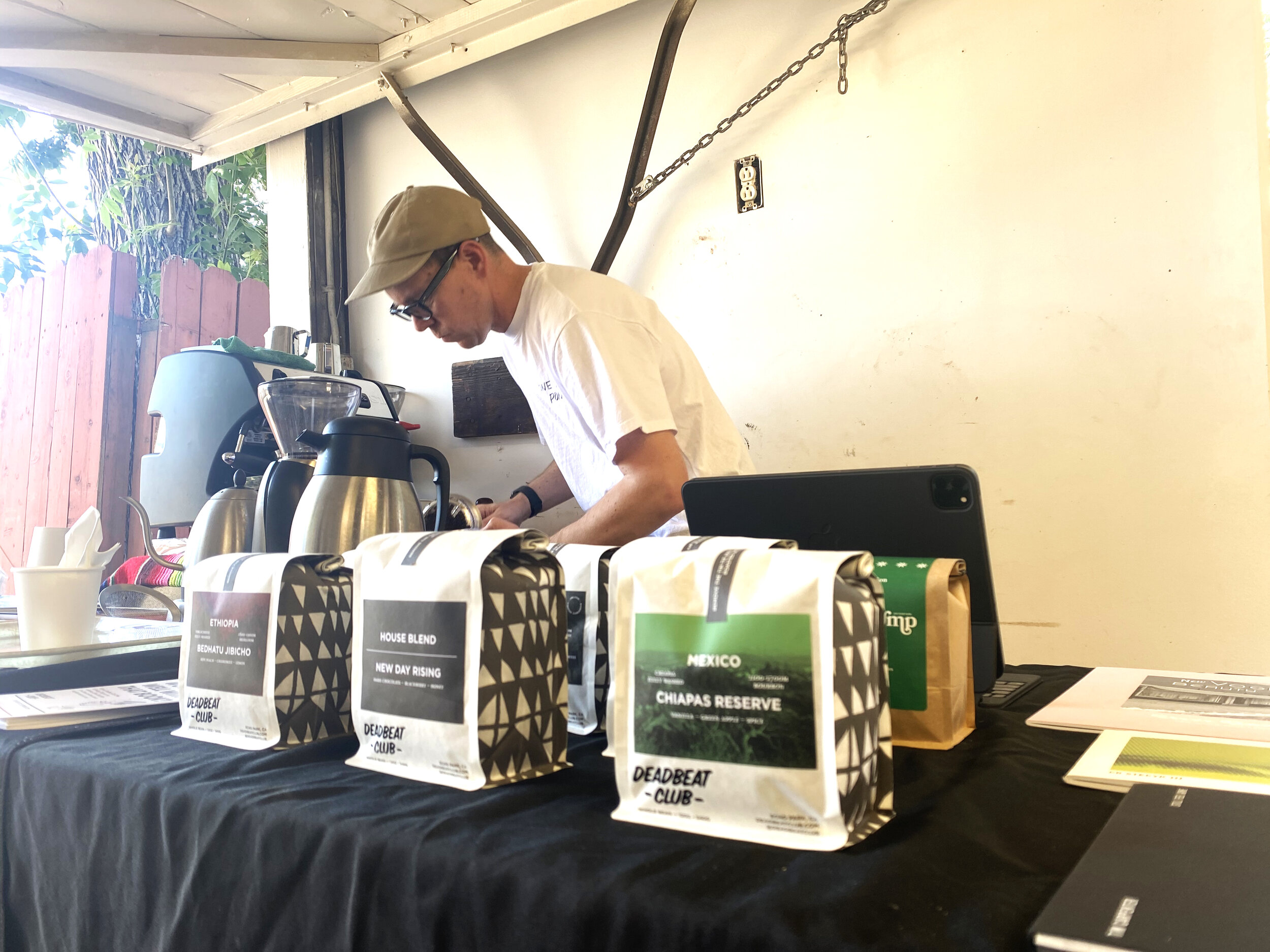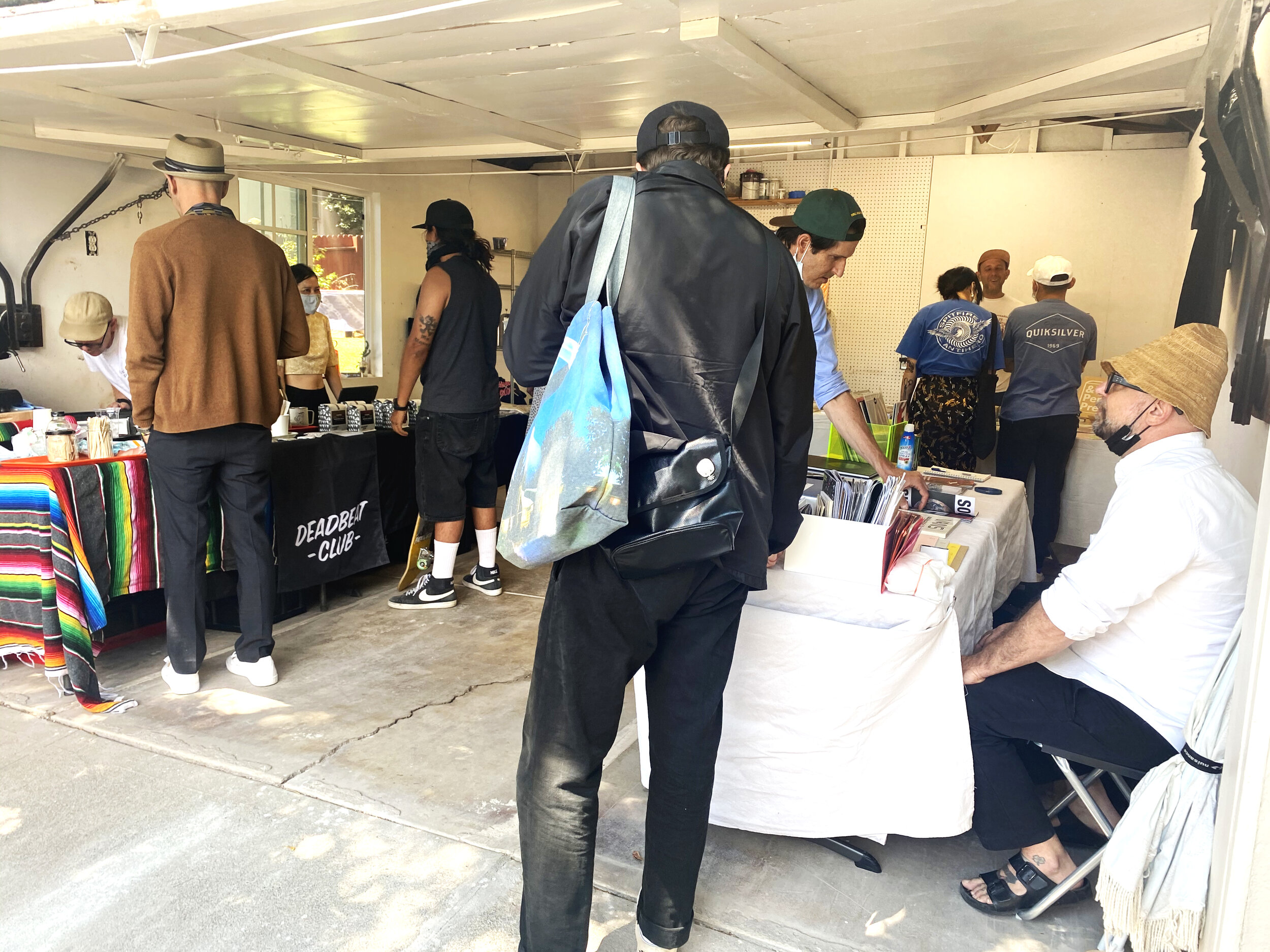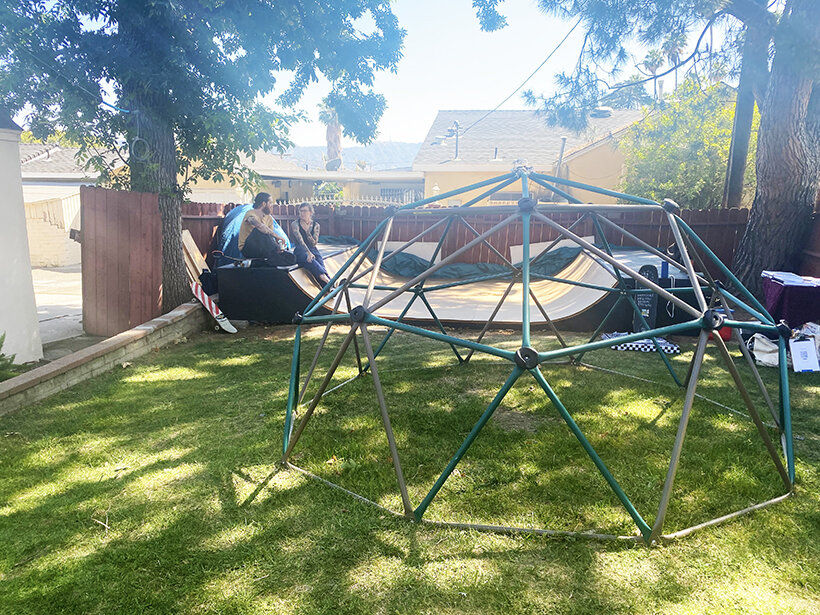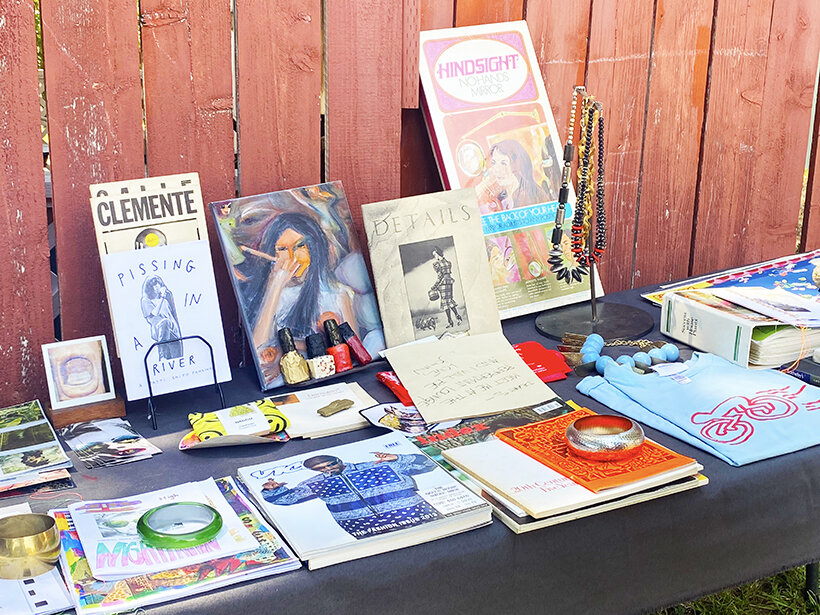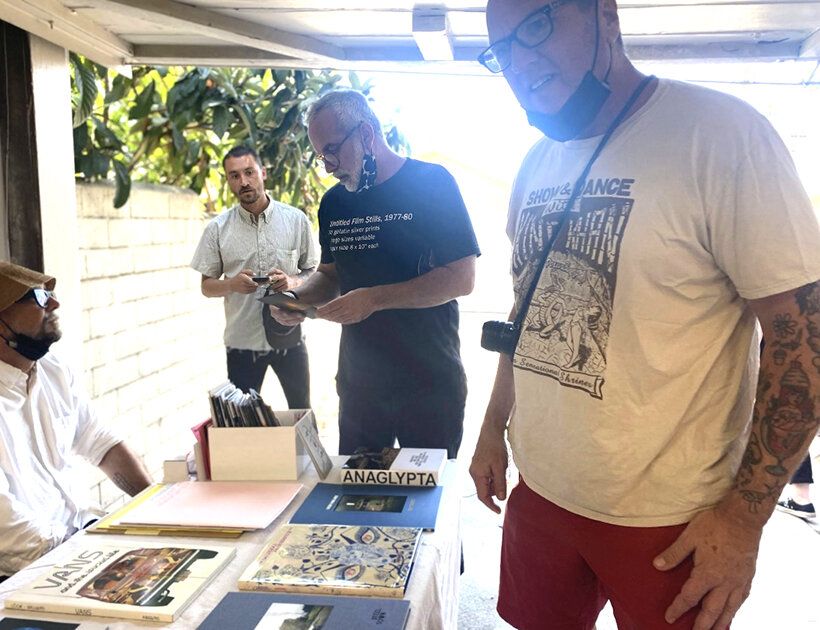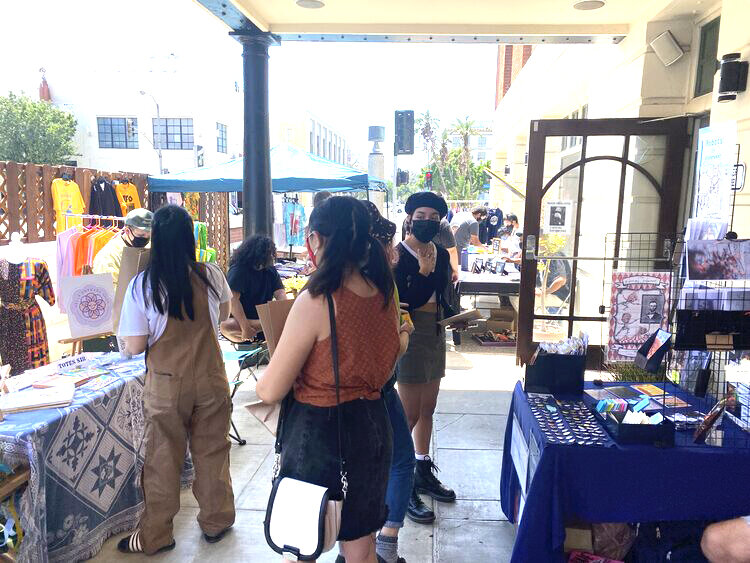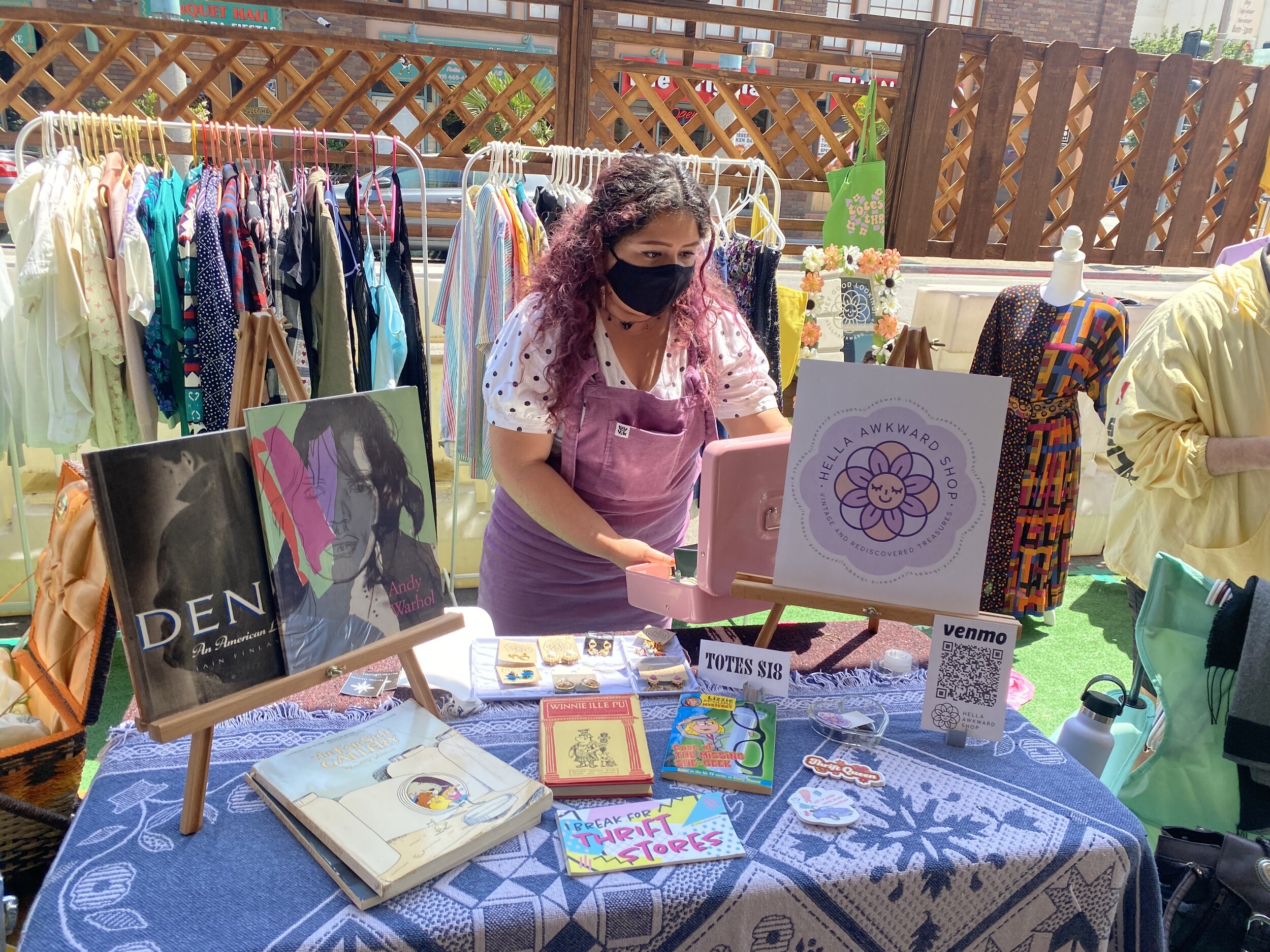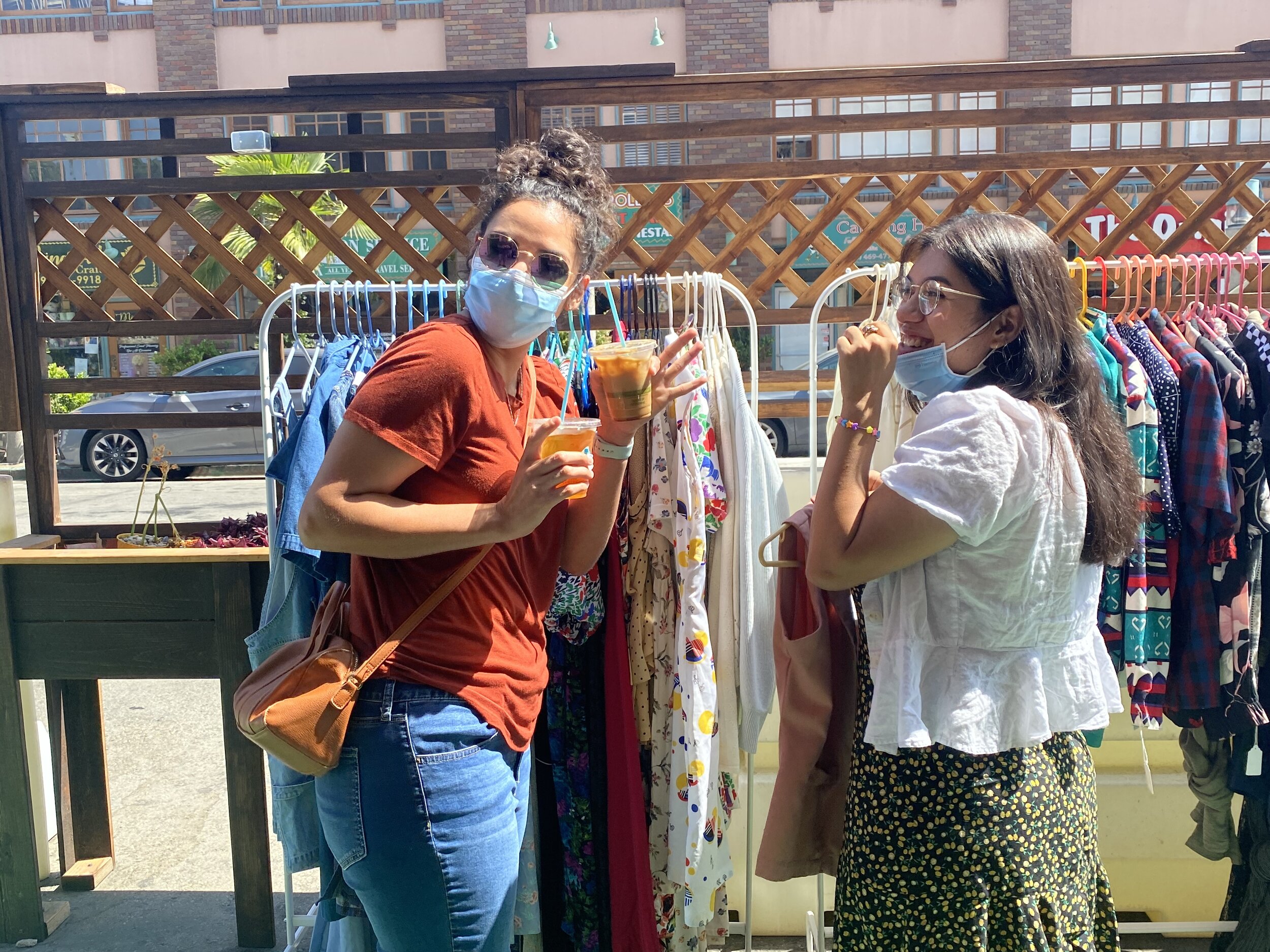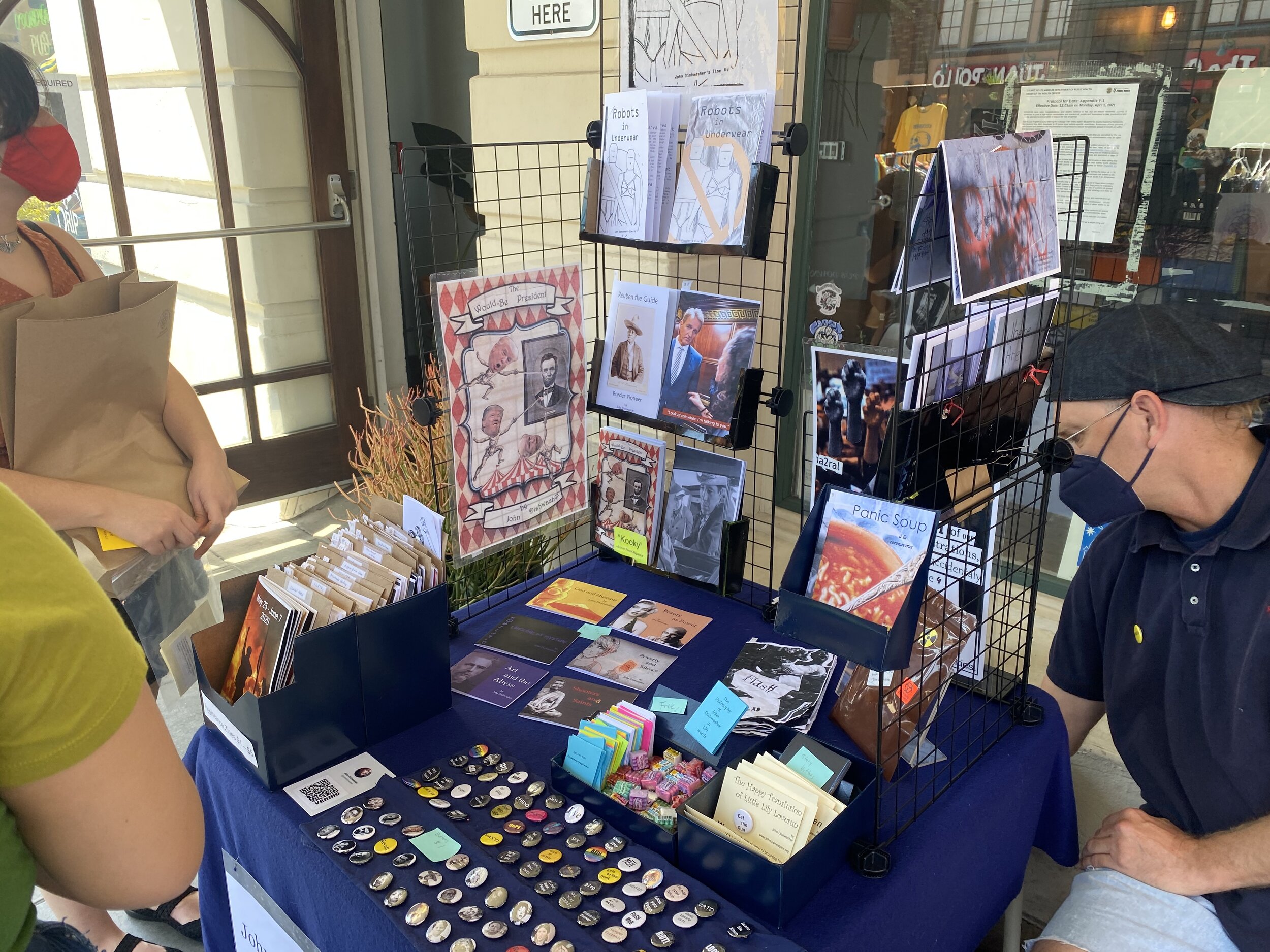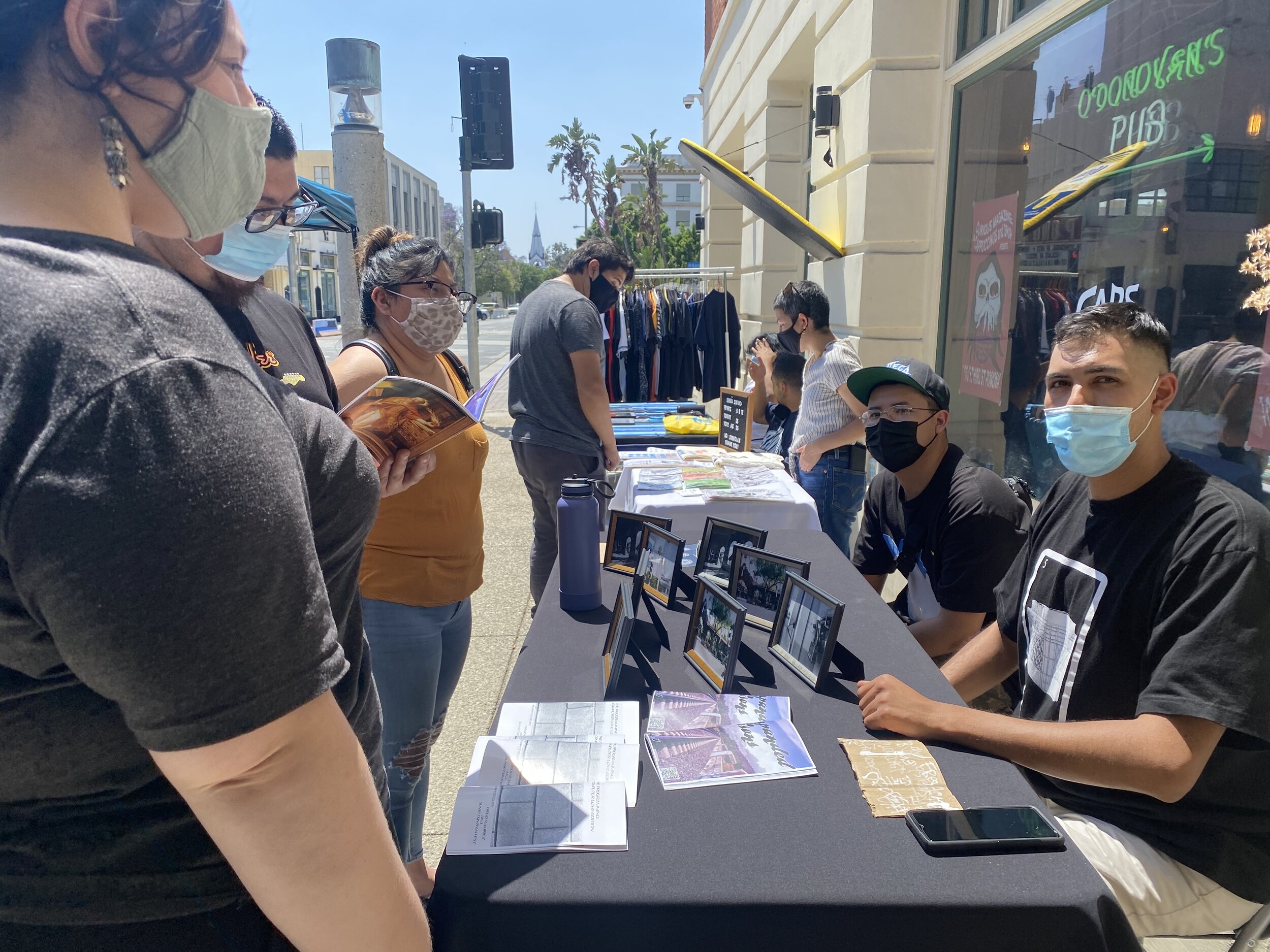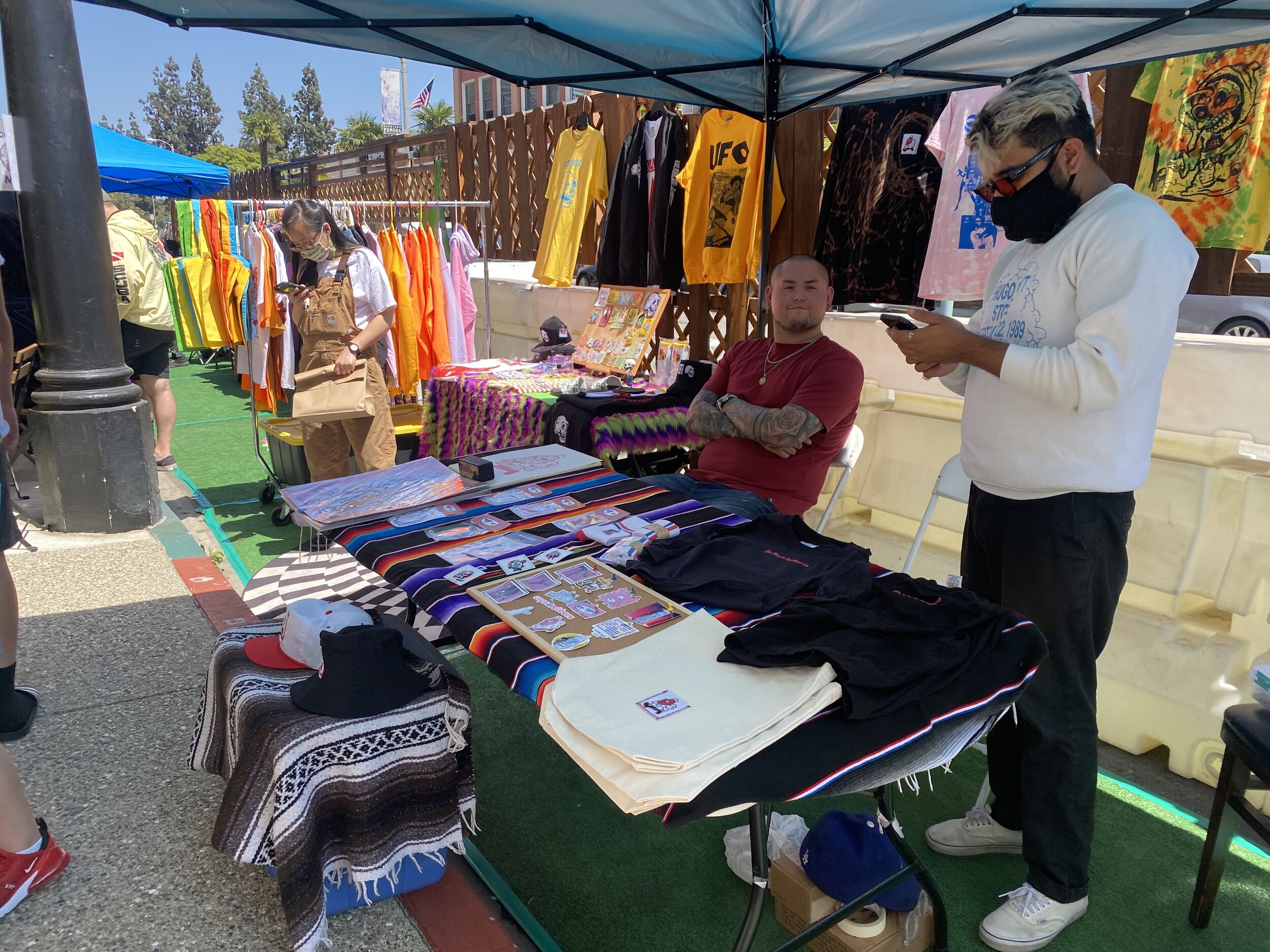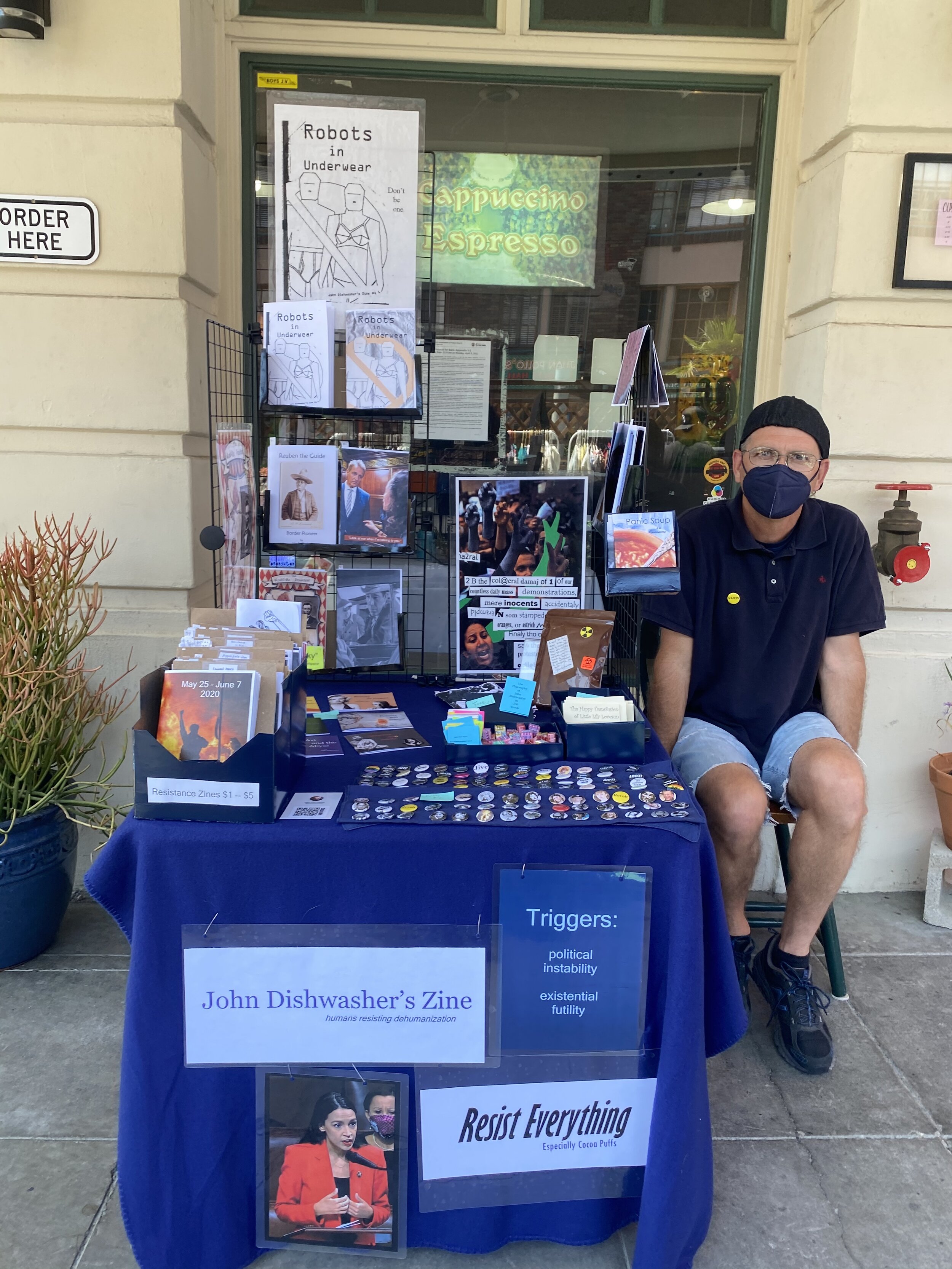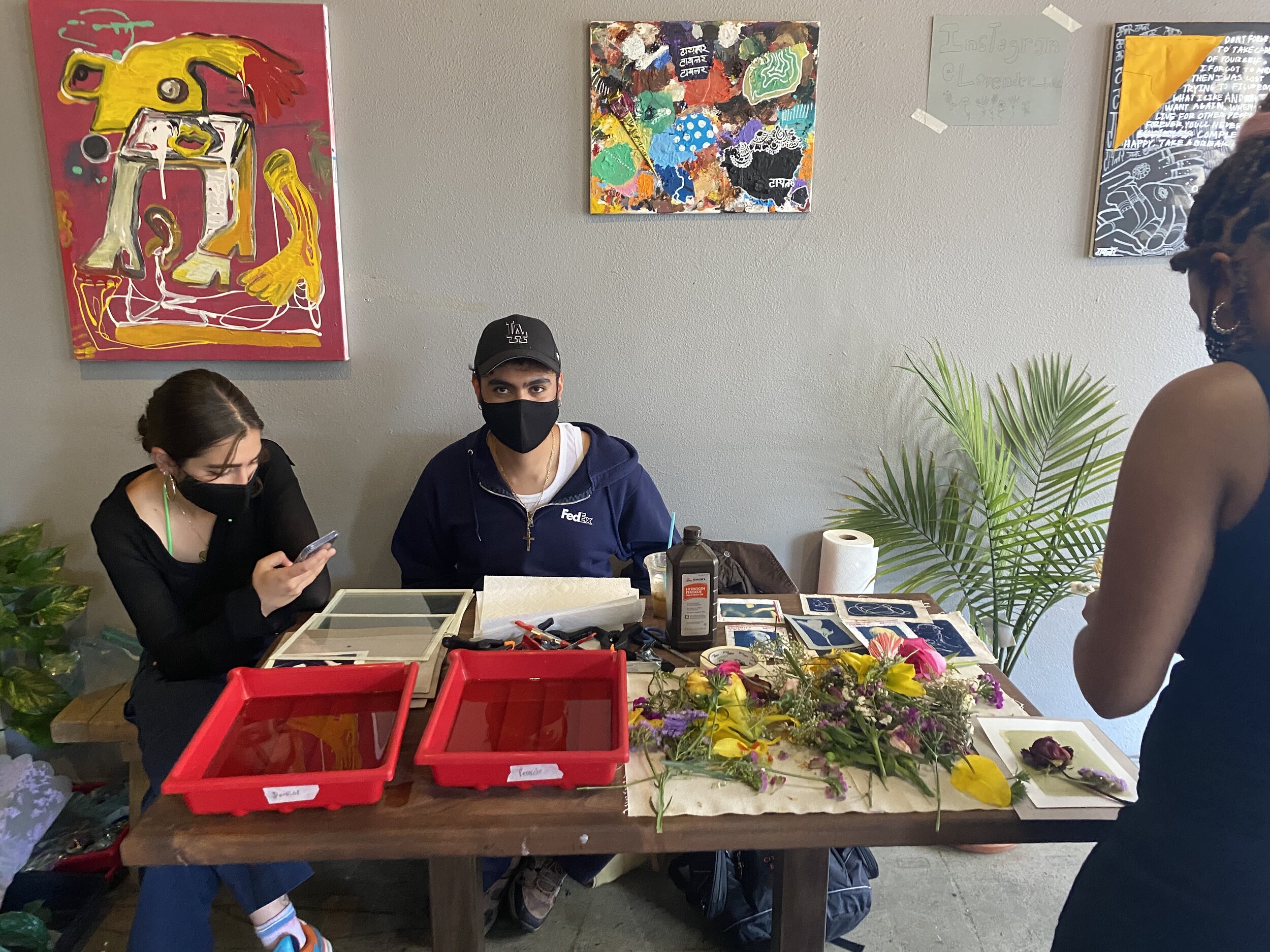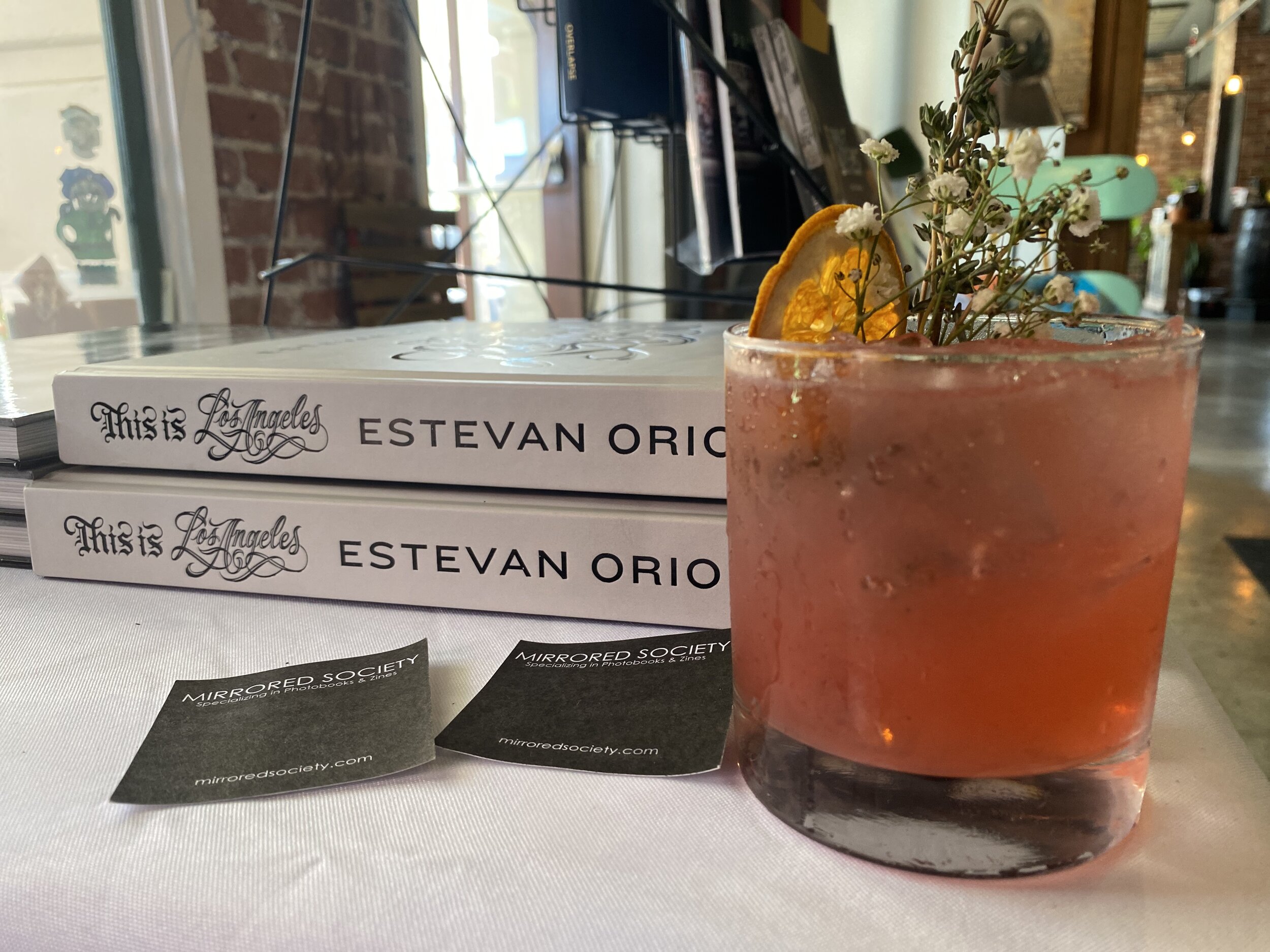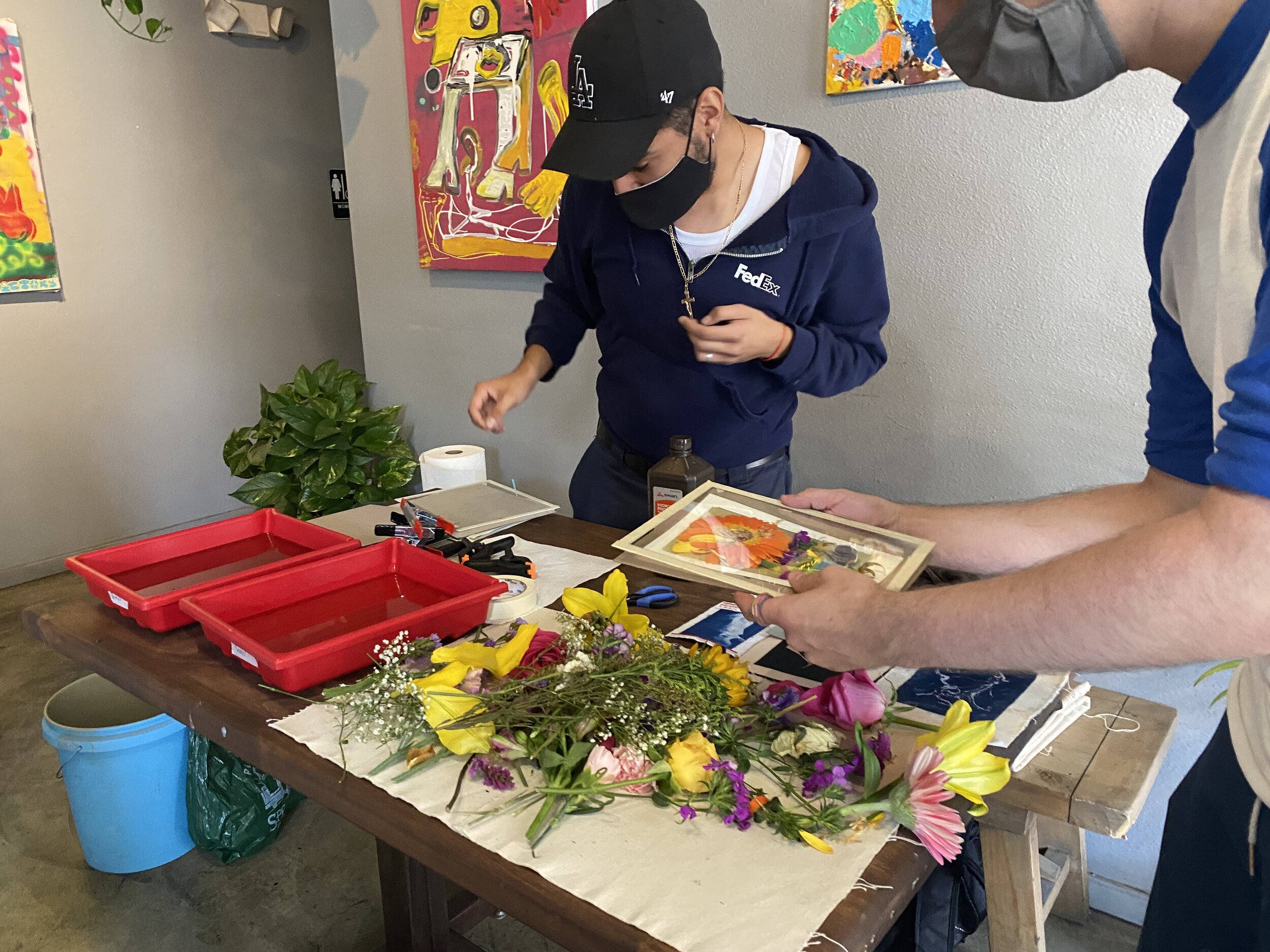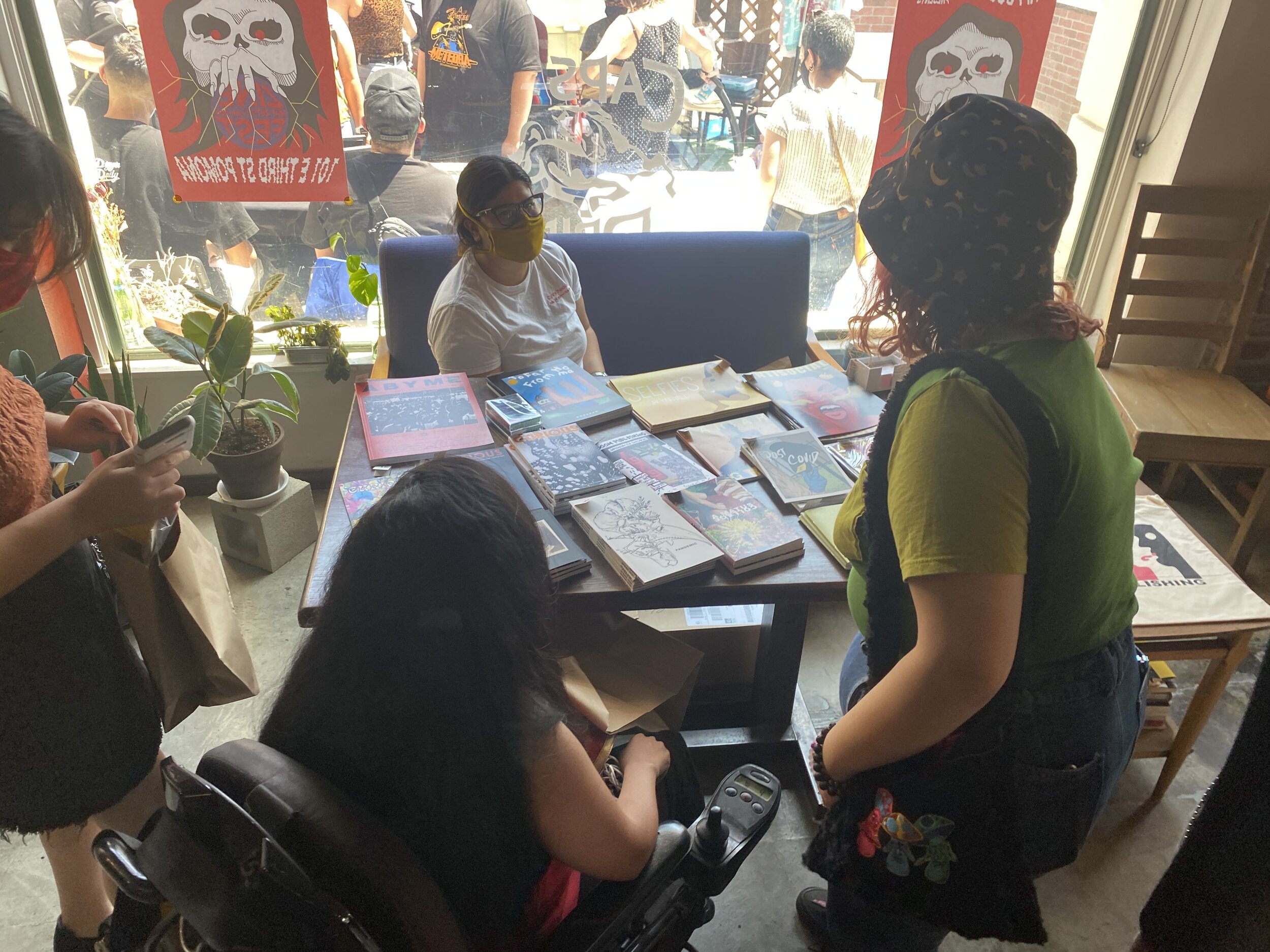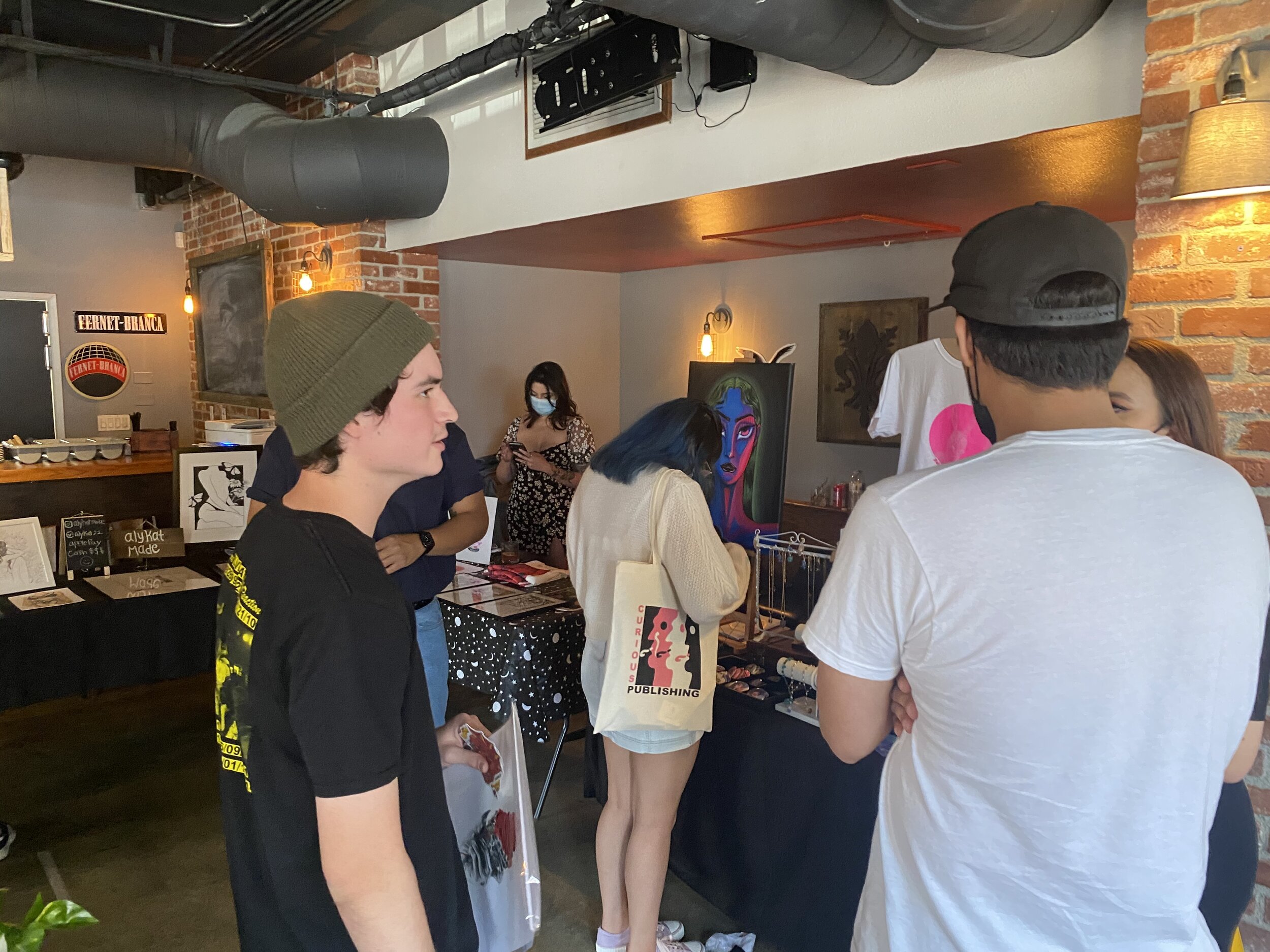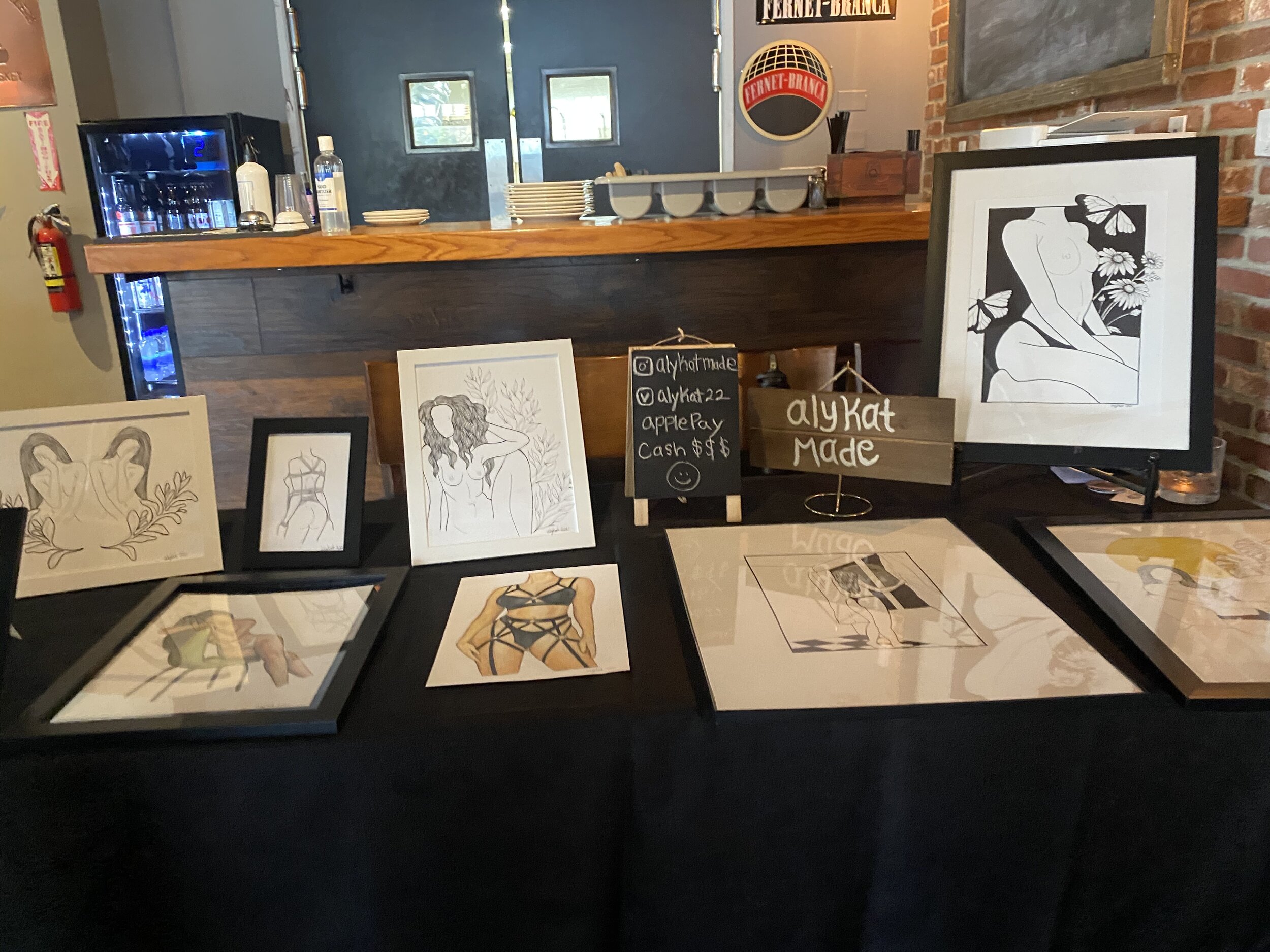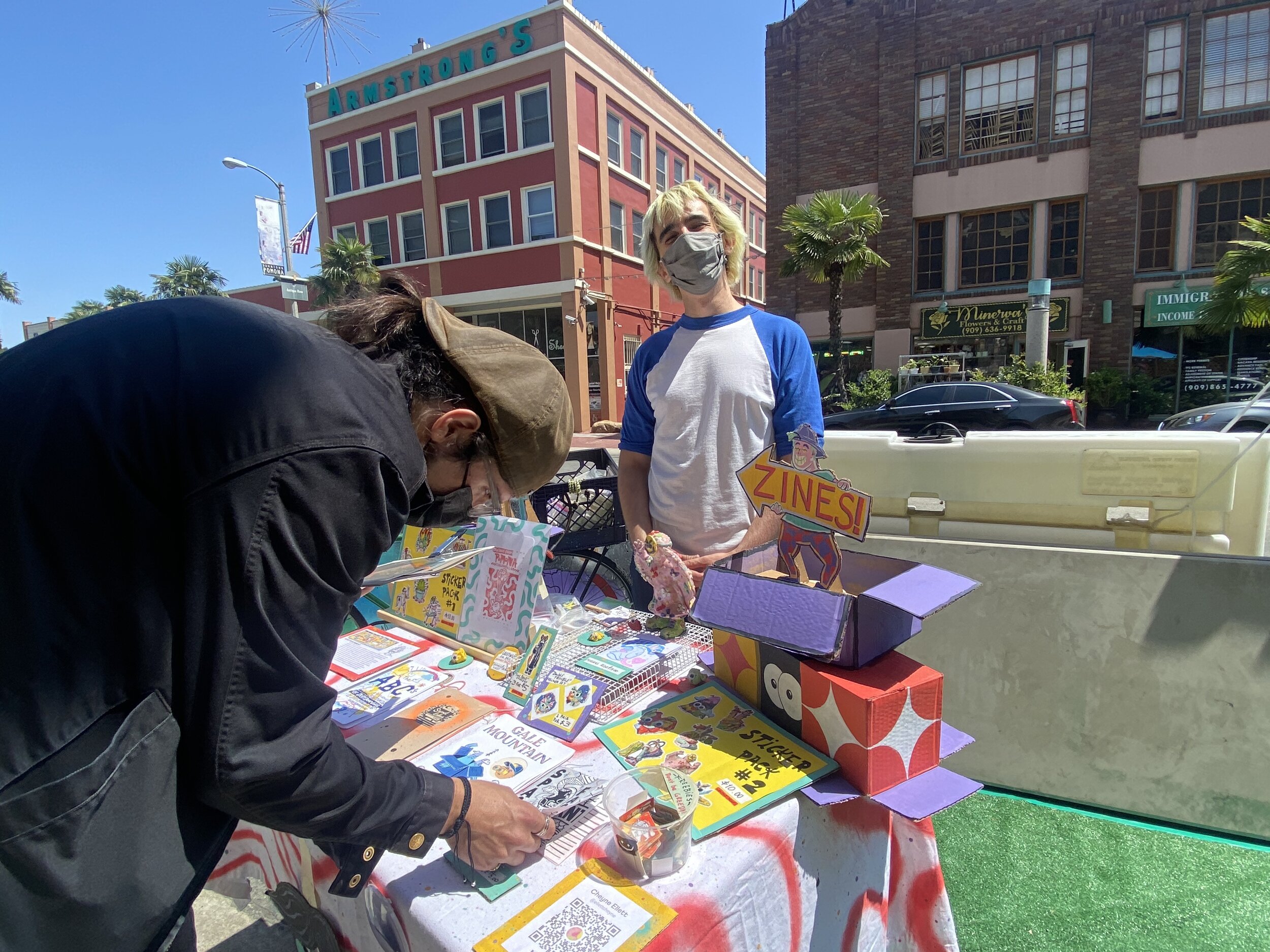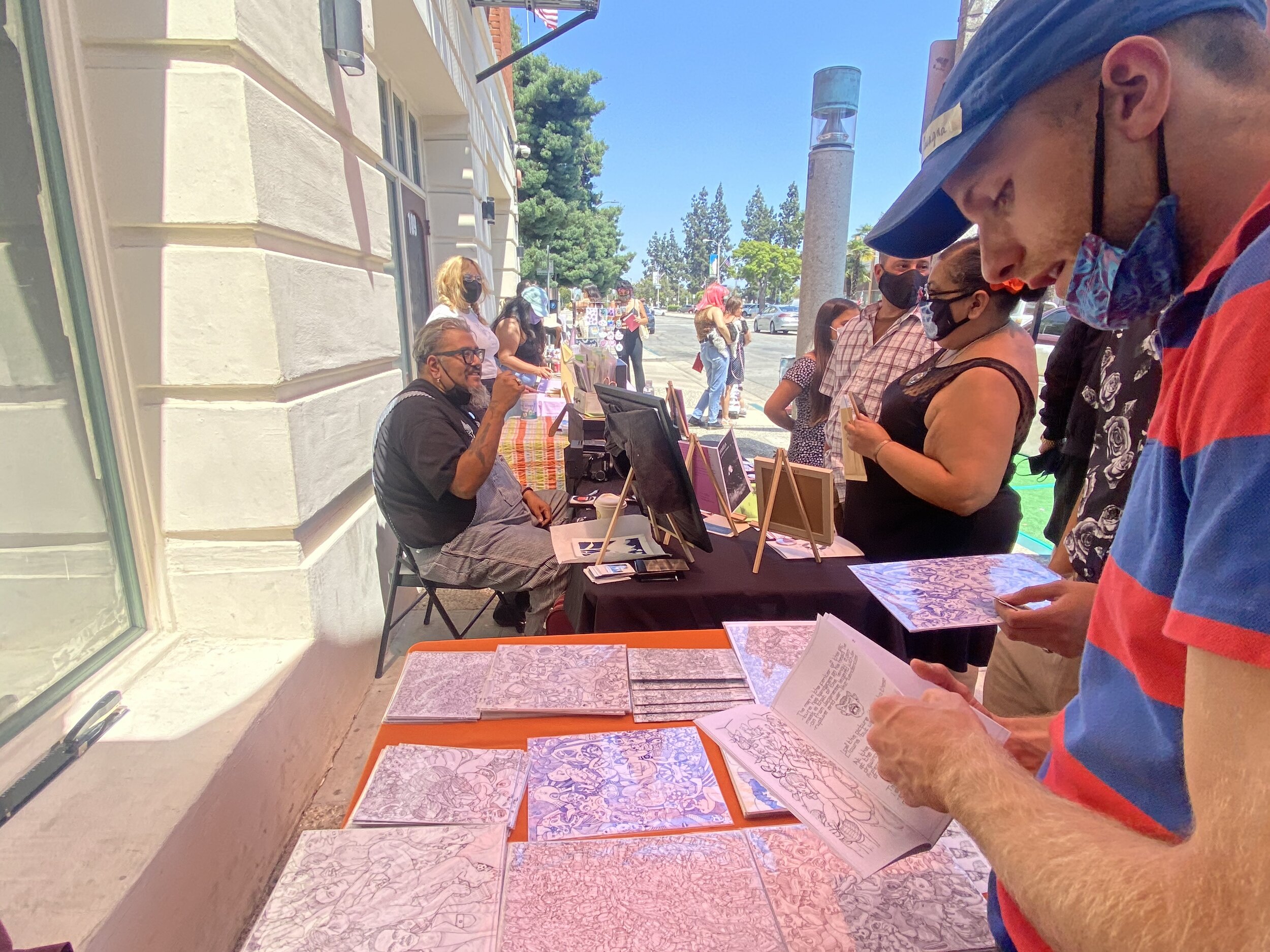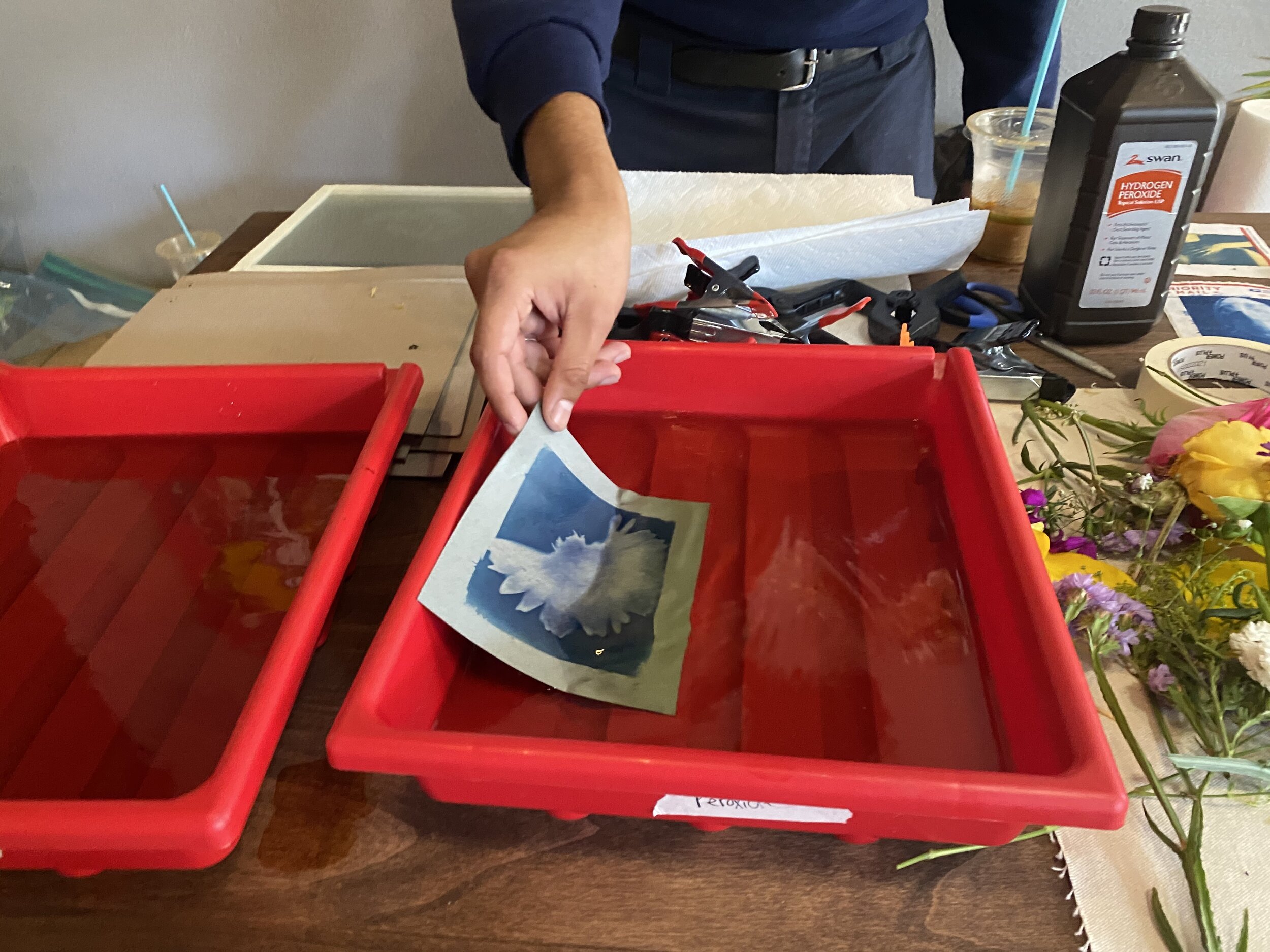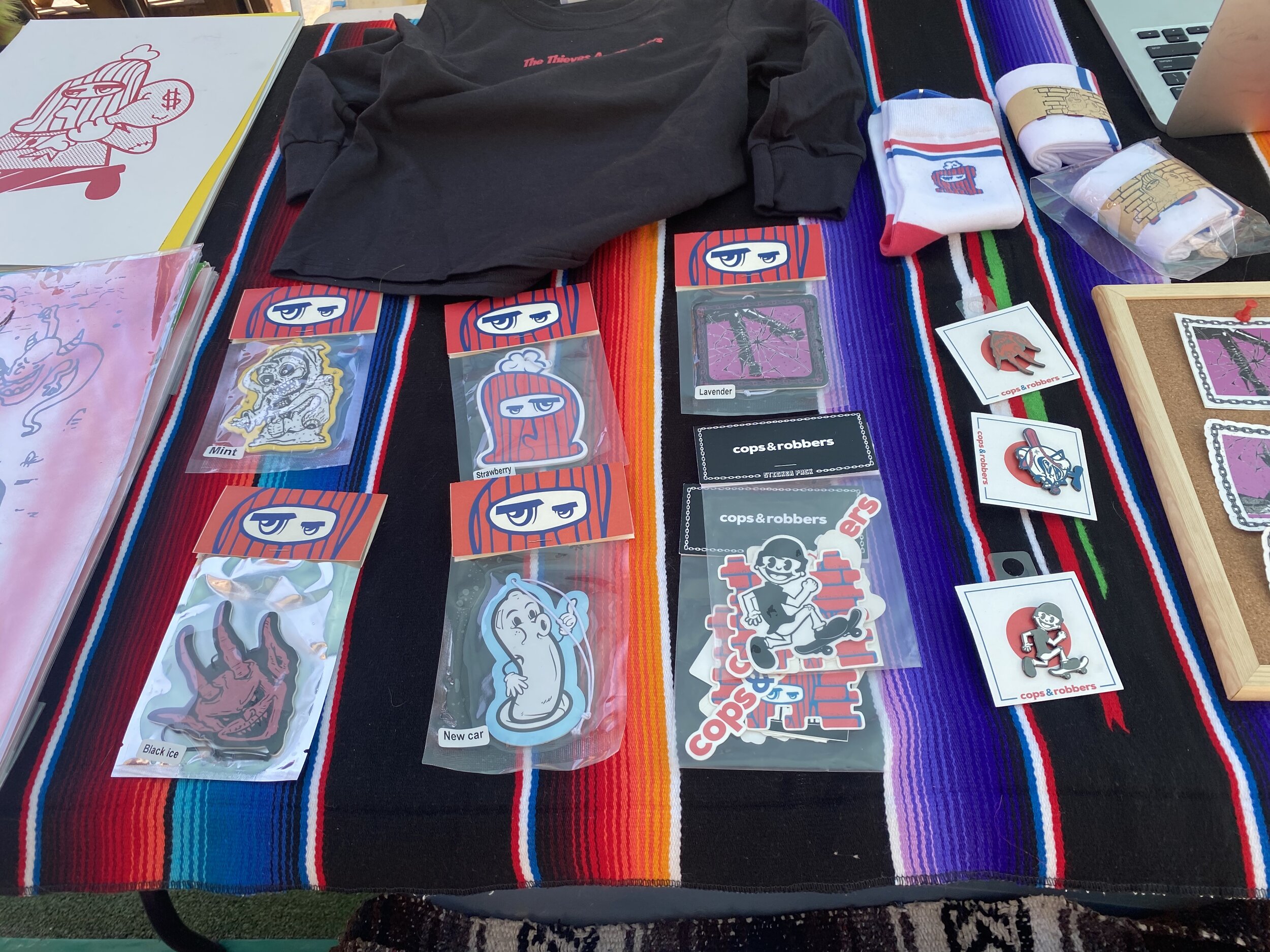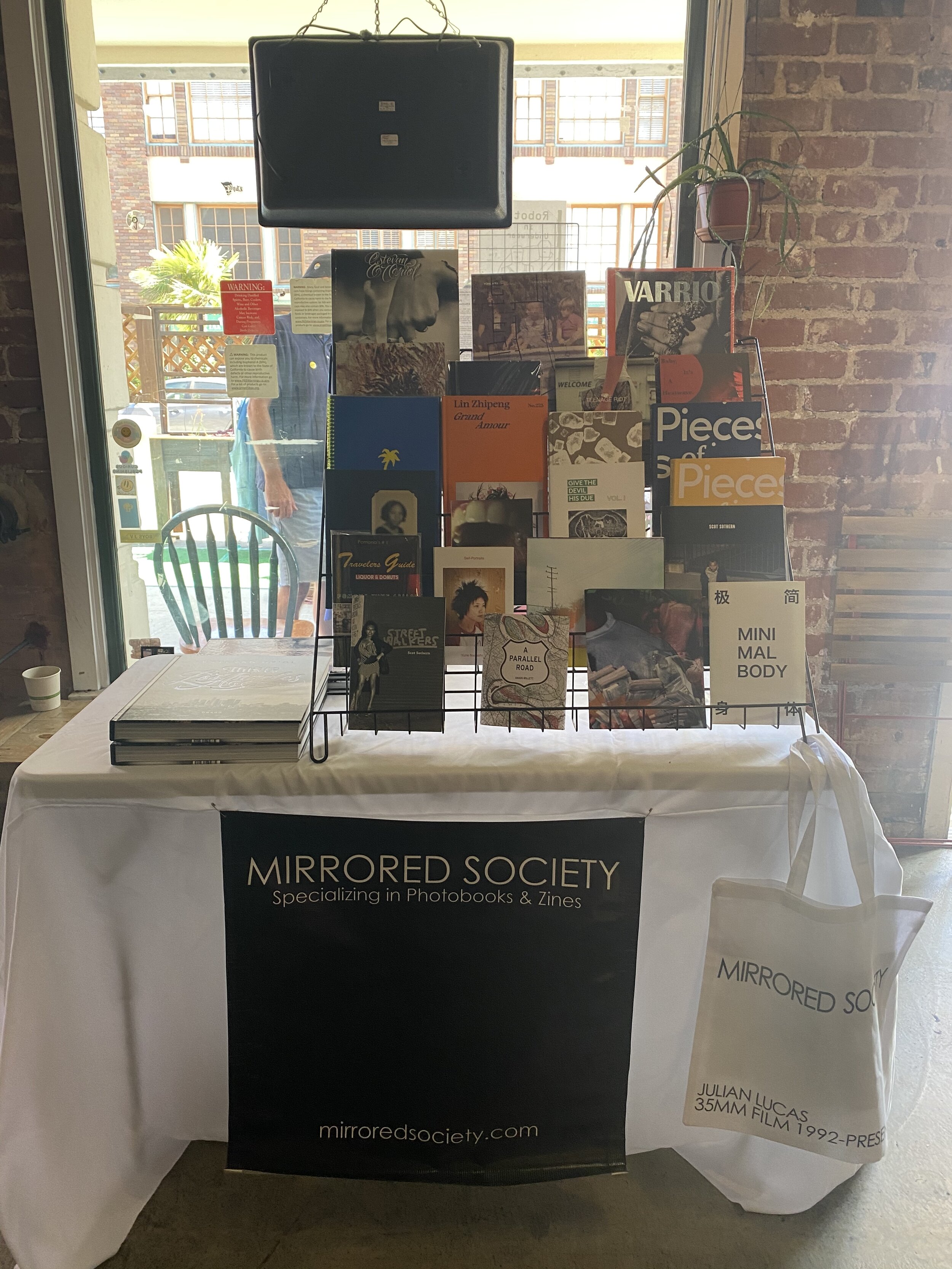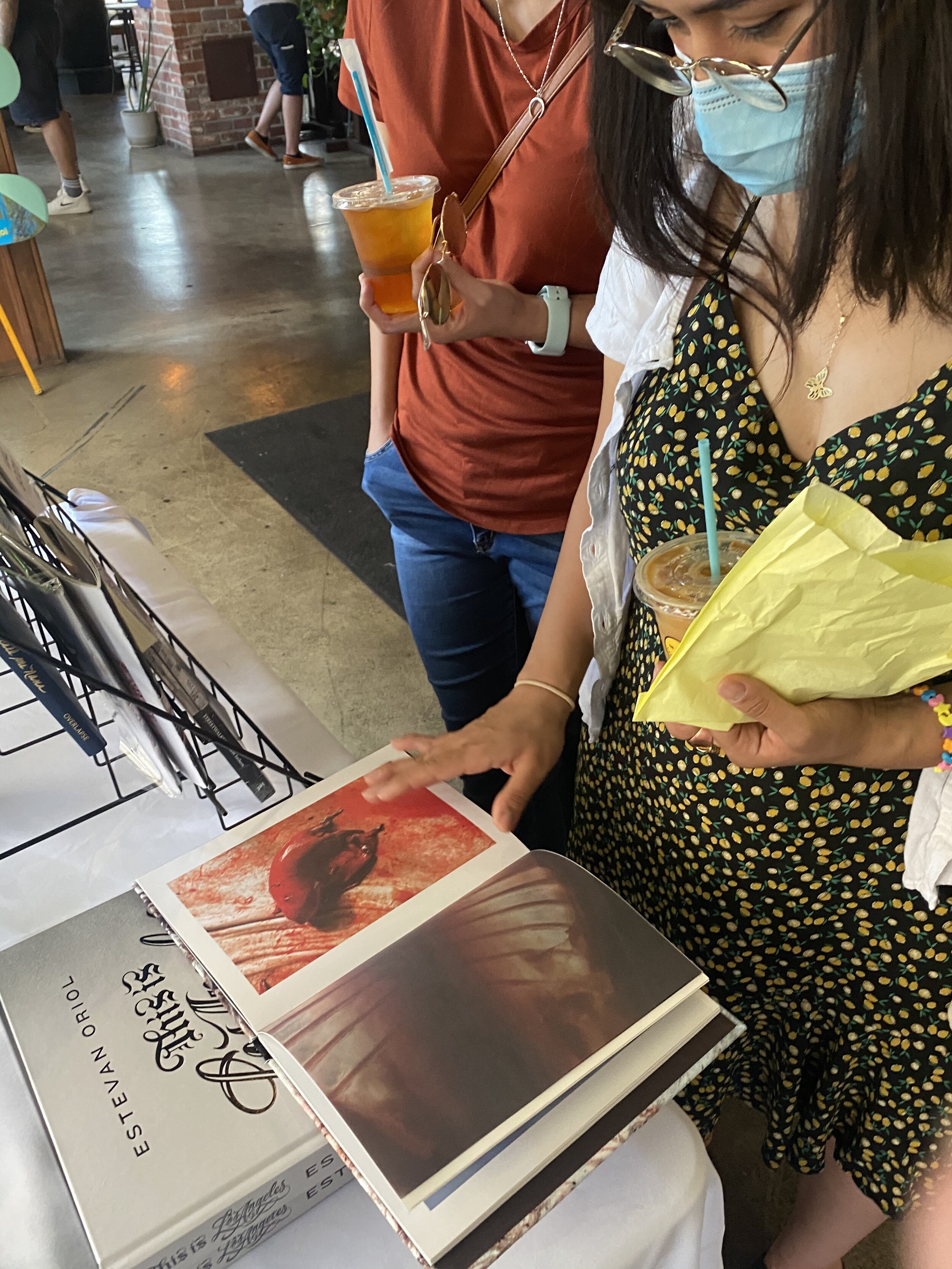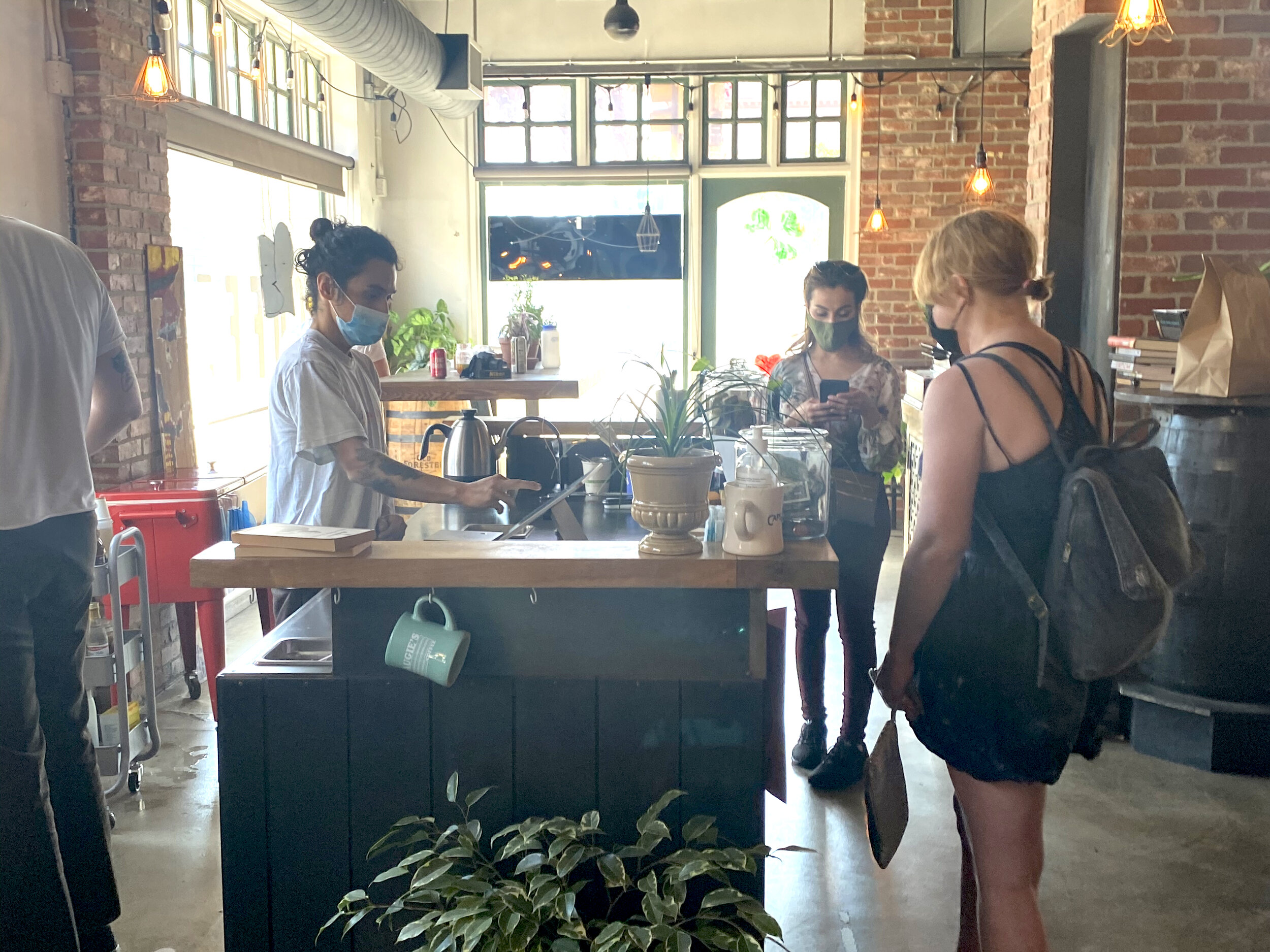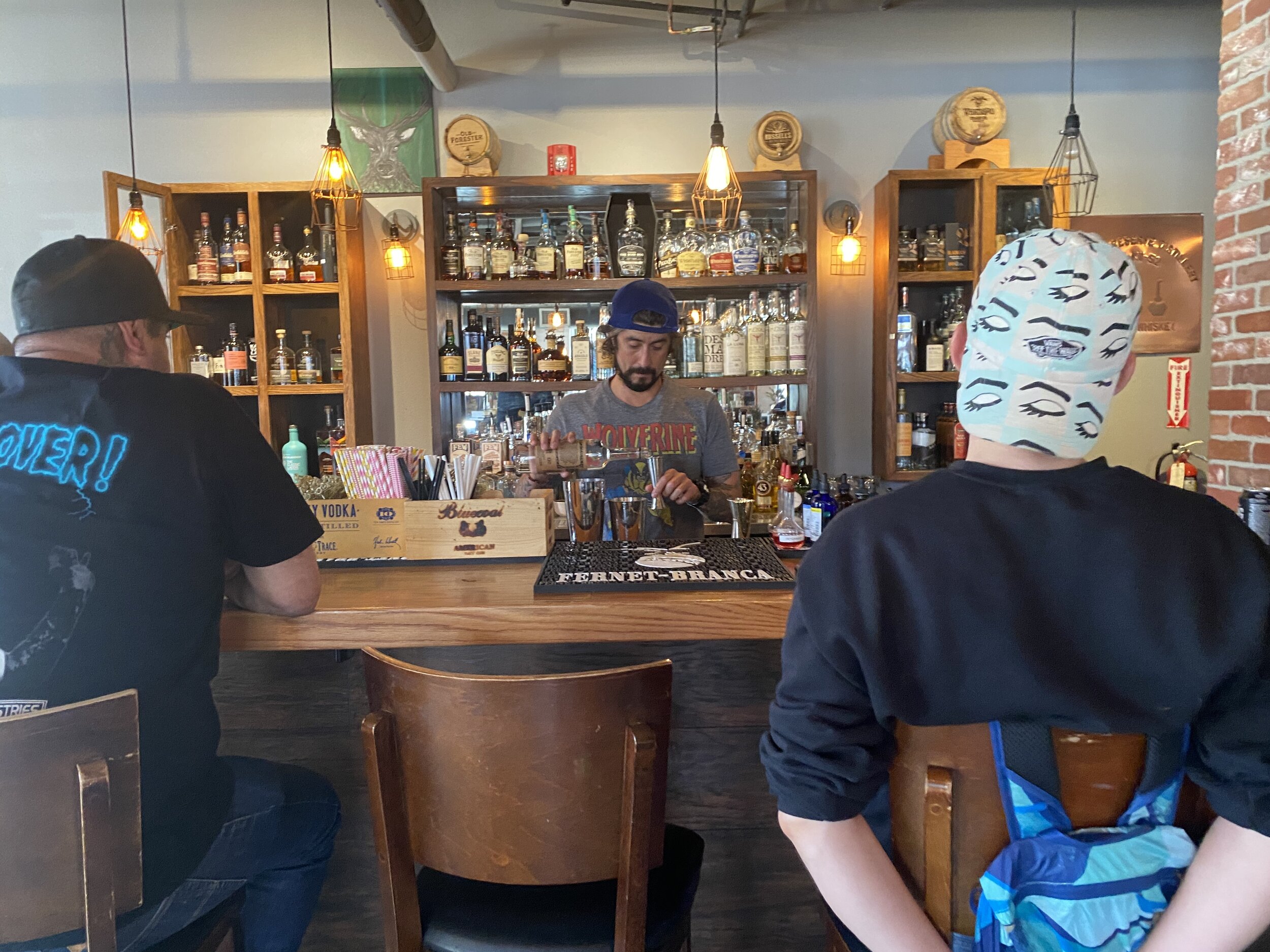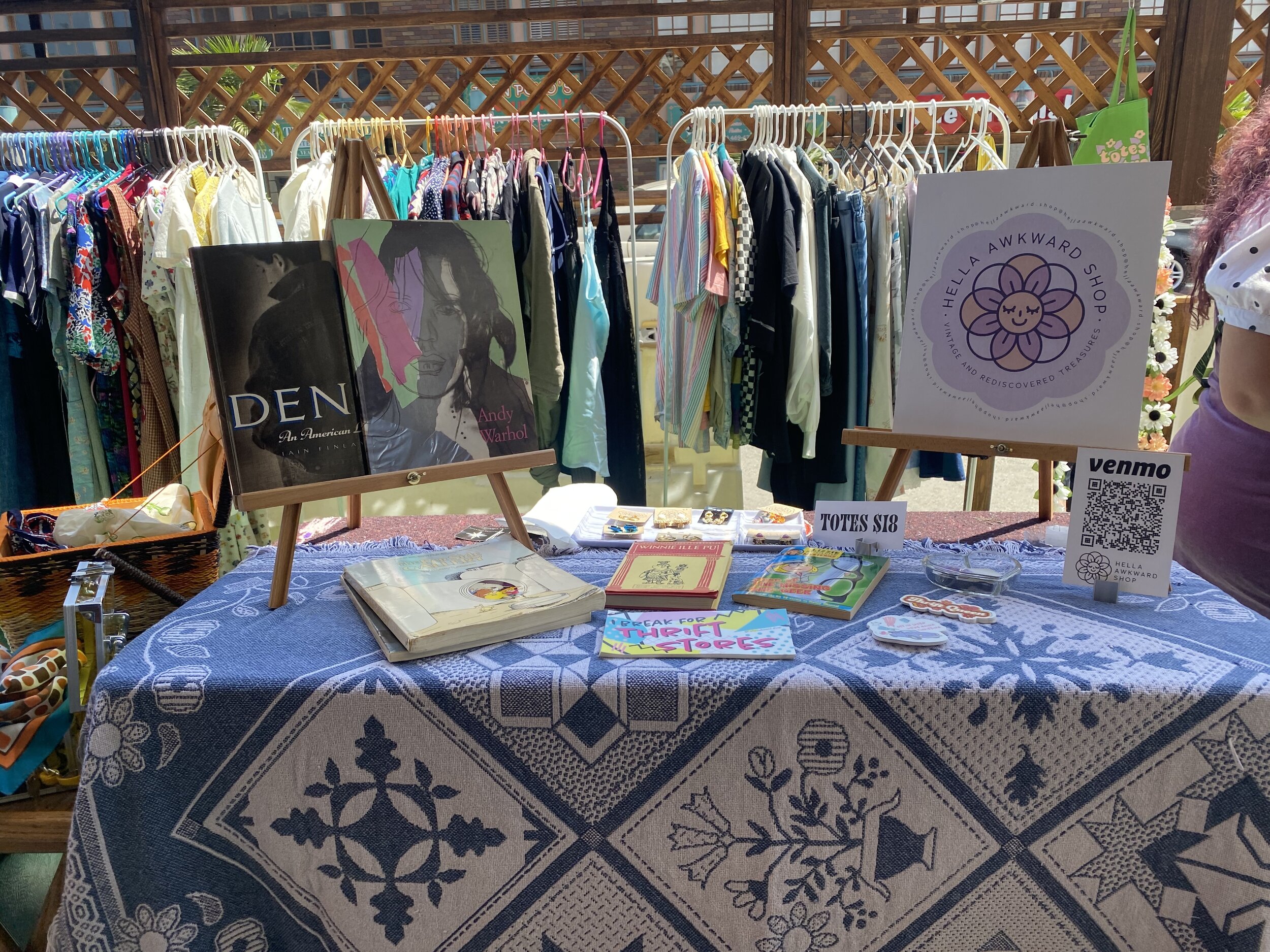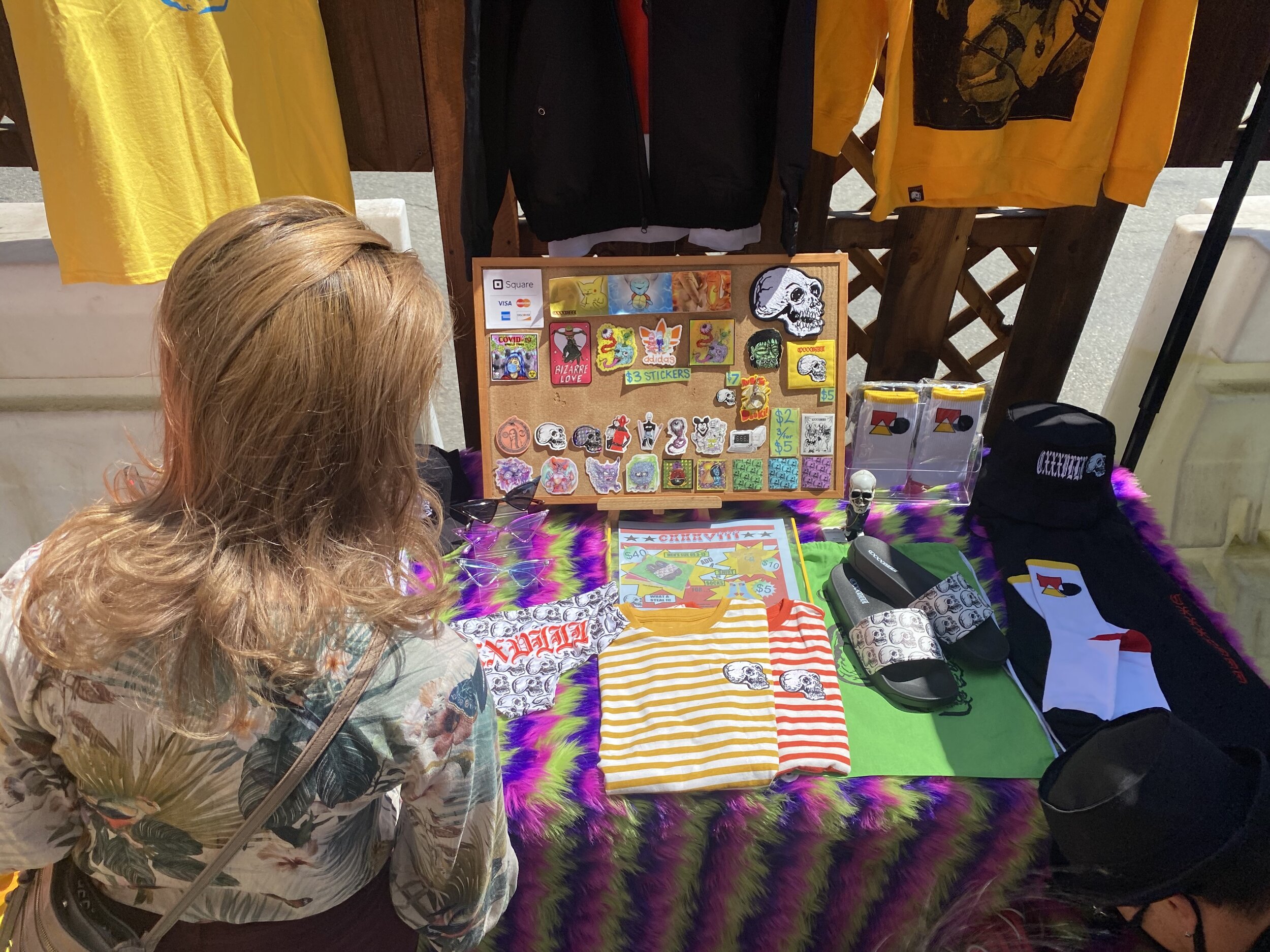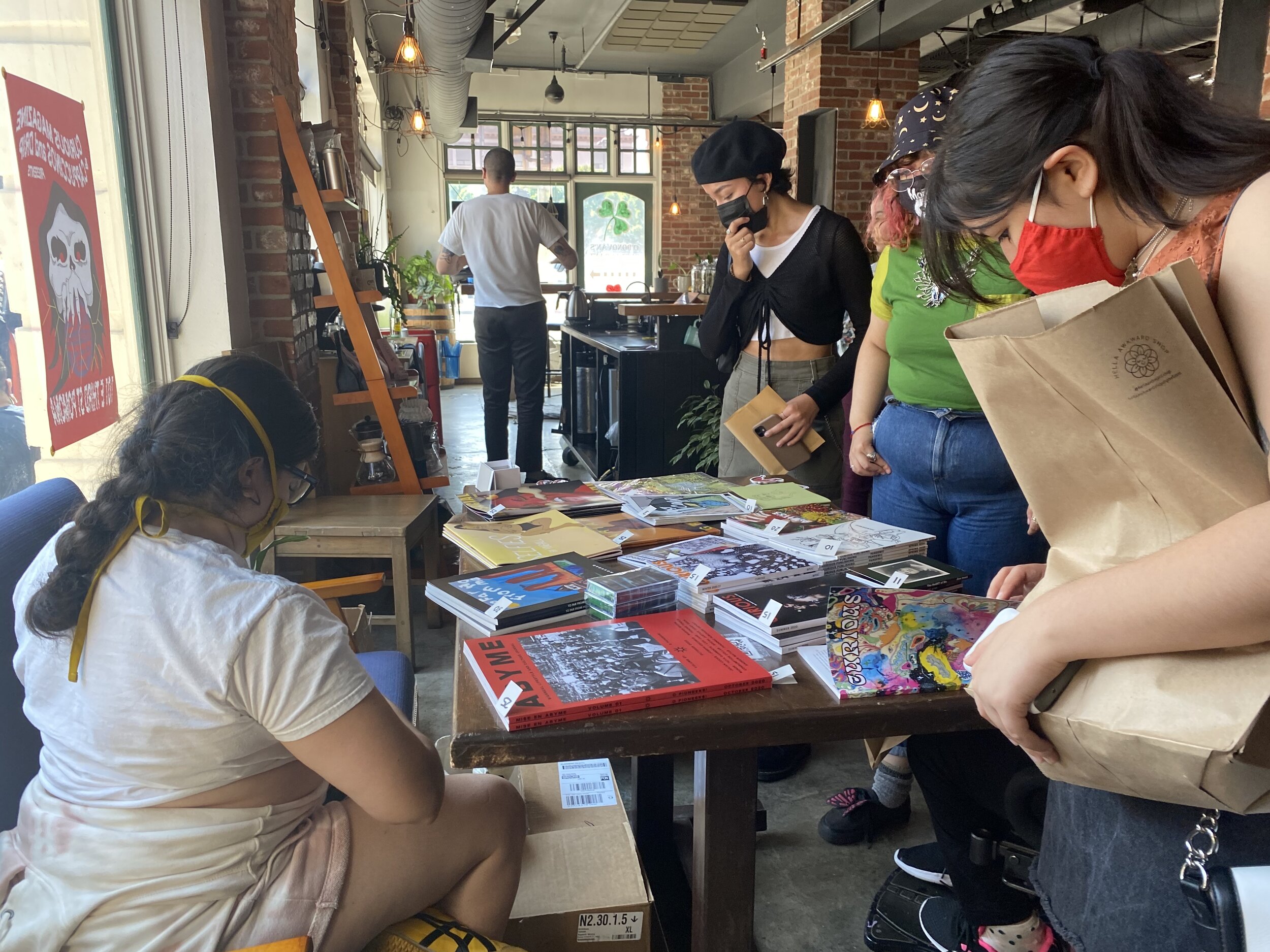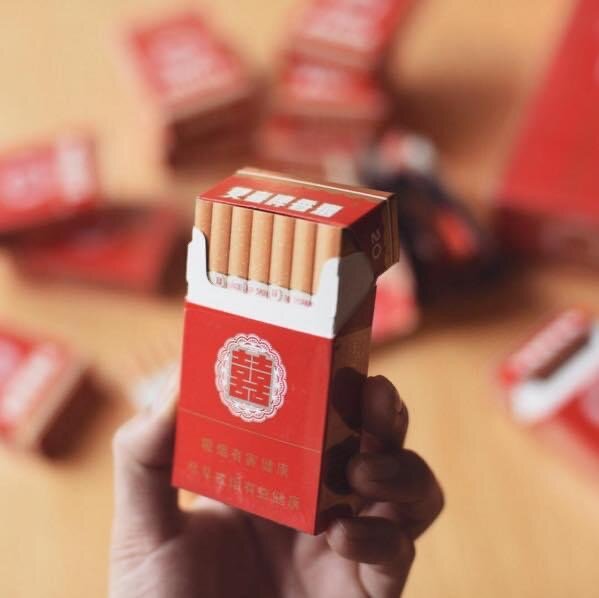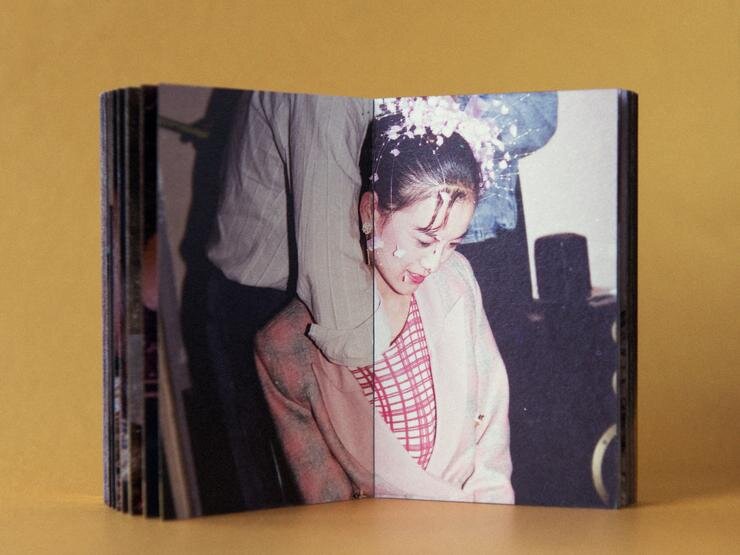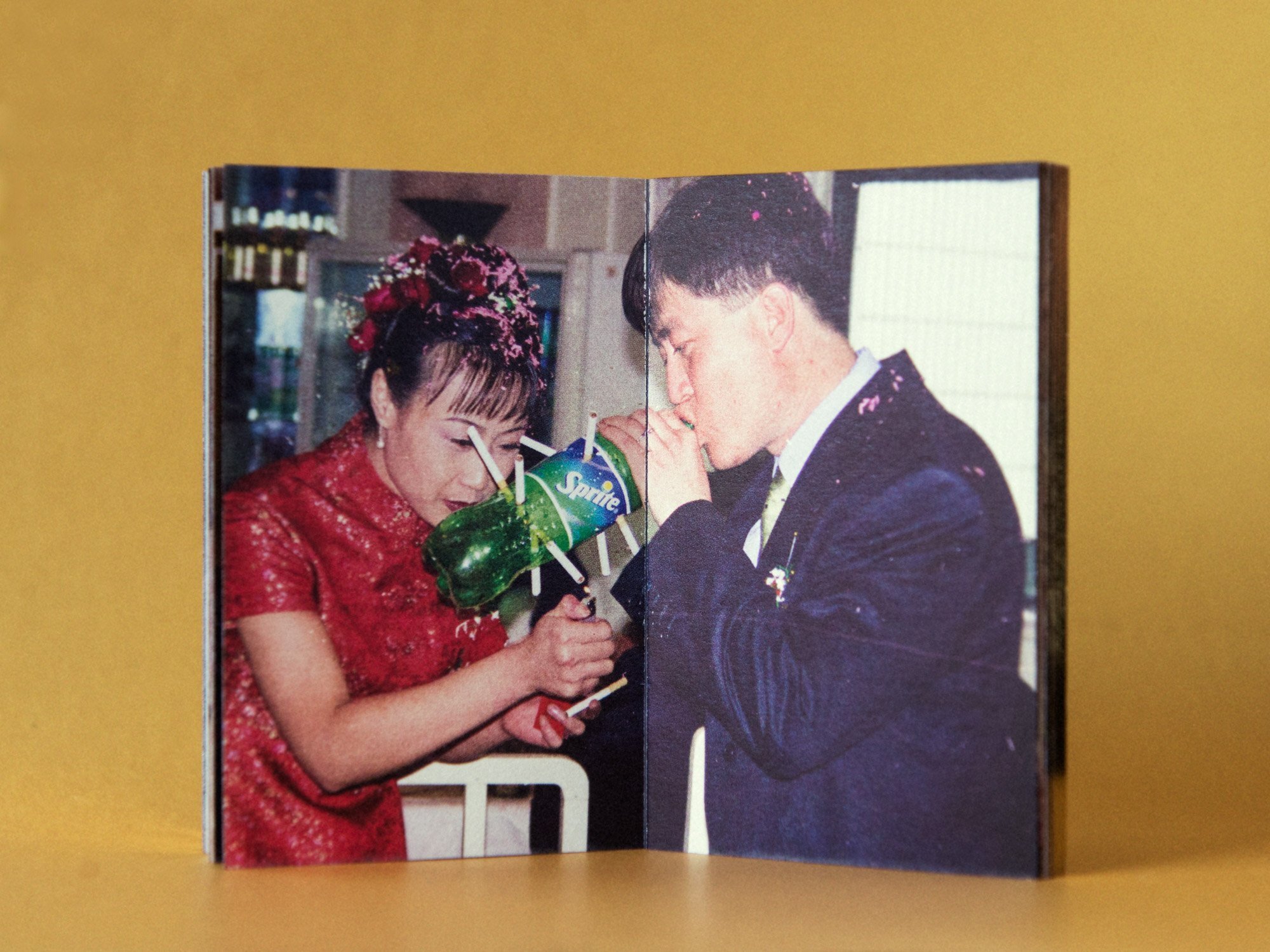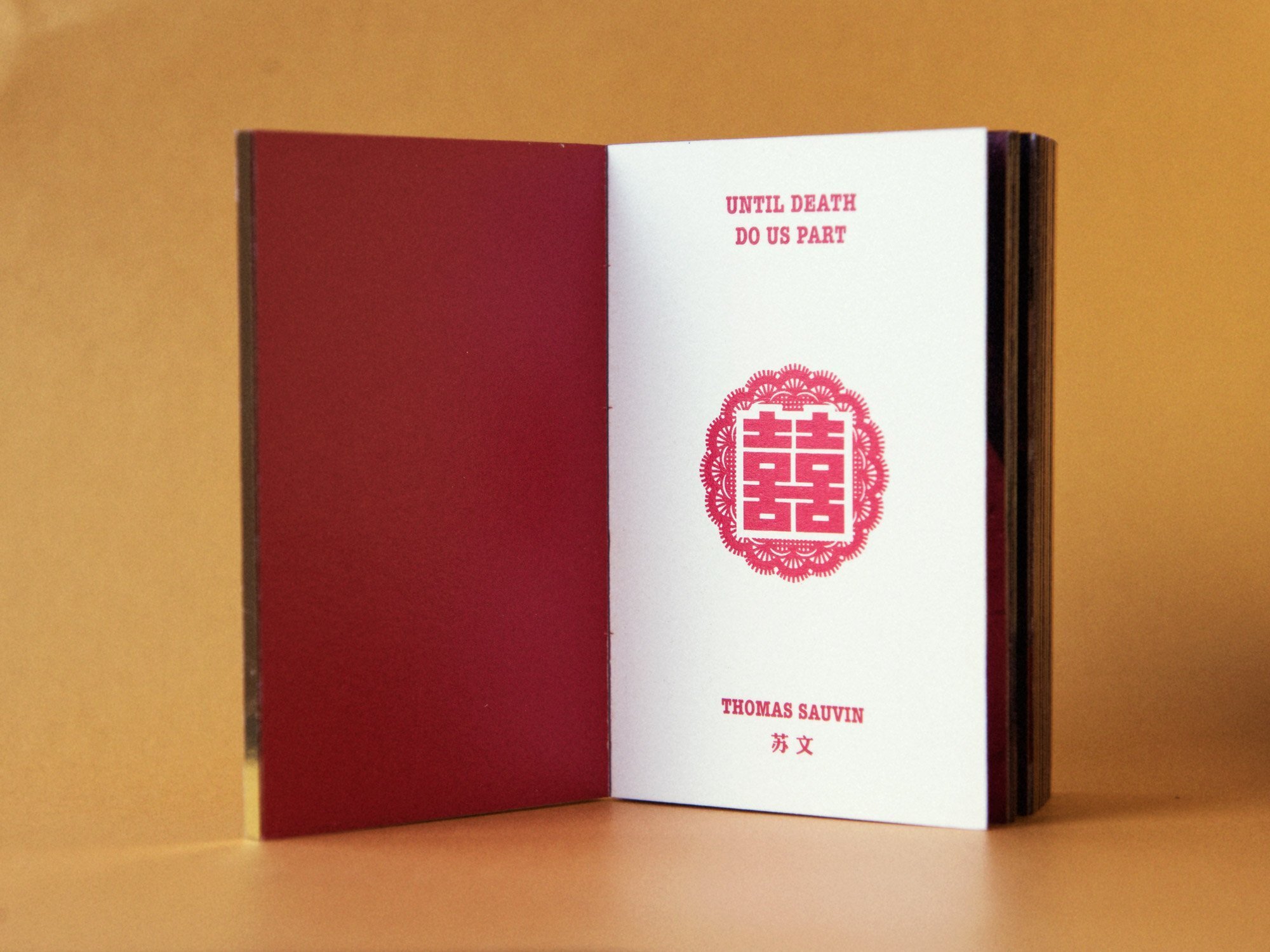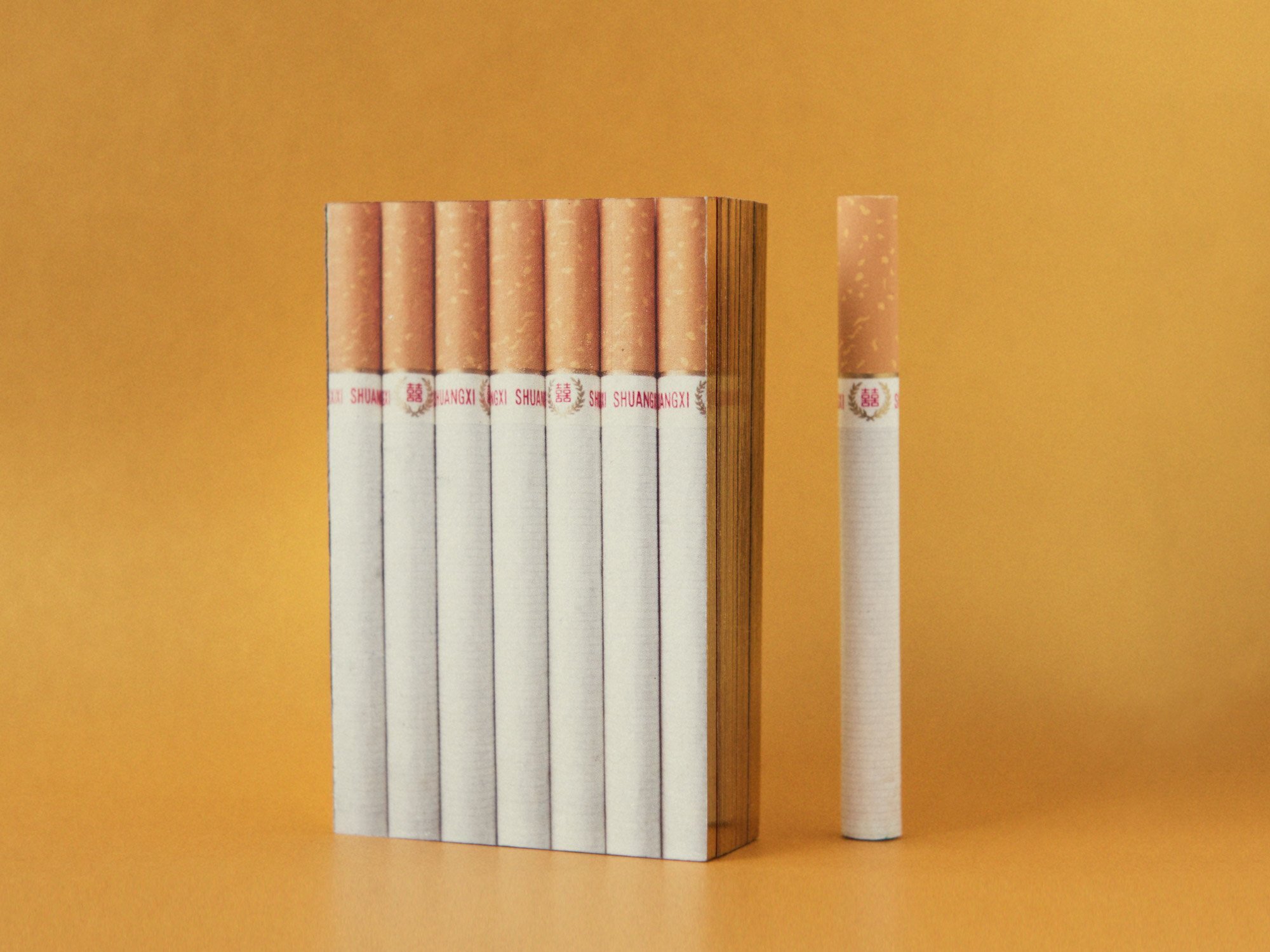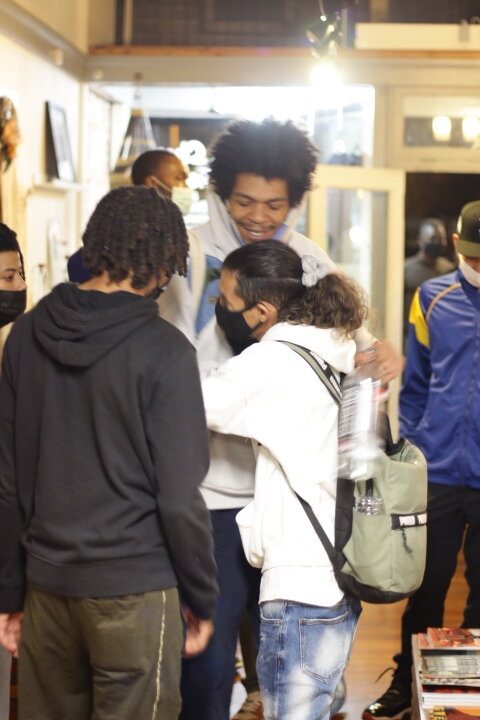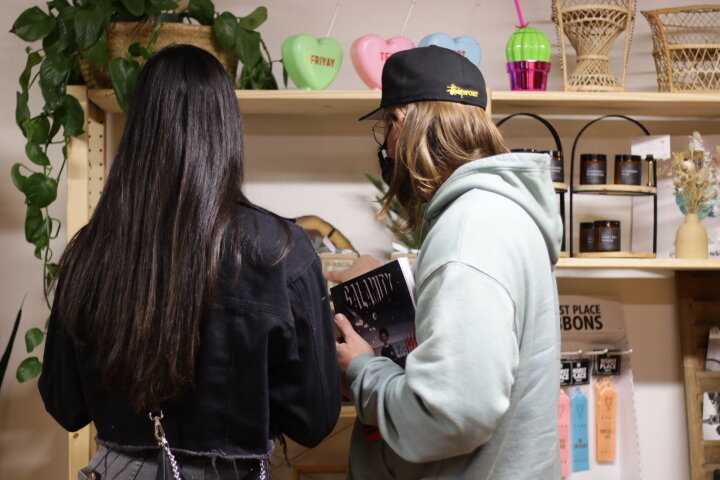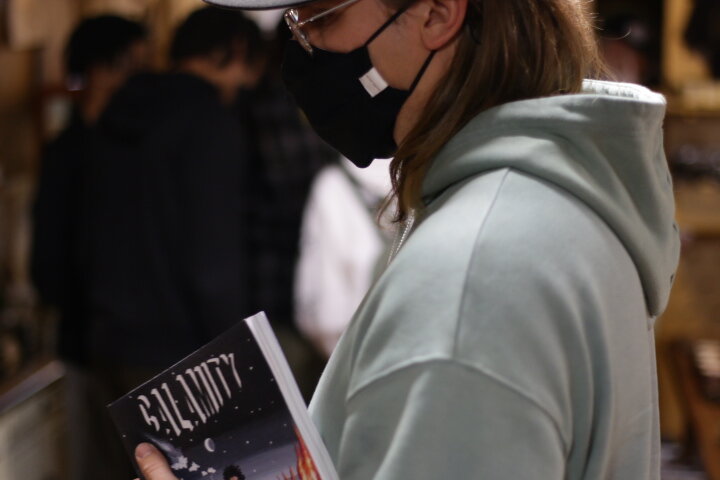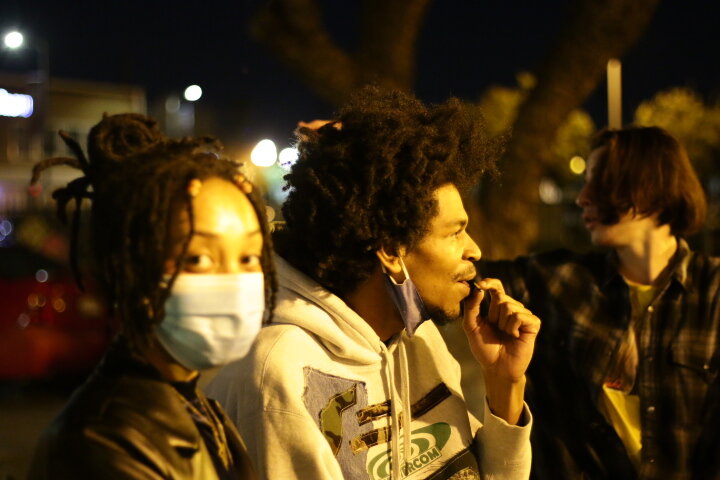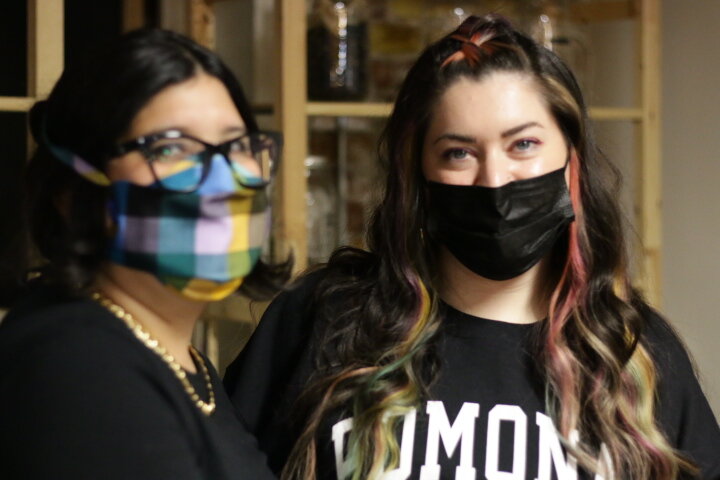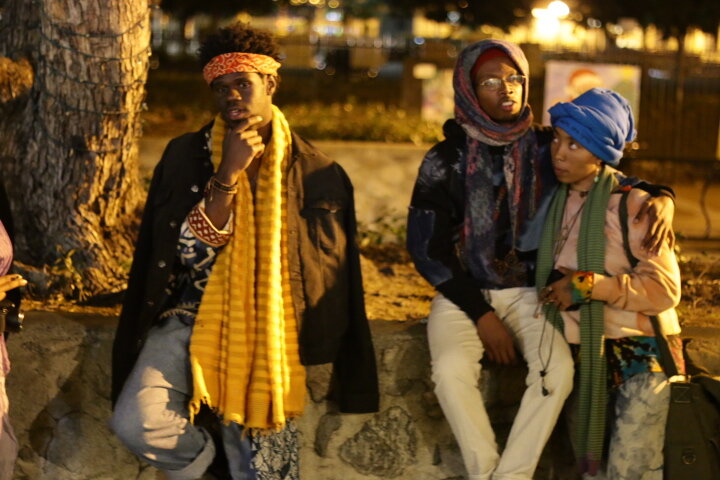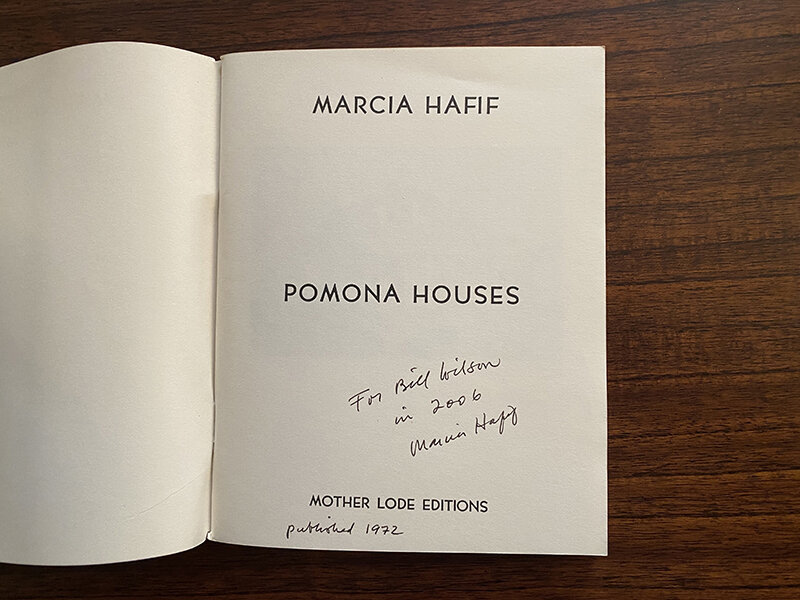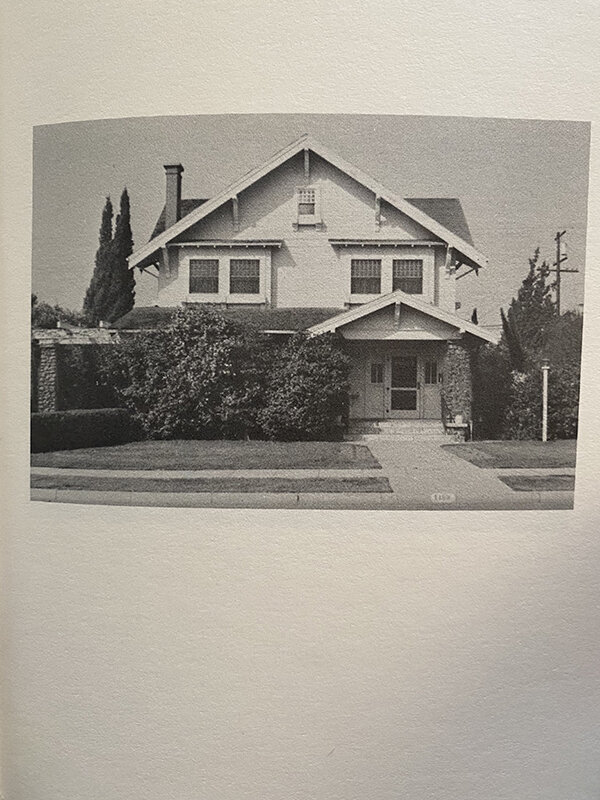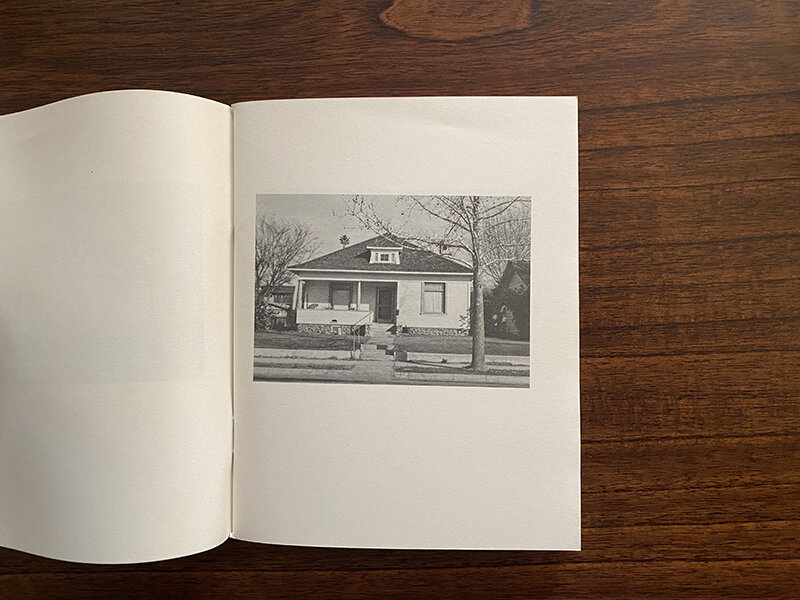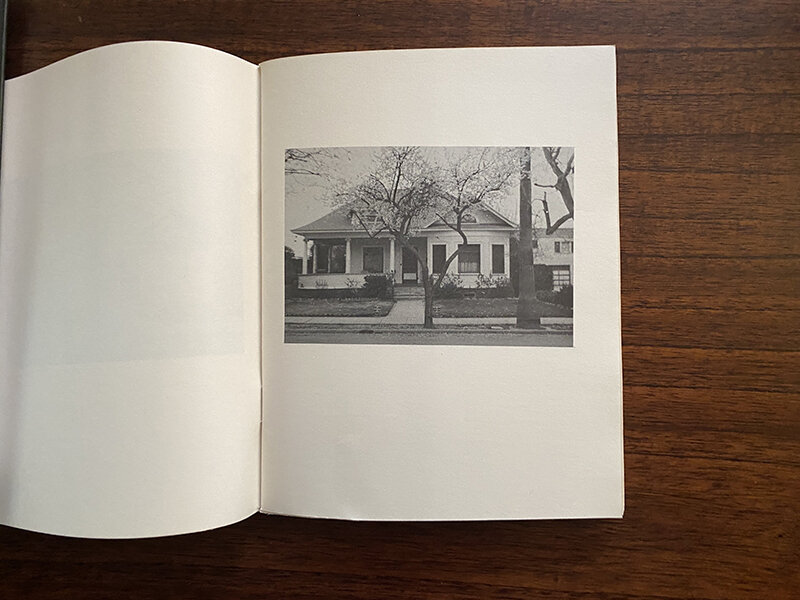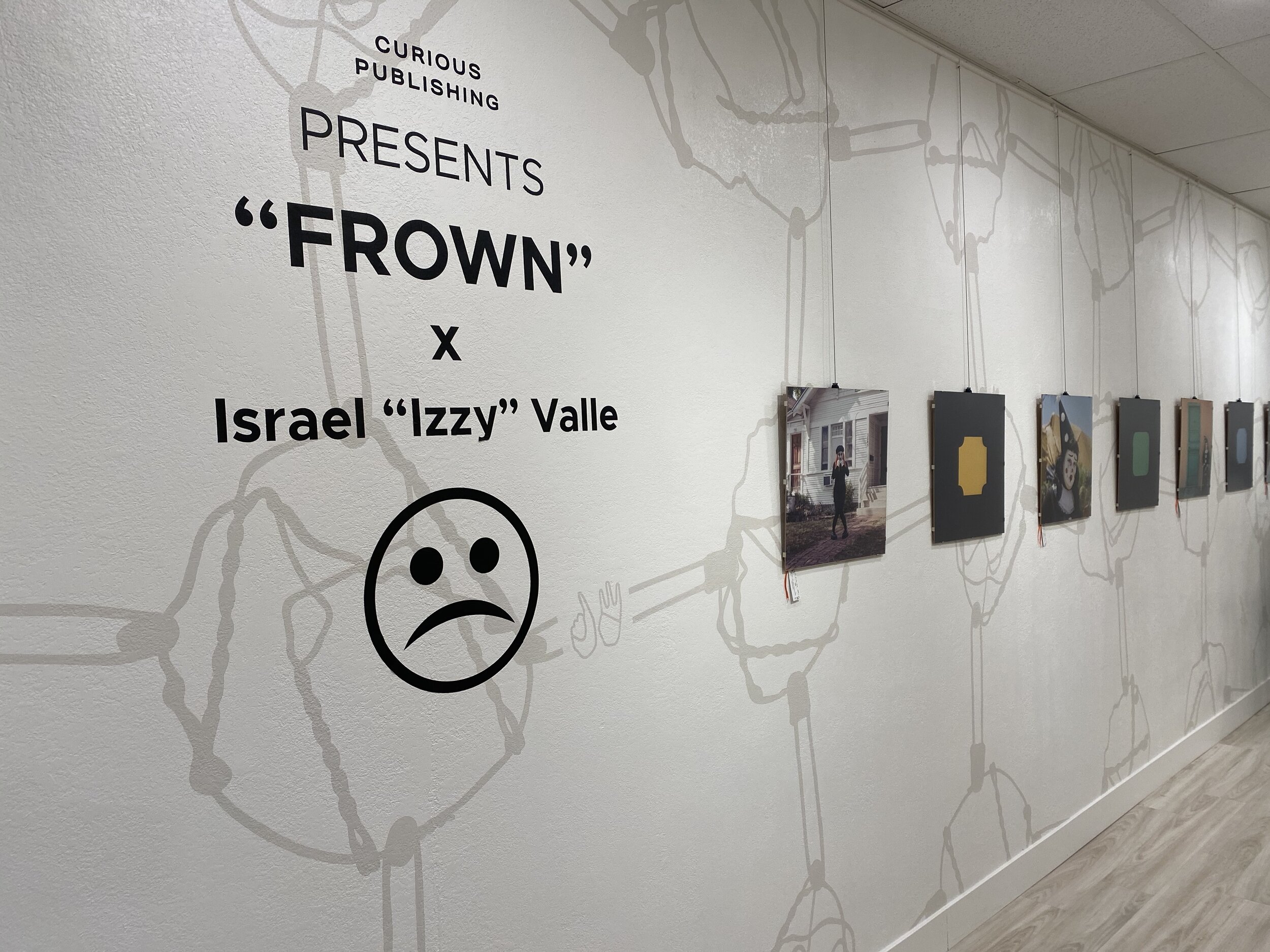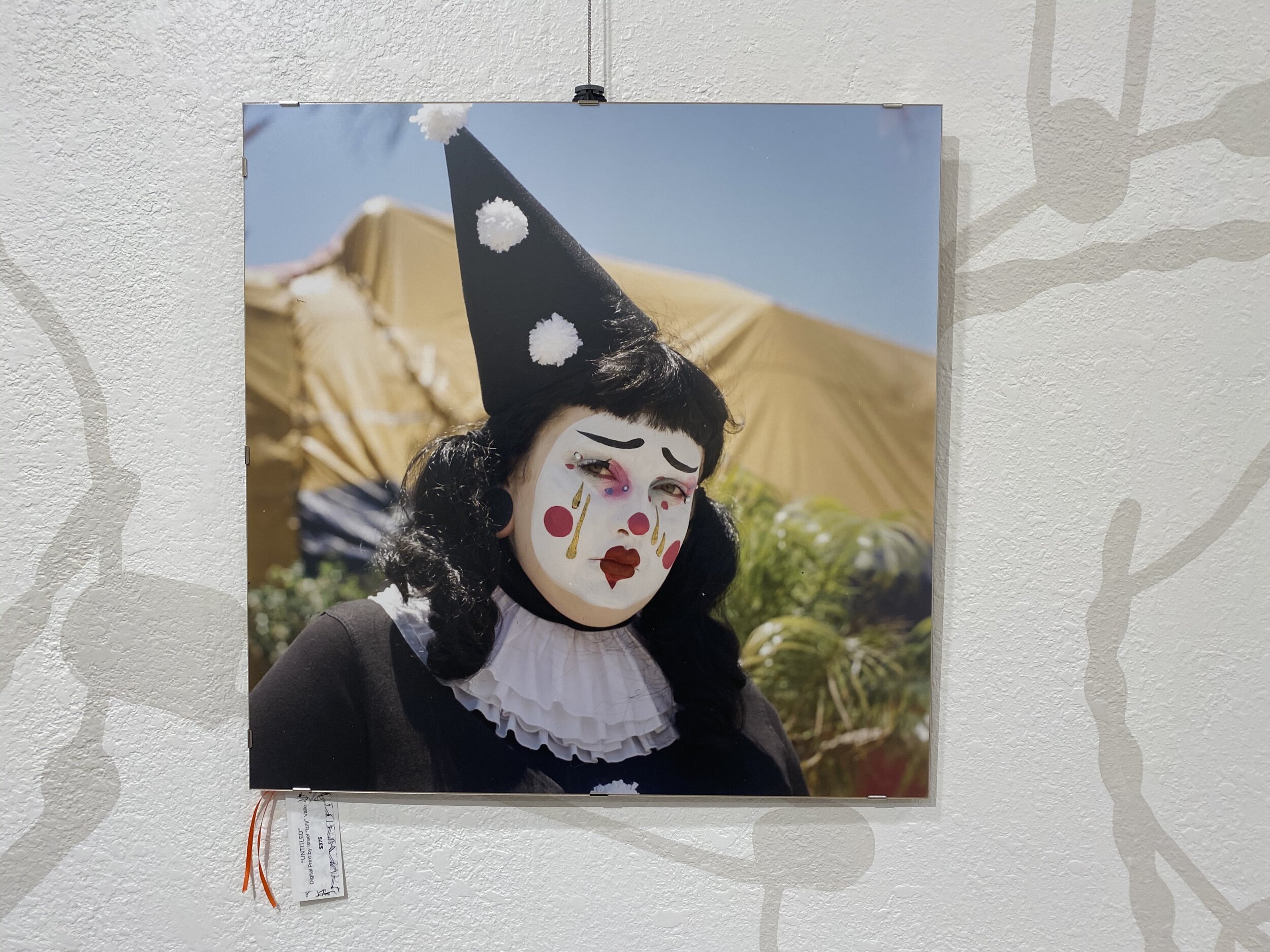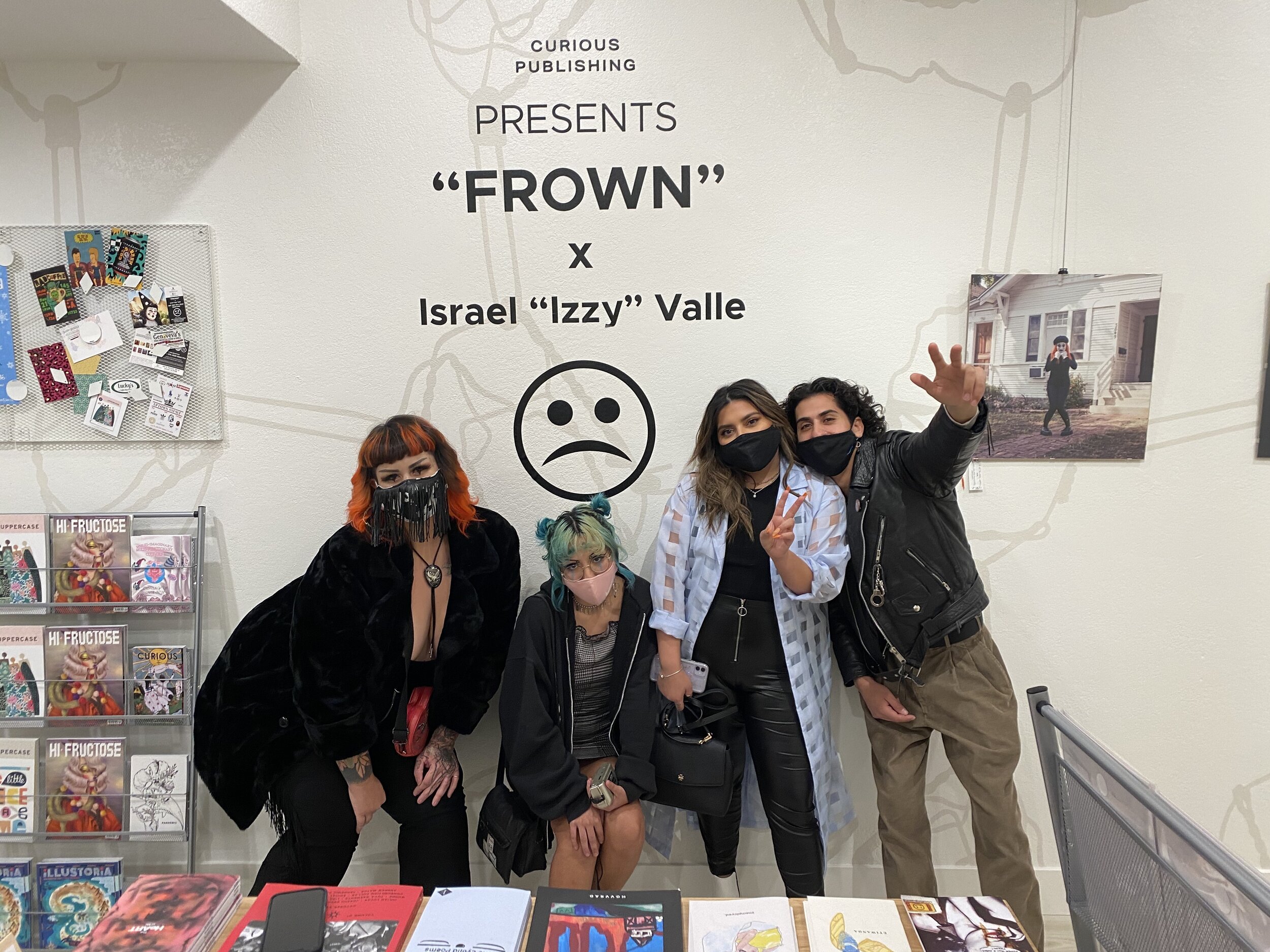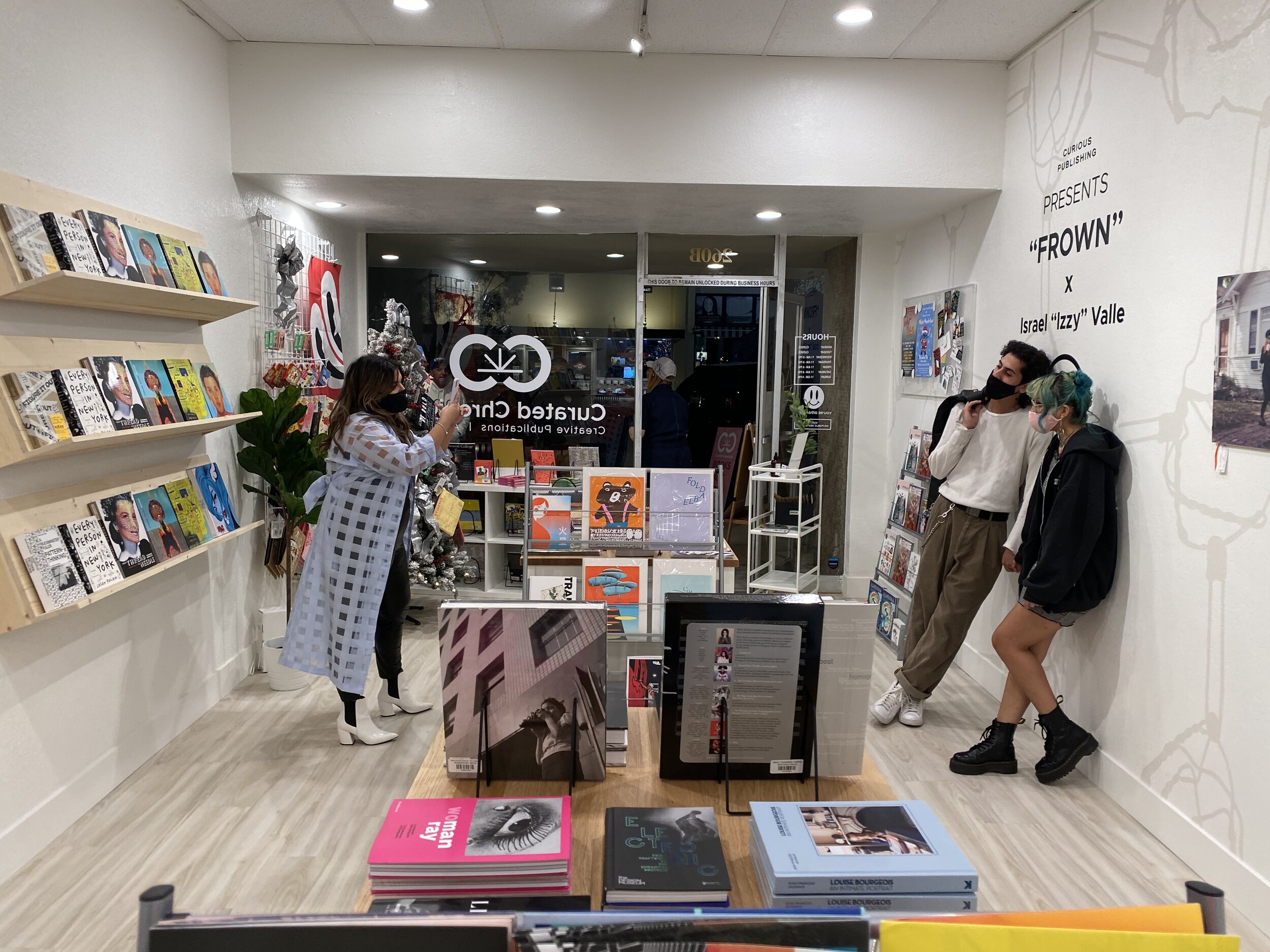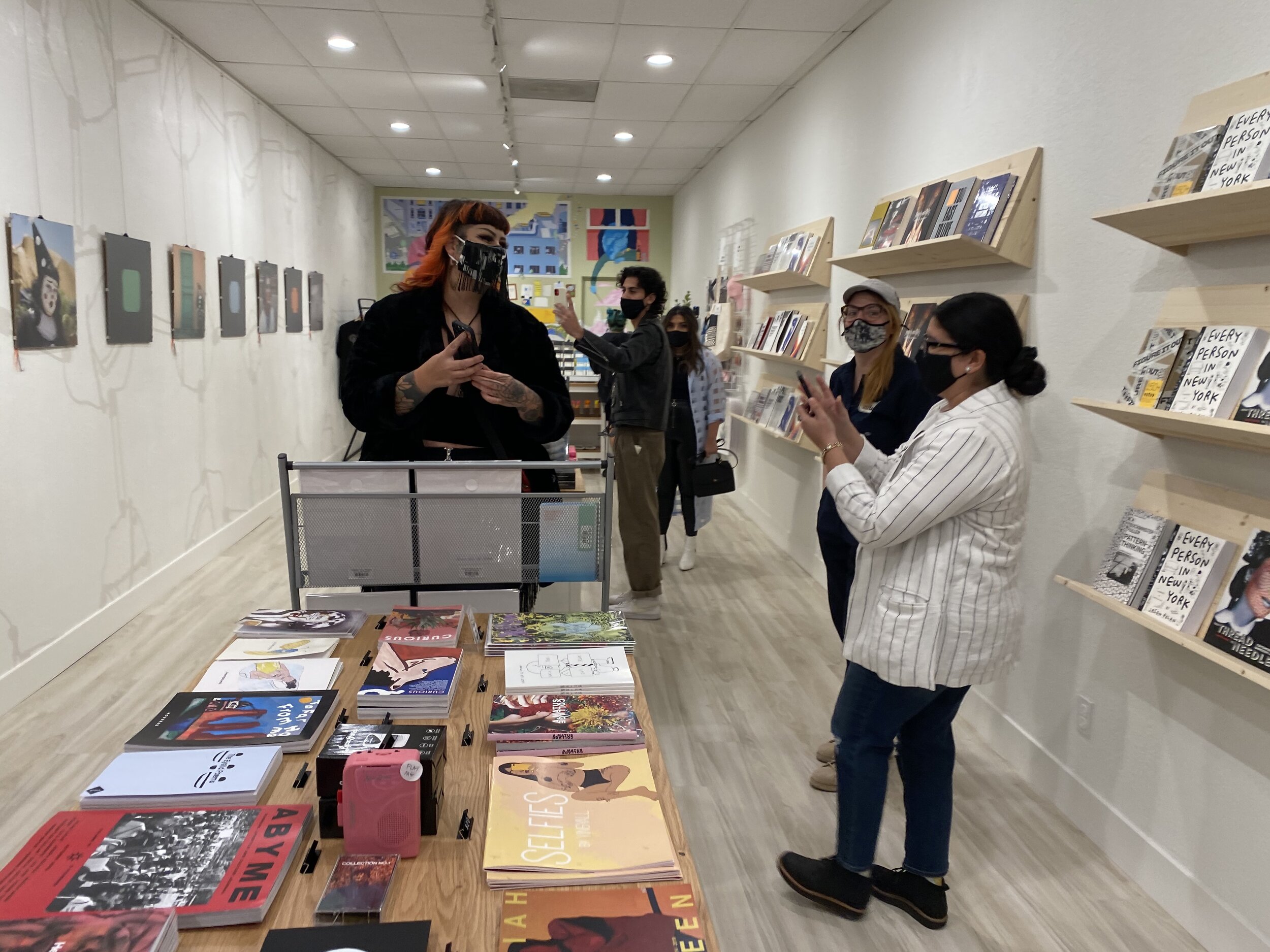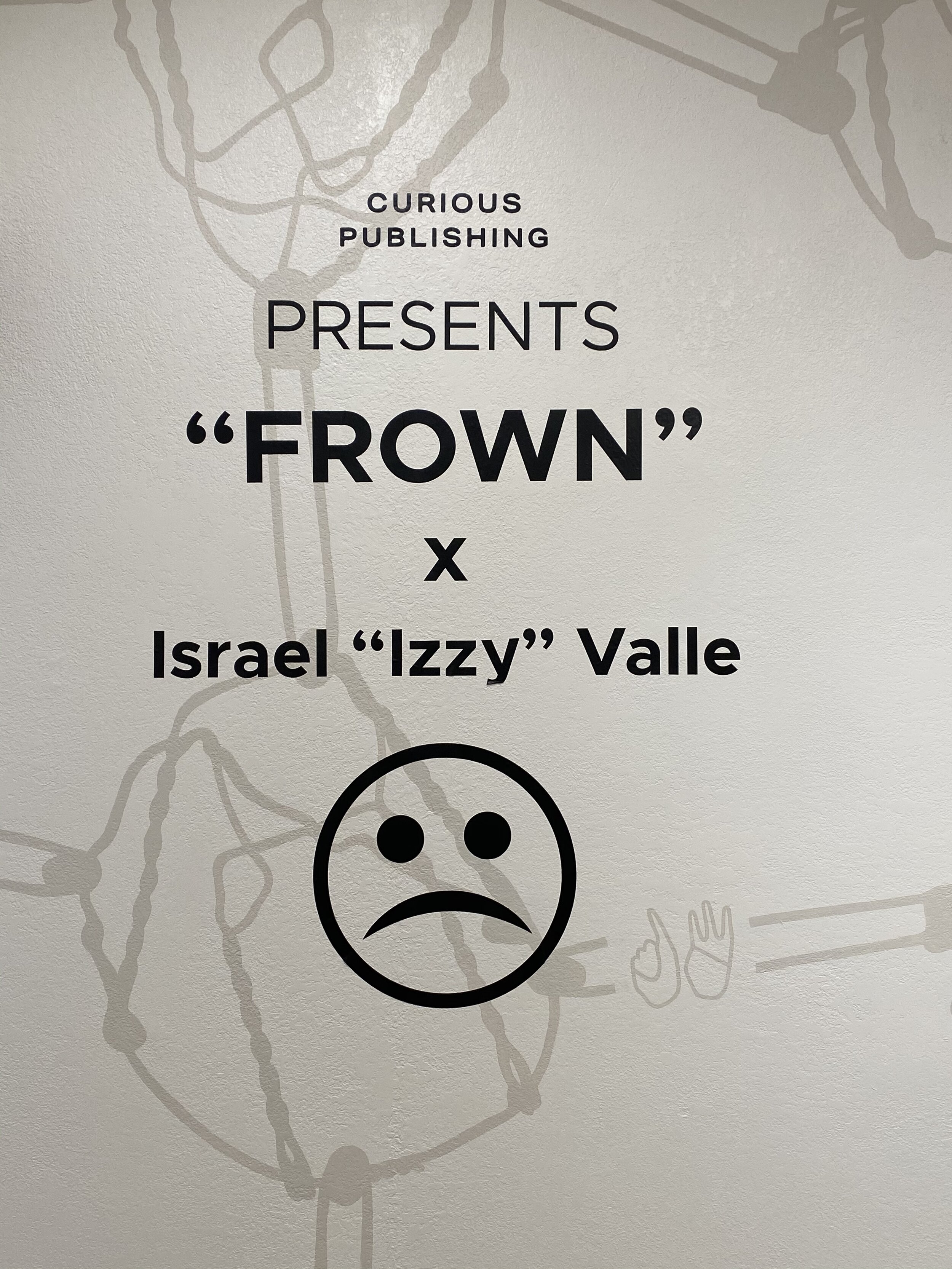Published 02/21/2024 | 10:10 am PST
Claremont, CA—The Benton Museum at Pomona College and The Arts Area are pleased to present for the 3rd year, Print Pomona Art Book Fair (PPABF) on Saturday, March 2, 11 am to 7 pm and Sunday, March 3, 11 am to 5 pm at Pomona College’s Edmunds Ballroom located in the Smith Campus Center. PPABF will bring more than 70 national and international exhibitors where San Gabriel Valley meets the Inland Empire to provide a forum for independent booksellers, distributors, and publishers to showcase artist’s books, art catalogs, photography monographs, drawings, and other print ephemera.
The two-day fair will also serve as a meeting place for creatives, book lovers and publishers to discuss and exchange ideas about art making, publishing, and other related topics.
Admission to this event and PPABF are free and open to the public.
Print Pomona Art Book Fair (PPABF) is a 501(c)(3) sponsored by The Arts Area and hosted in partnership with the Benton Museum of Art at Pomona College. PPABF was founded in 2018 by photographer and co-founder of Mirrored Society Books, Julian Lucas with a goal to promote the recognition, distribution and awareness of artist books and other publications by artists within the region of the Pomona Valley and beyond.
SCHEDULE OF EVENTS
Saturday March 2, 2024
Amalgam #4 Journal contributors
(Mashinka Firunts Hakopian and Alec Mapes-Frances)
Print Pomona Art Book Fair
Saturday, March 2, 11 am–7 pm
Sunday, March 3, 11 am–5 pm
Edmunds Ballroom in the Smith Campus Center, Pomona College
170 E 6th St, Claremont, CA
ADMISSION IS FREE AND OPEN TO THE PUBLIC
The Benton’s main parking structure is located at 295 E. First Street. Additional visitor and handicapped parking is available in the Alexander Hall lot (N. College Avenue and Sixth Street). Limited street parking is situated along College Avenue.
About Print Pomona Art Book Fair
Print Pomona Art Book Fair is a 501(c)(3) sponsored by The Arts Area and hosted in partnership with the Benton Museum of Art at Pomona College. PPABF was founded in 2018 by photographer Julian Lucas with a goal to promote the recognition, distribution, and awareness of artist’s books and other publications by artists within the region of the Pomona Valley.
PRINT POMONA ART BOOK FAIR
www.PPABF.org
About The Arts Area
Working at the intersection of economic development and the arts. The Arts Area, a 501(c)(3) nonprofit corporation, provides fiscal sponsorship, professional development, resource support, and civic advocacy to develop and support economic sustainability and equitable access in the creative industries of San Bernardino, Riverside, and East Los Angeles Counties. Learn more about the fiscal sponsorship and professional business services provided by The Arts Area and join the inland region’s largest professional arts network at TheArtsArea.org.
THE ARTS AREA
2910 S Archibald Ave #A145
Ontario, CA 91761
contact@theartsarea.org
www.theartsarea.org
About the Benton Museum of Art at Pomona College
Now housed in the new Benton Museum of Art designed by Machado Silvetti and Gensler, Pomona College’s collection of art numbers 17,000 objects, including Italian Renaissance paintings from the Samuel H. Kress Foundation; works on paper, including a first edition print series by Francisco Goya given by Norton Simon; and works in various media produced in Southern California in the twentieth century. In keeping with Pomona College’s reputation as a leading center of the visual arts, the collection also includes works by such esteemed alumni as Chris Burden ’69, Marcia Hafif ’51, Helen Pashgian ’56, Peter Shelton ’73, and James Turrell ’65. Recognized globally for its commitment to contemporary art, the museum is the home of The Project Series, which has featured more than 50 contemporary Southern California artists since it began in 1999. Through its collaboration with students and faculty, the museum encourages active learning and creative exploration across all disciplines of study within the liberal arts context.
FOR IMMEDIATE RELEASE
Media Contact
Print Pomona Art Book Fair
Julian Lucas
Julian@ppabf.com
Media Contact
Benton Museum at Pomona College
Caroline Eastburn
(909) 607-2291
FOR IMMEDIATE RELEASE
The Arts Area
Media Contact
####









